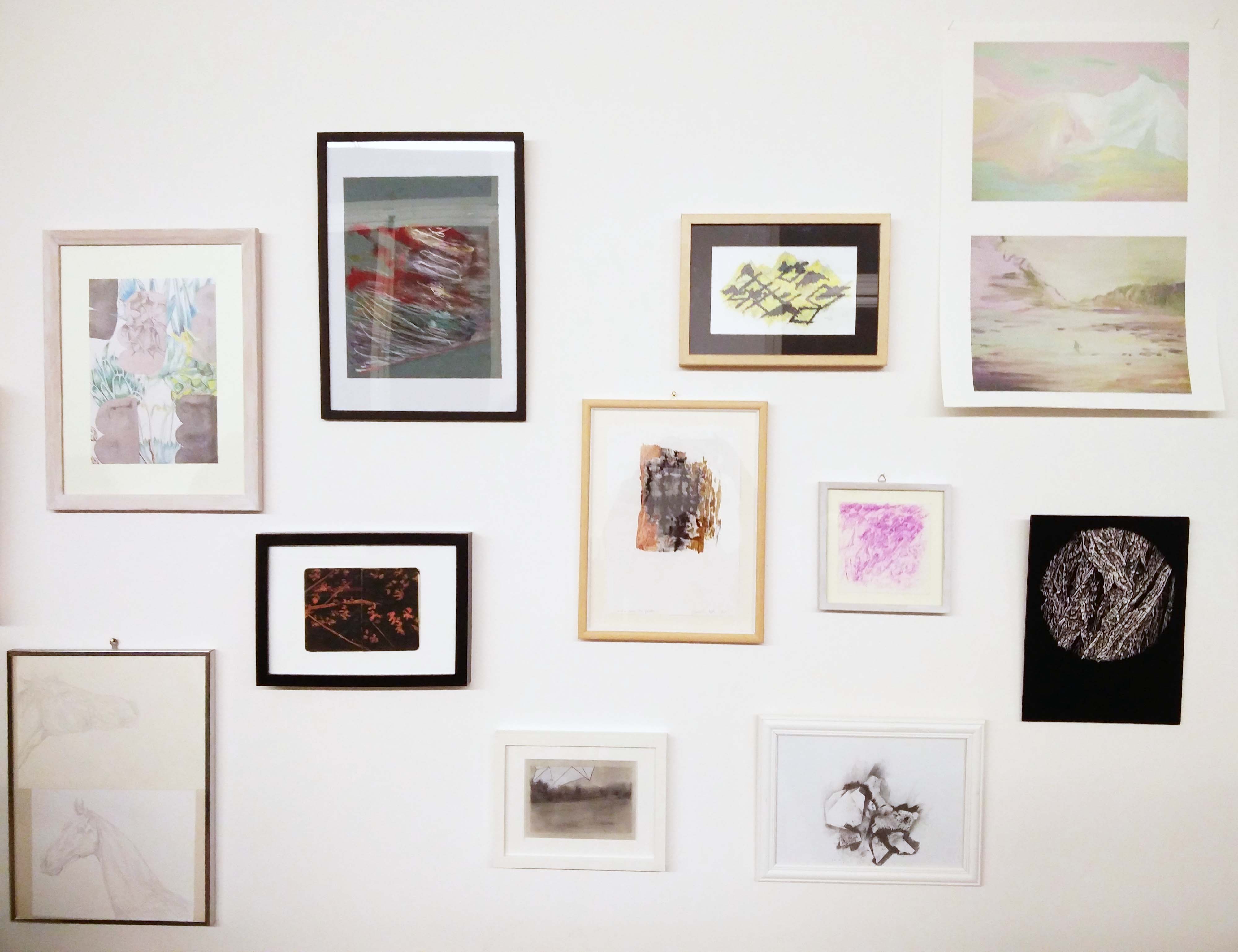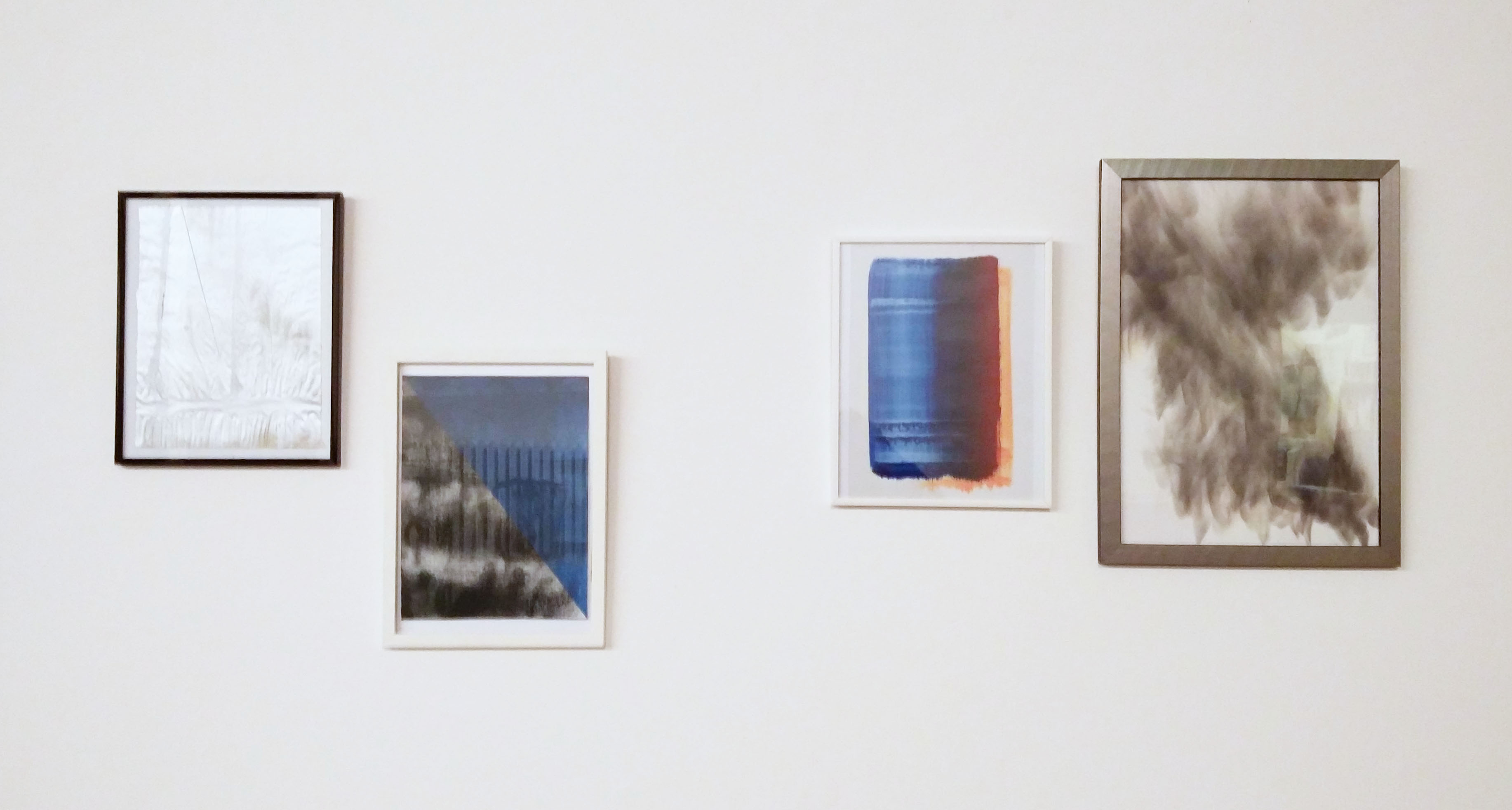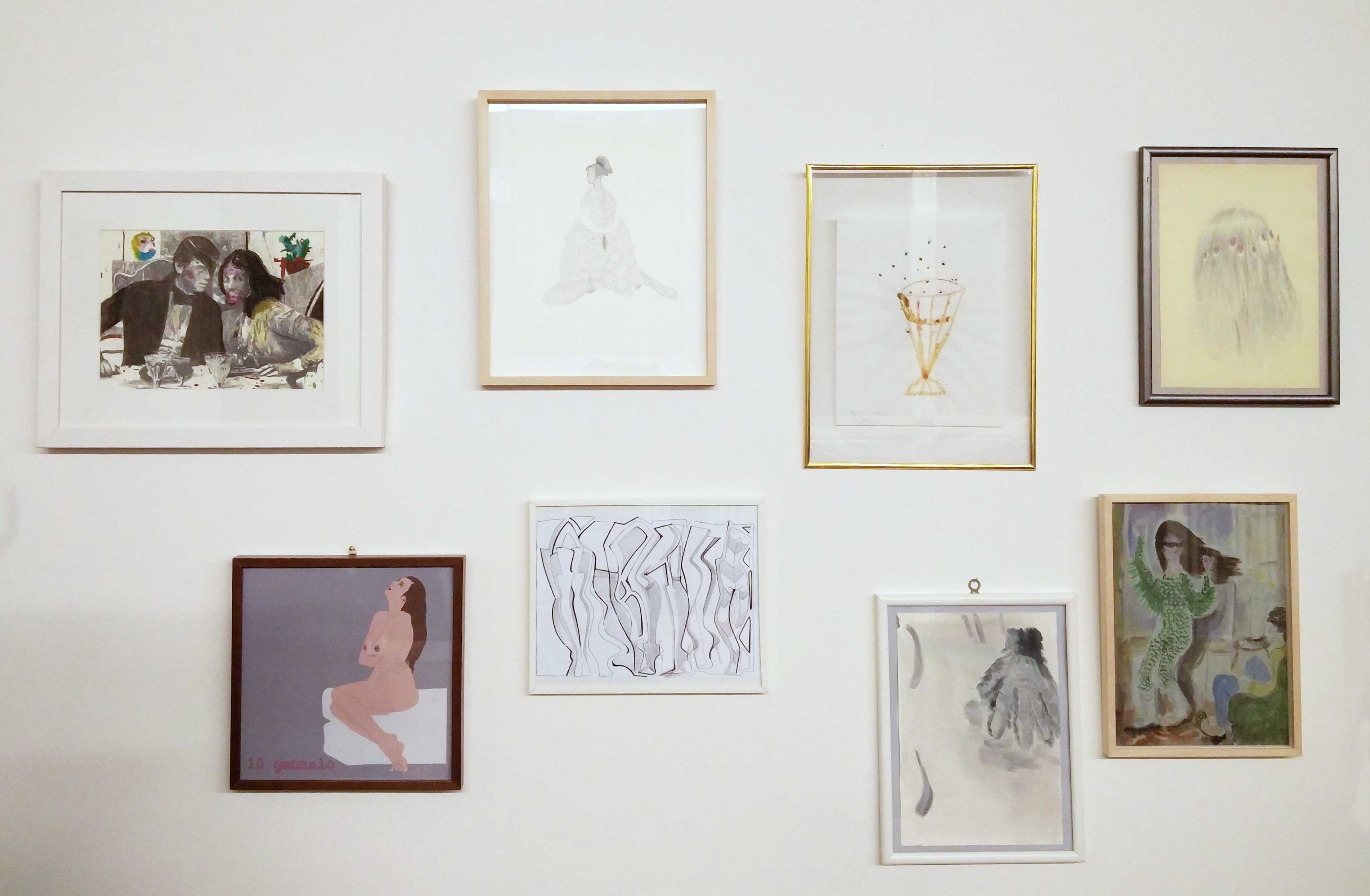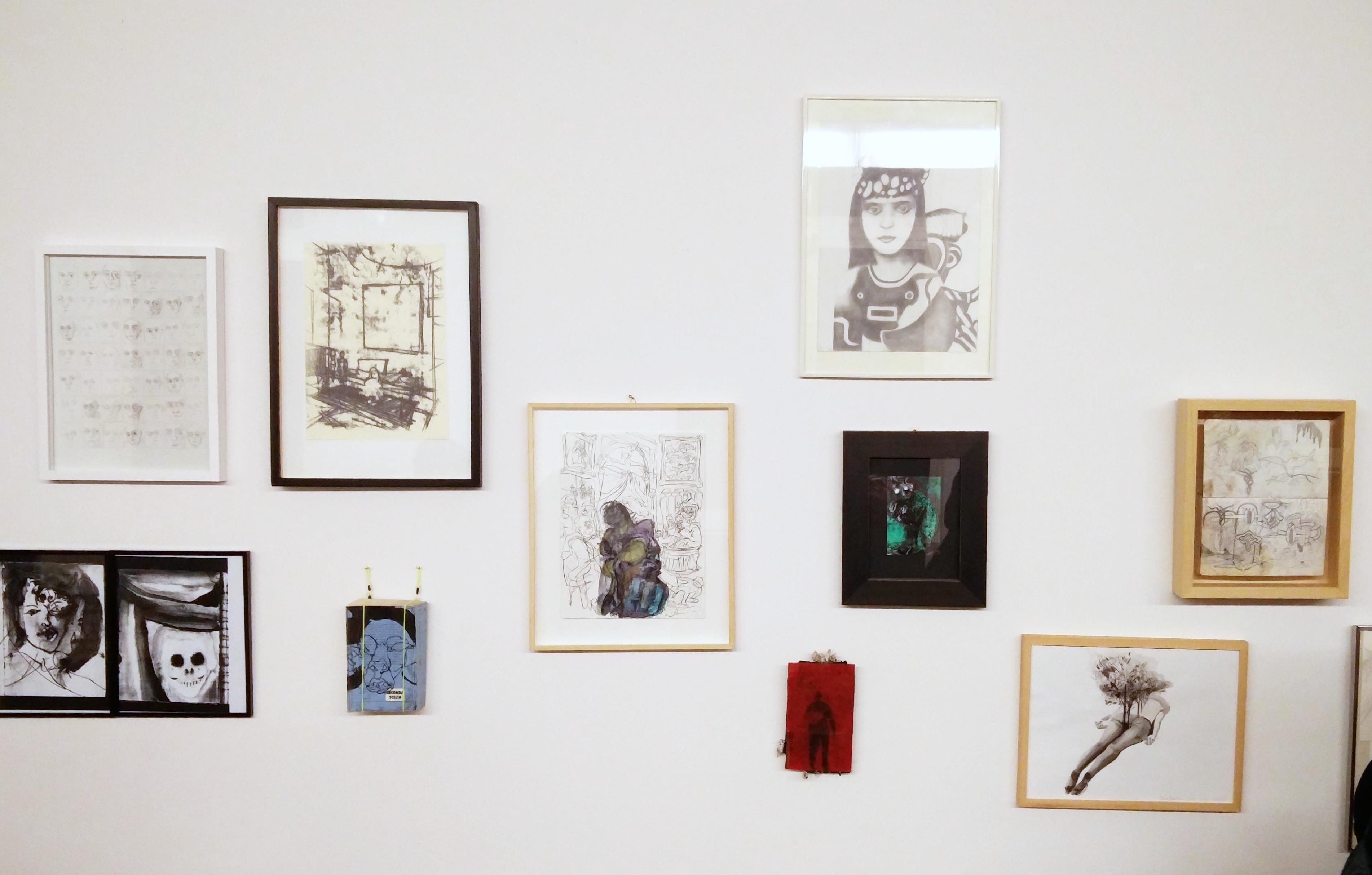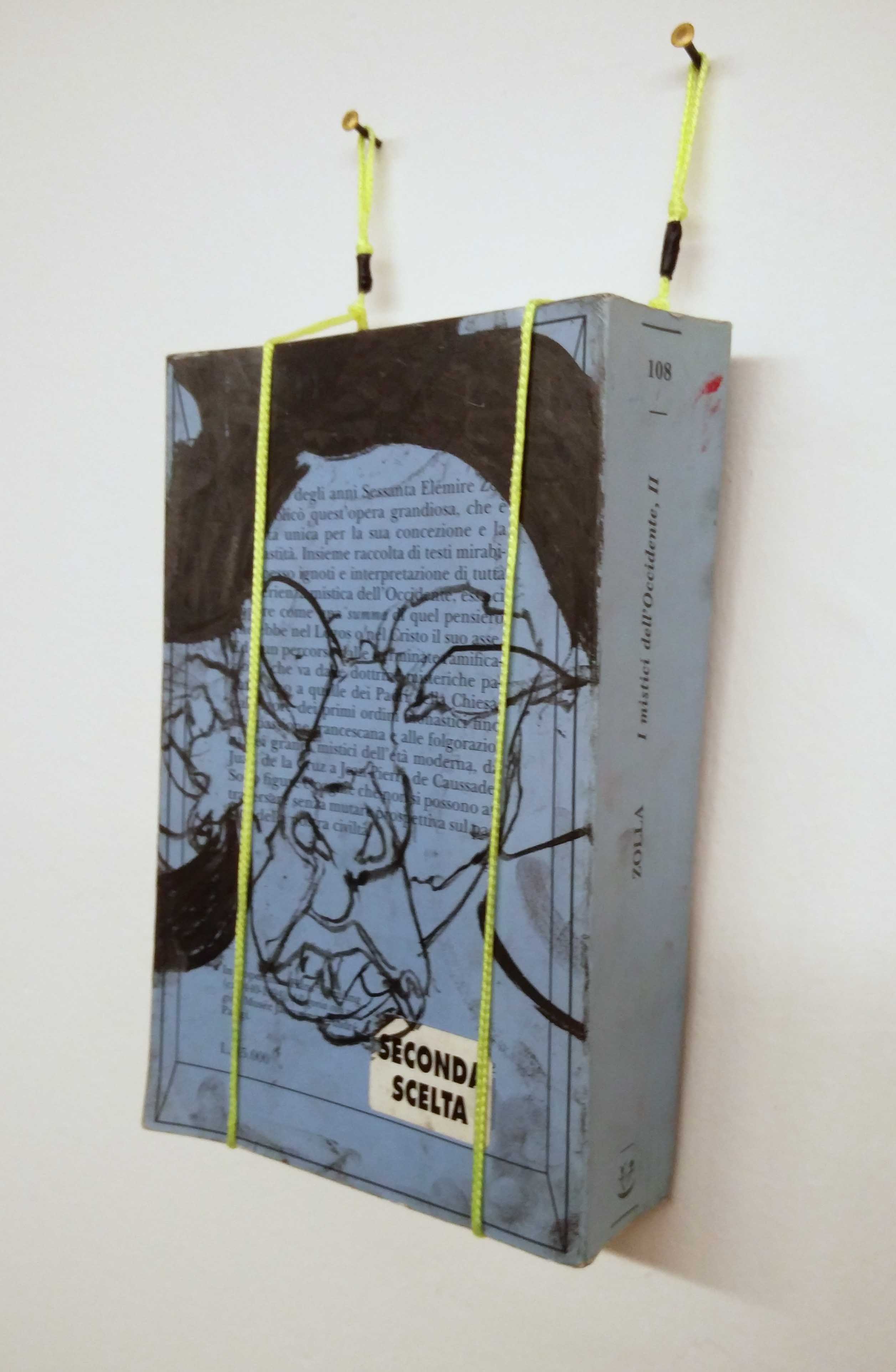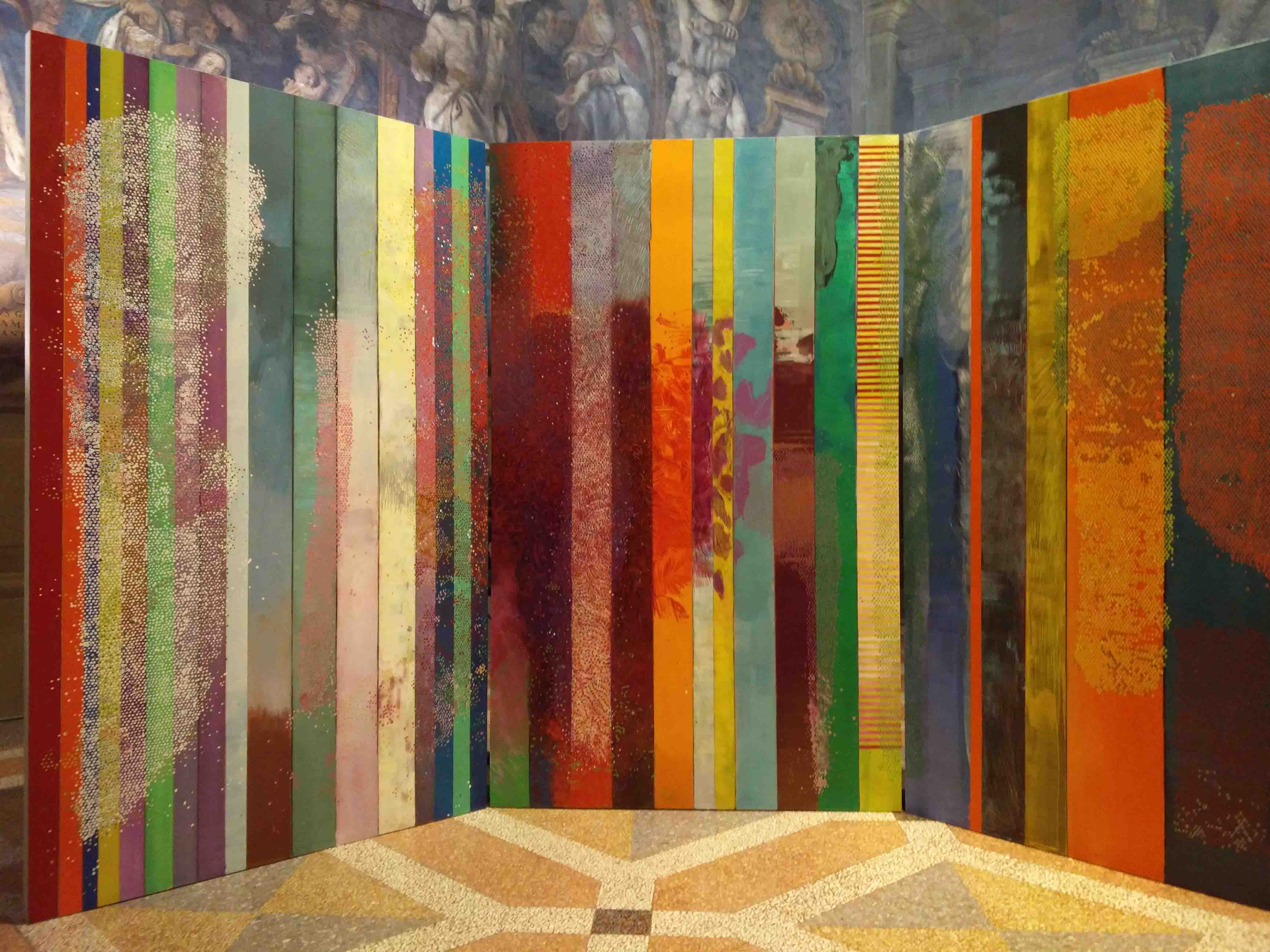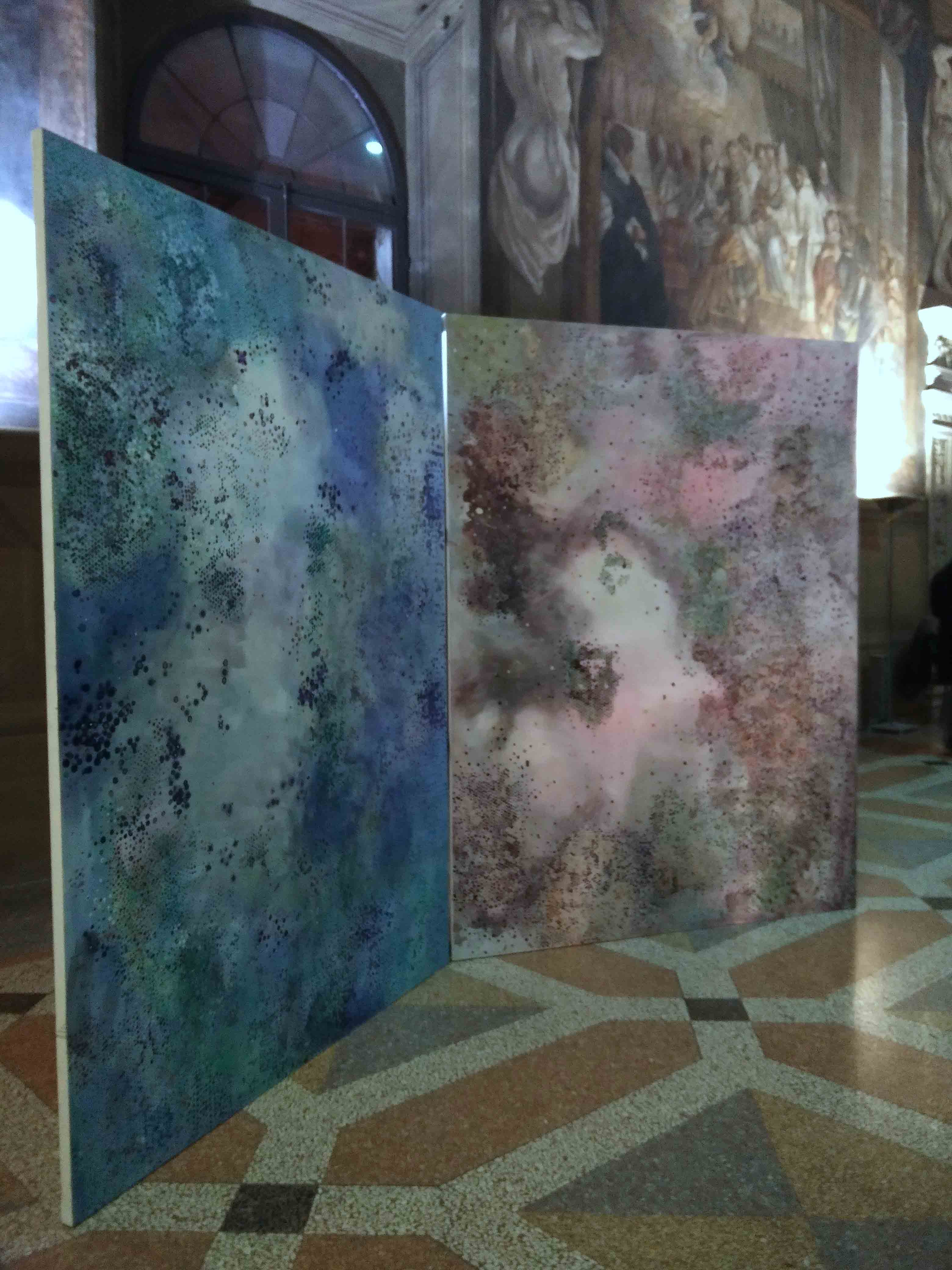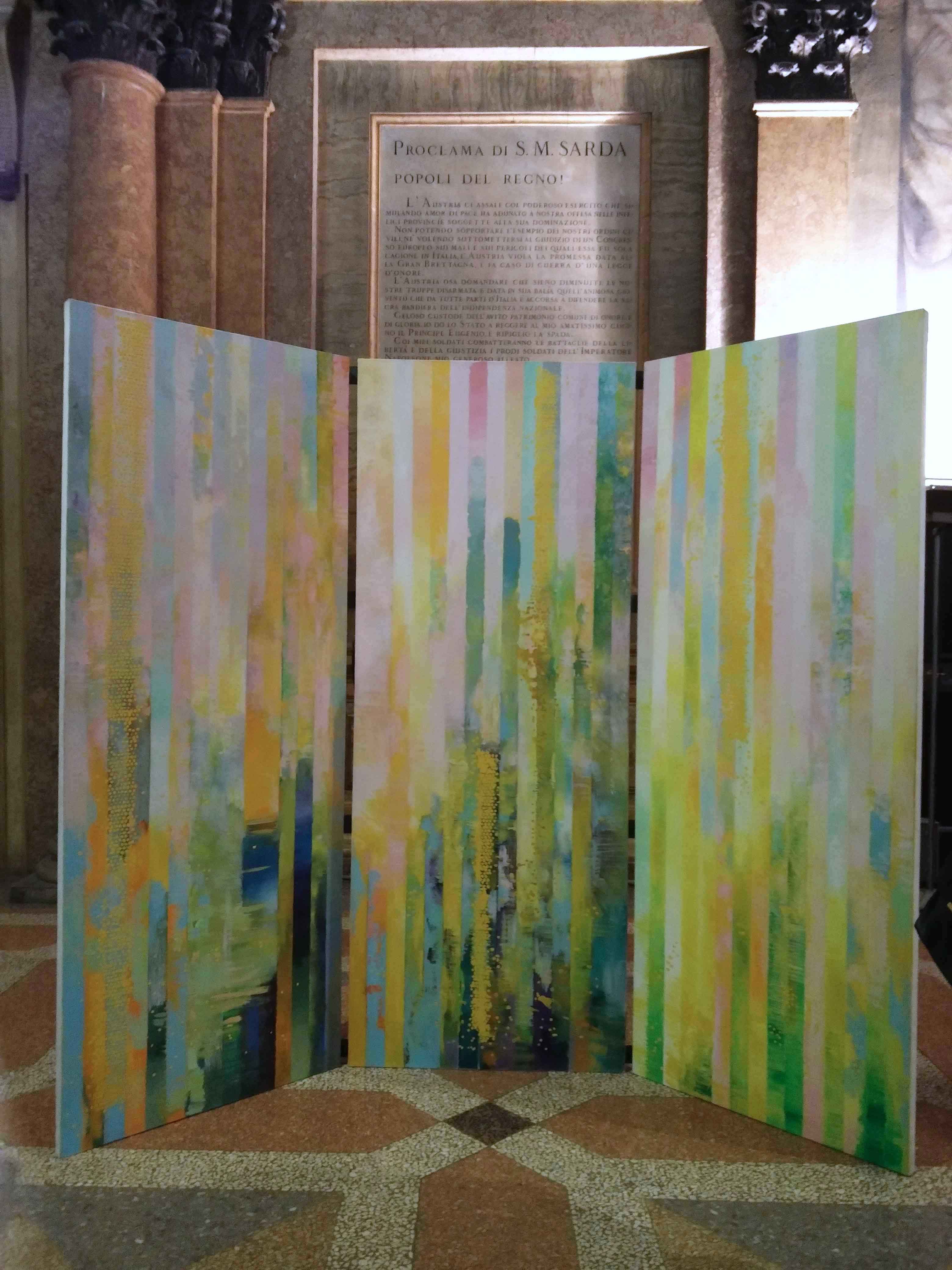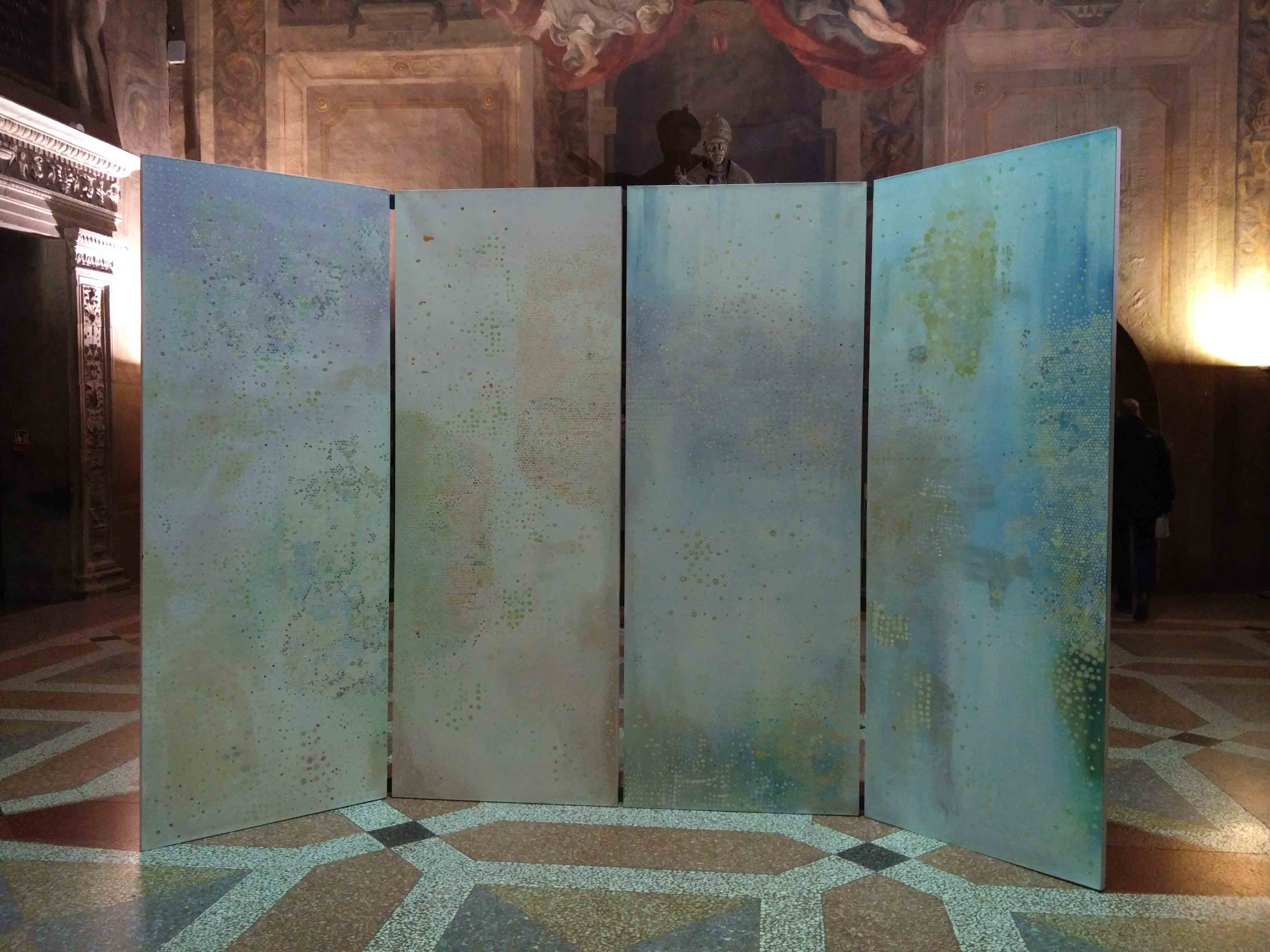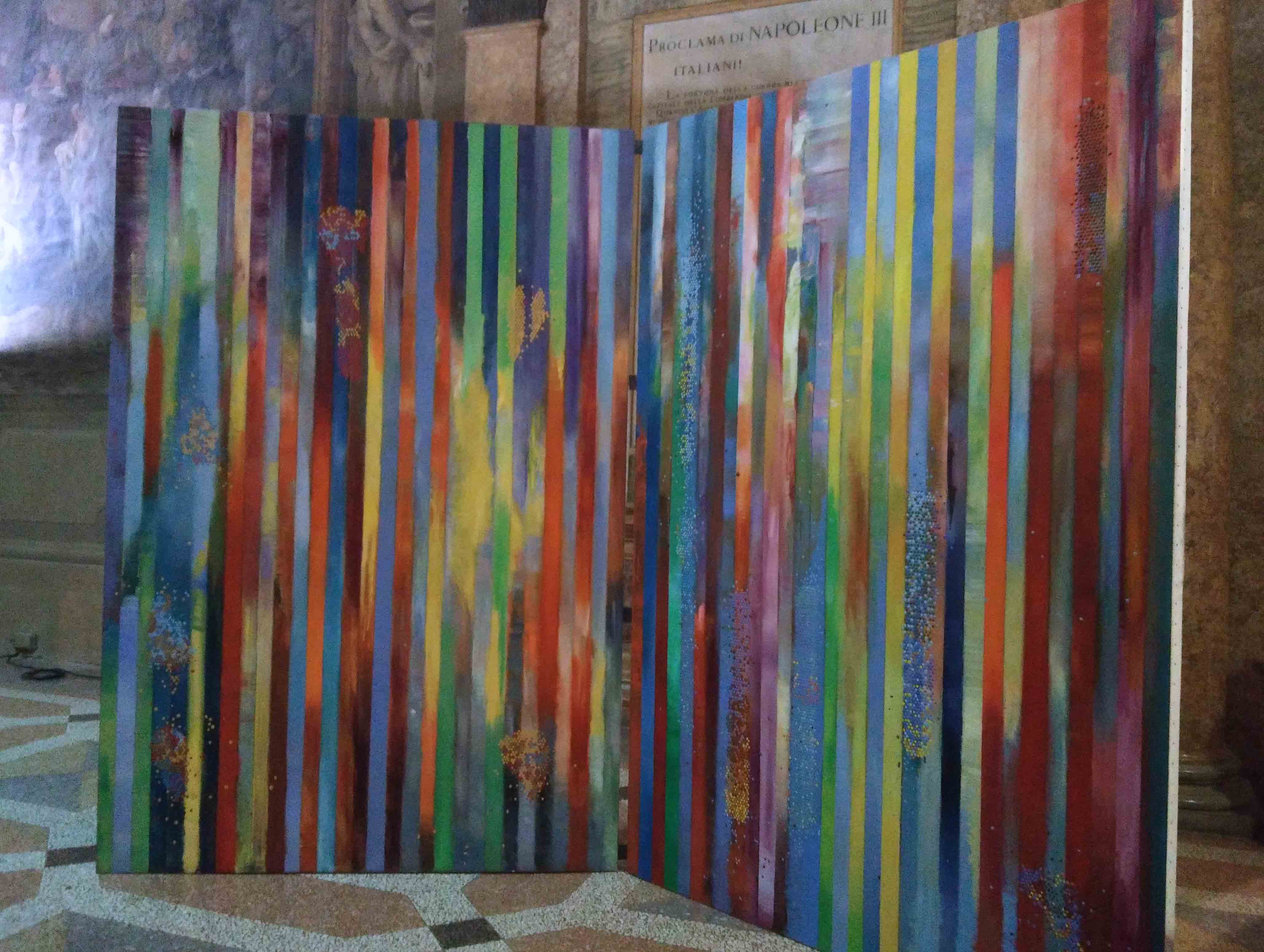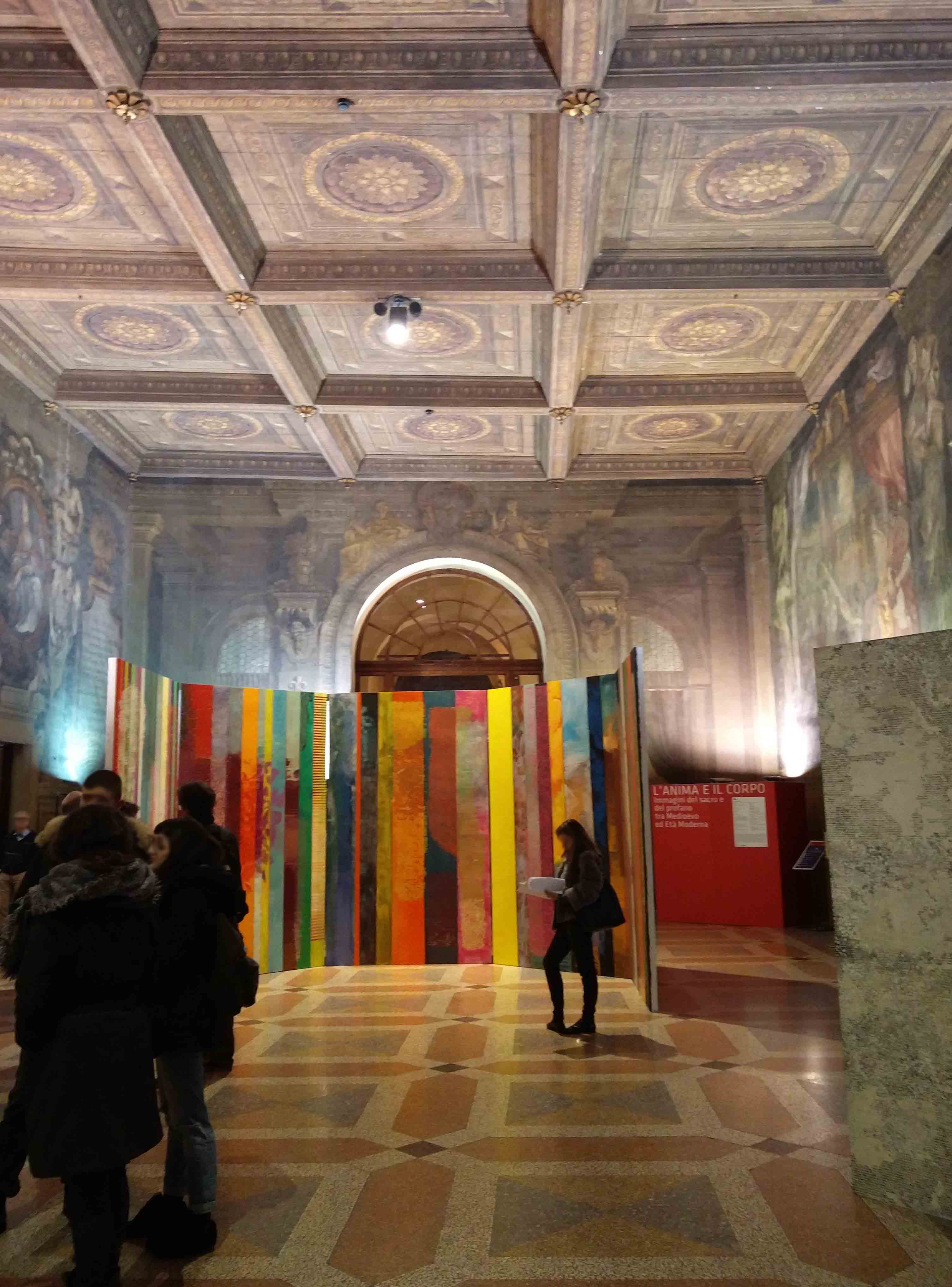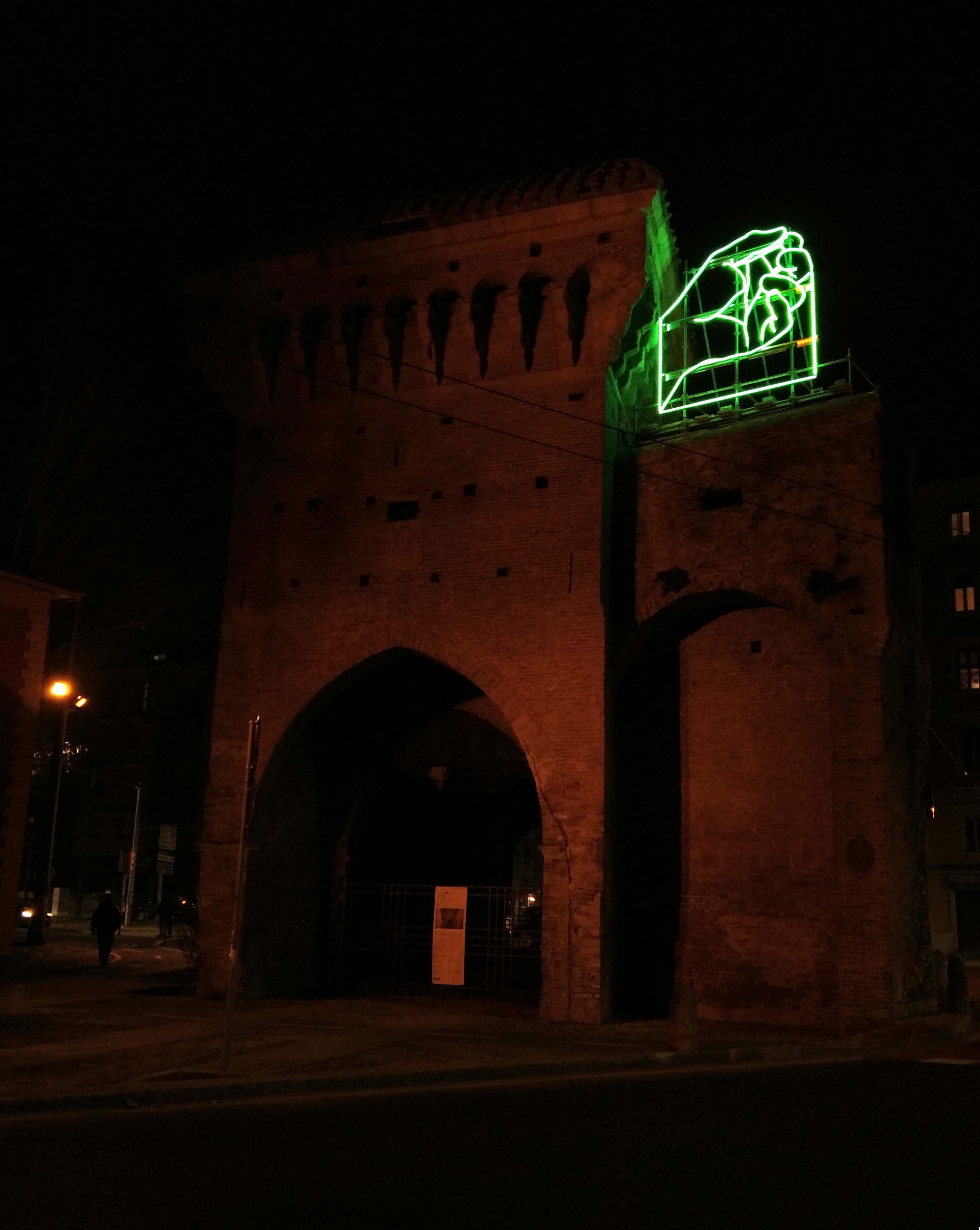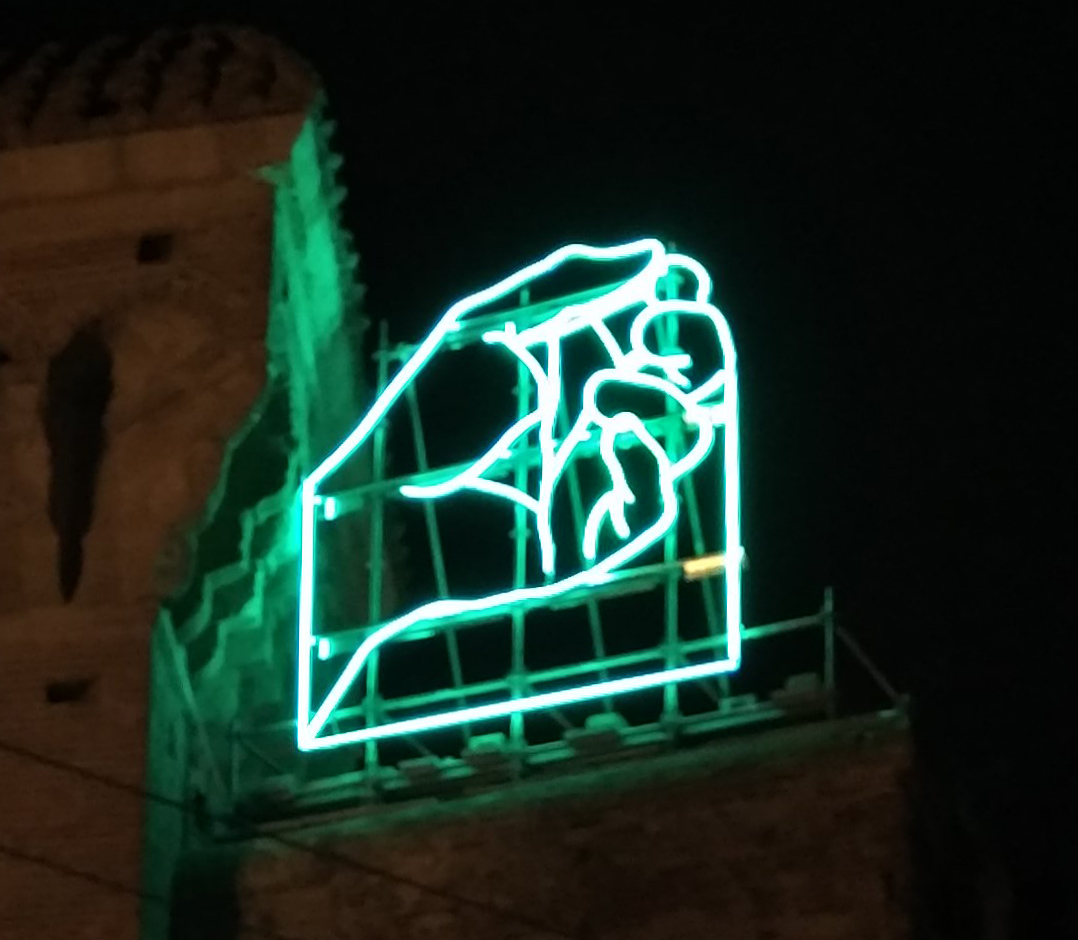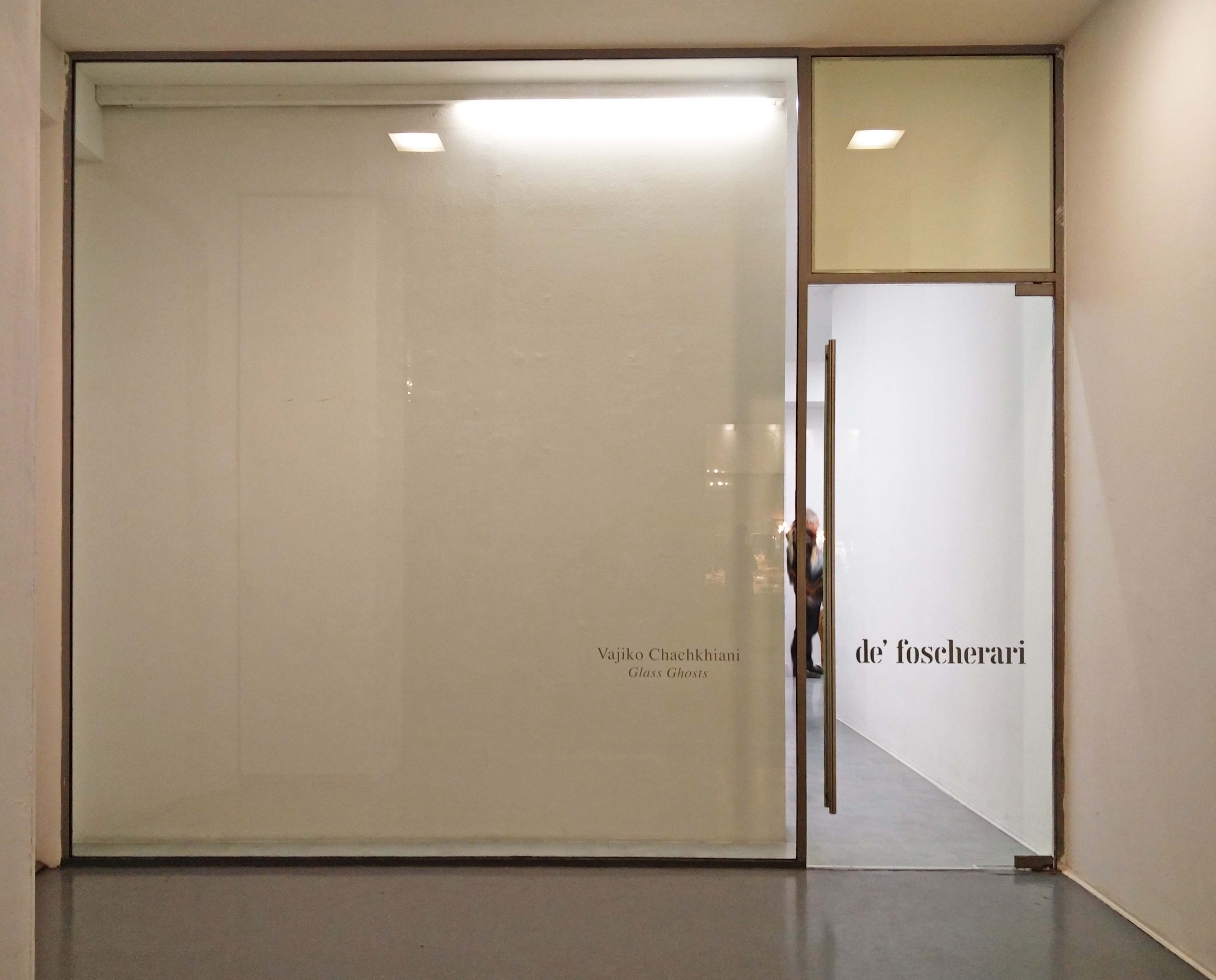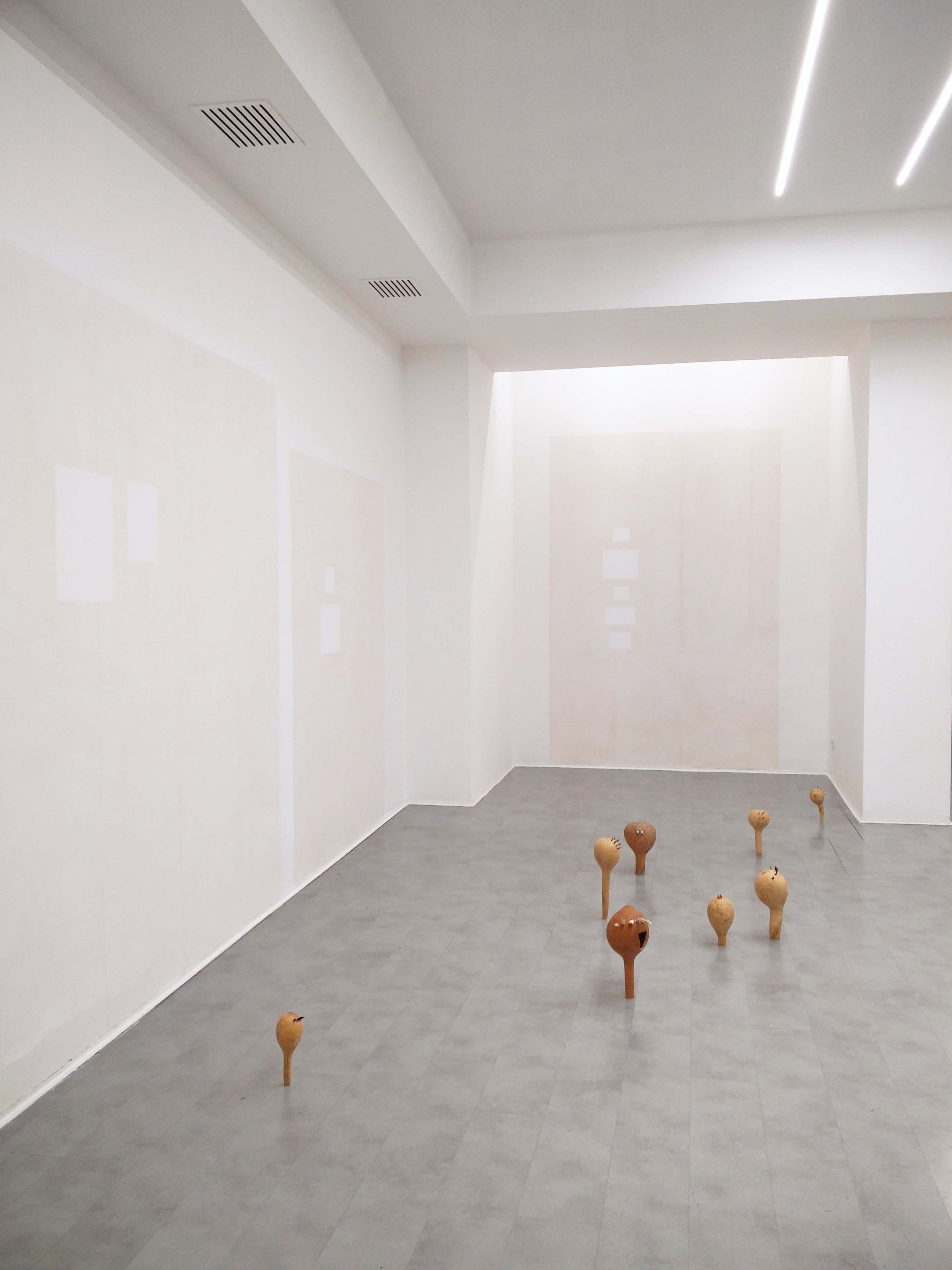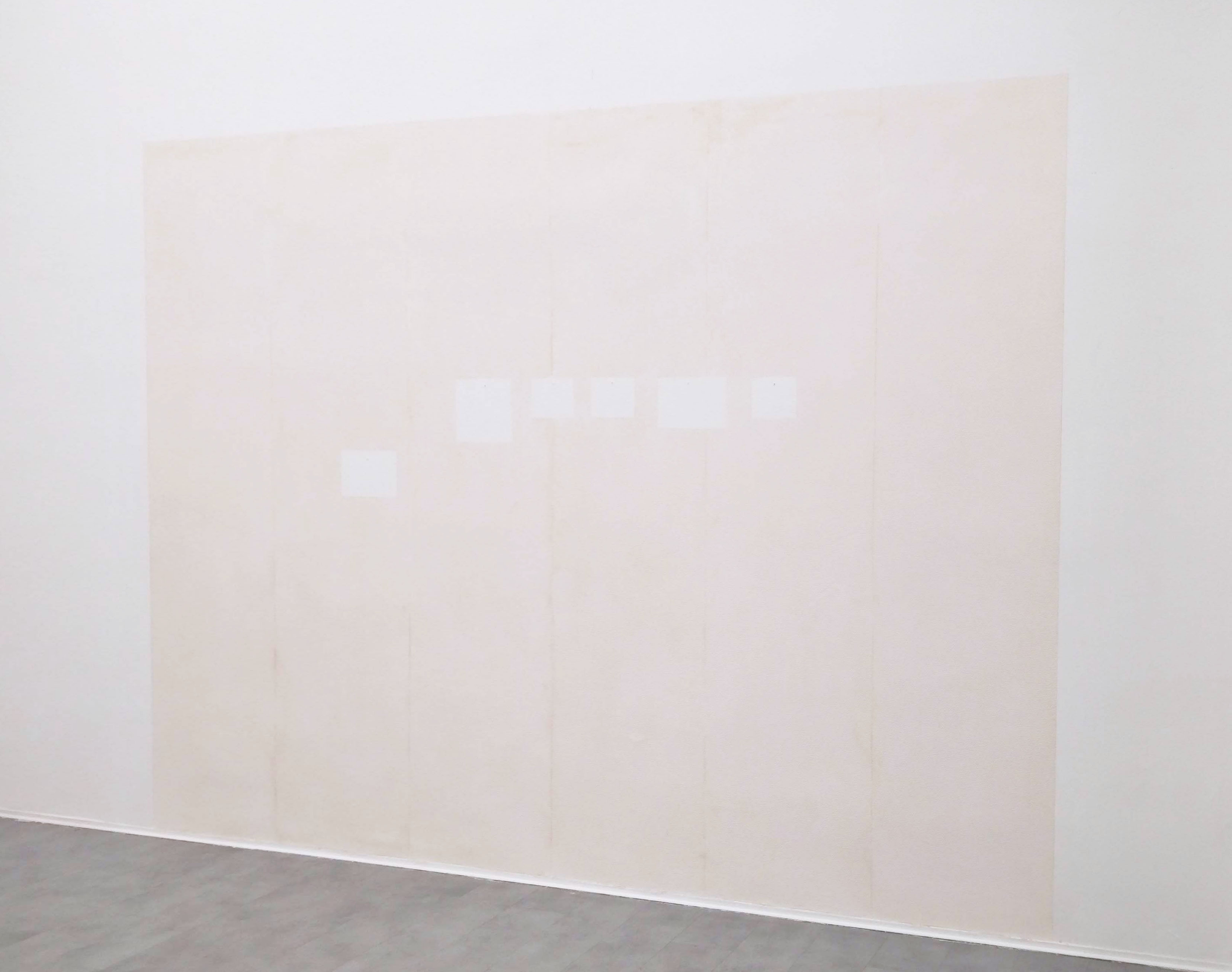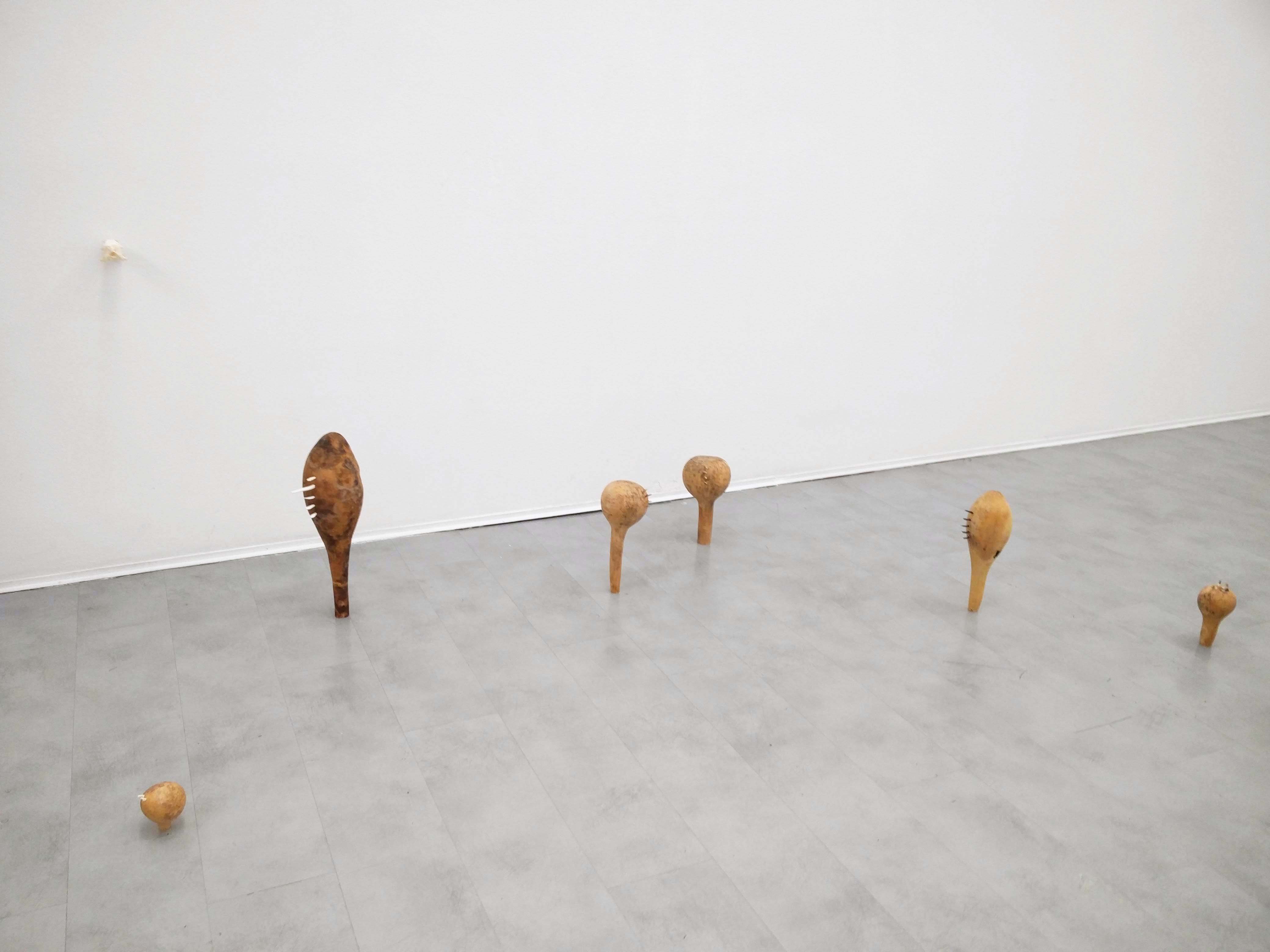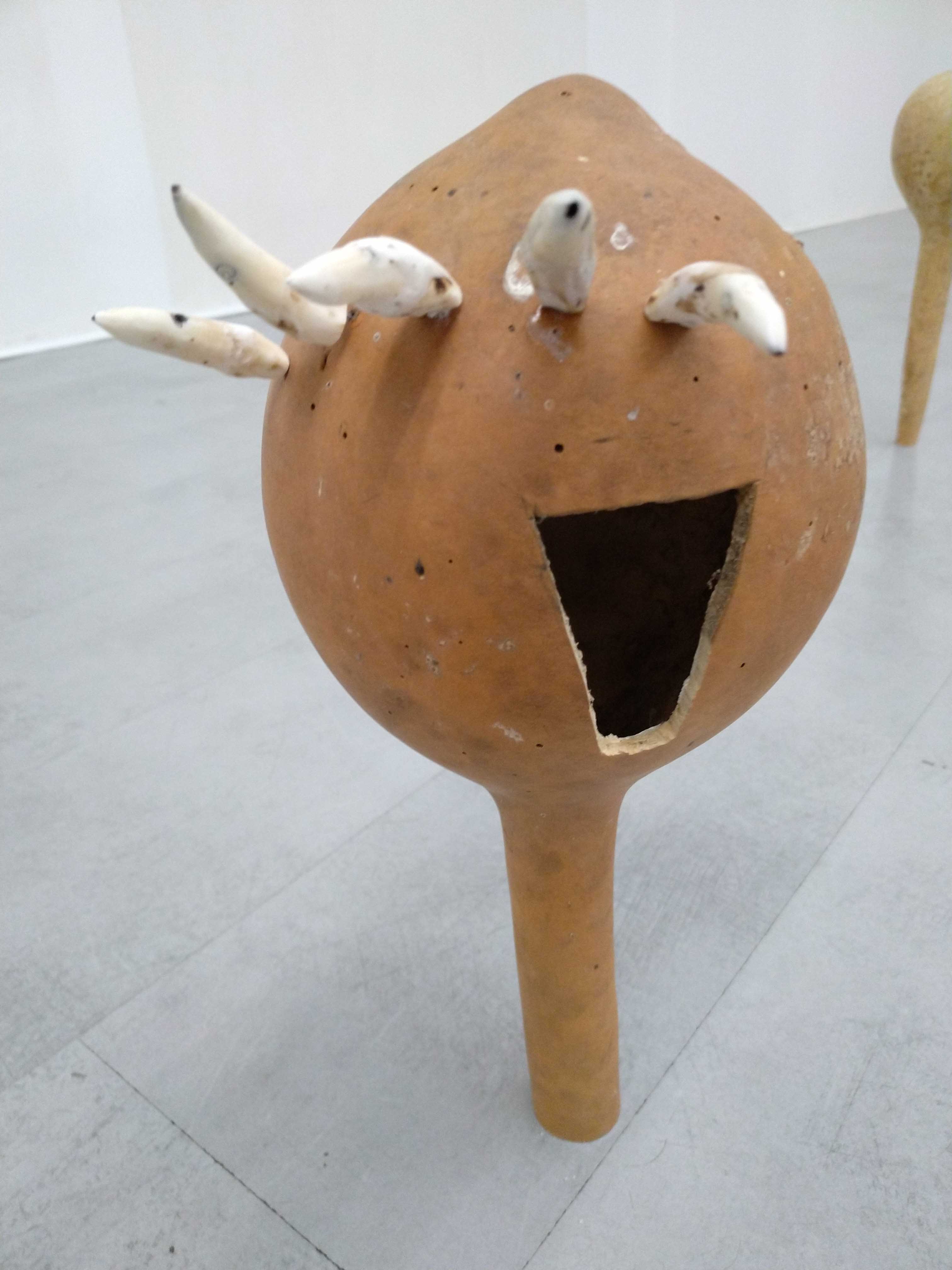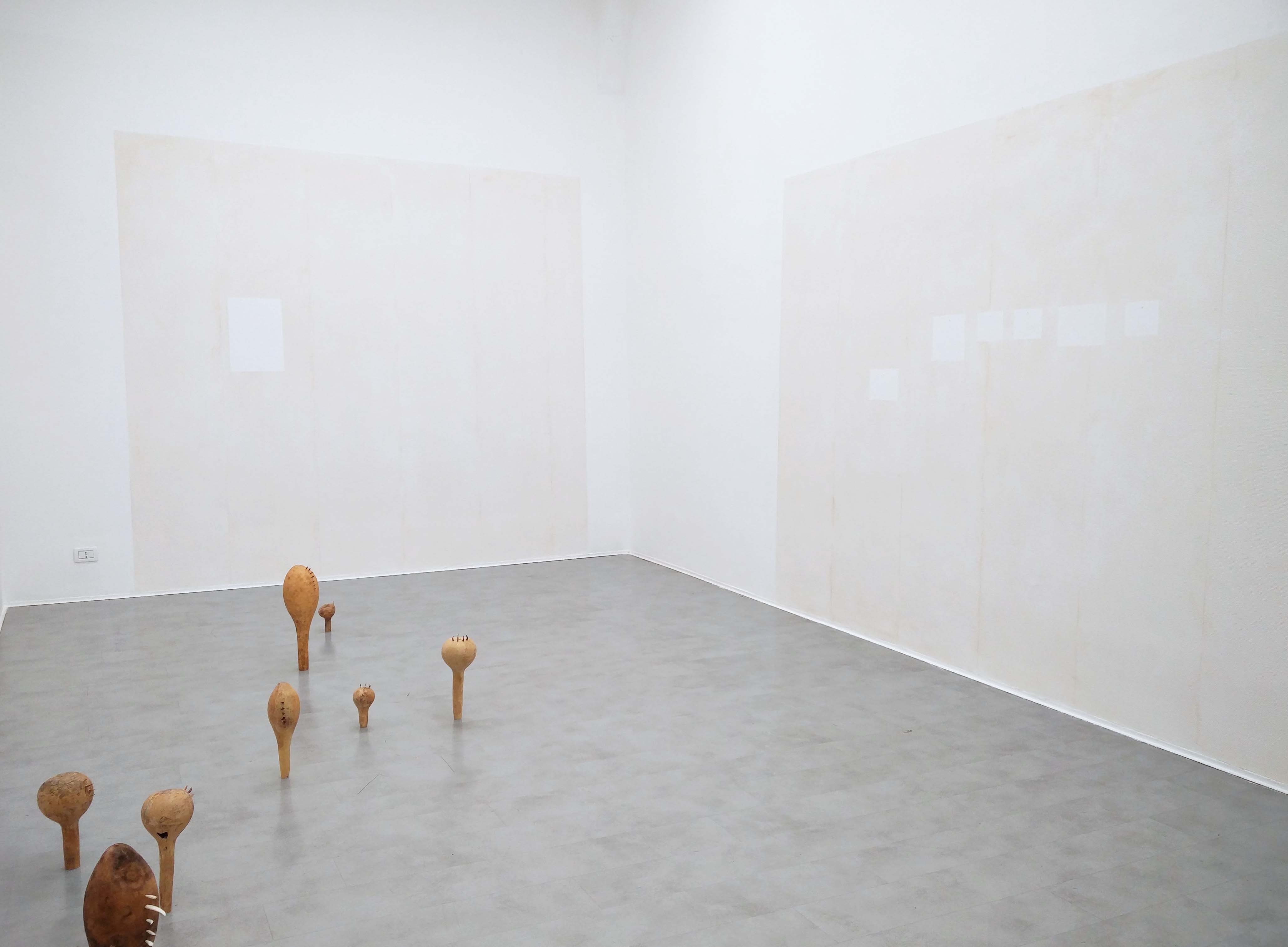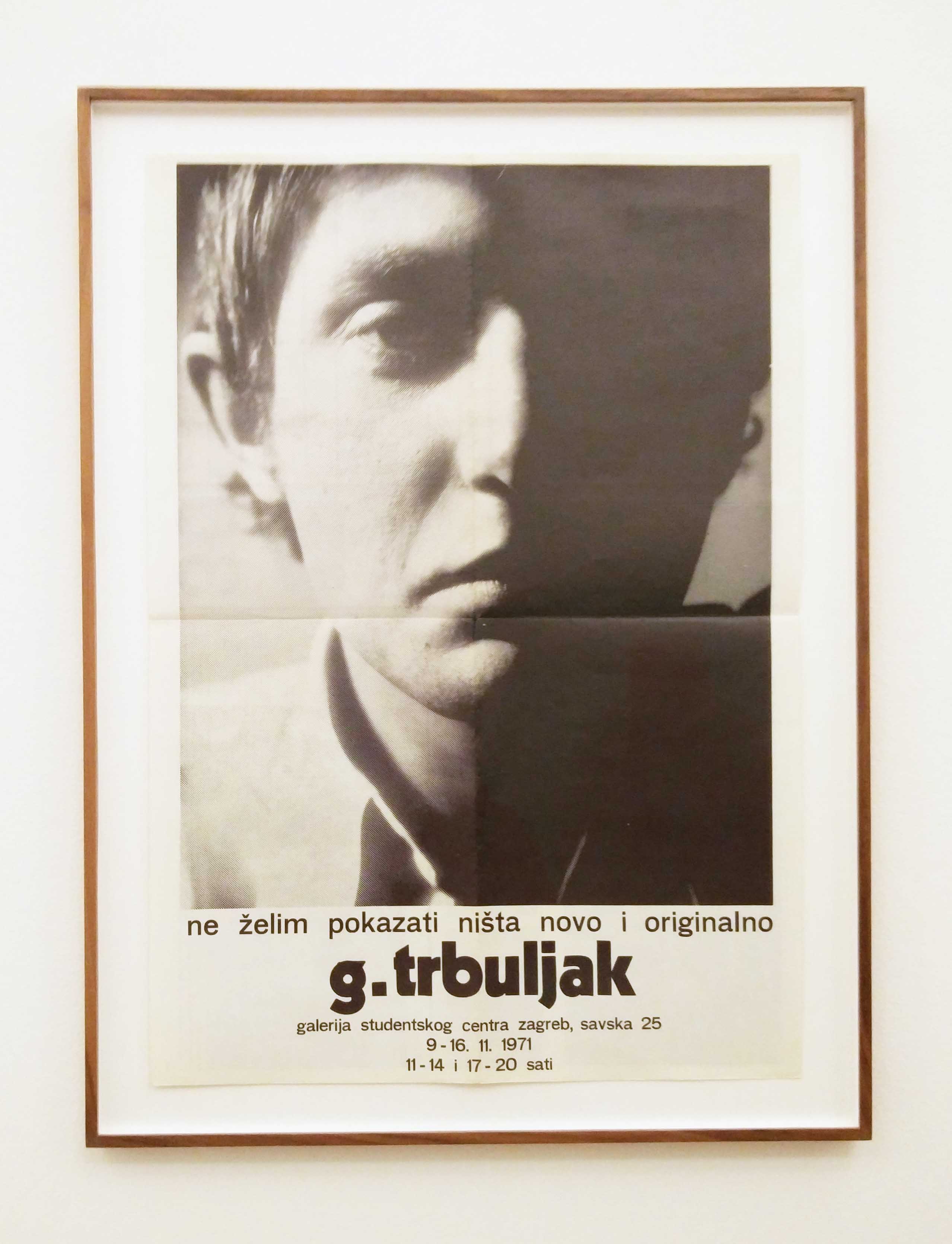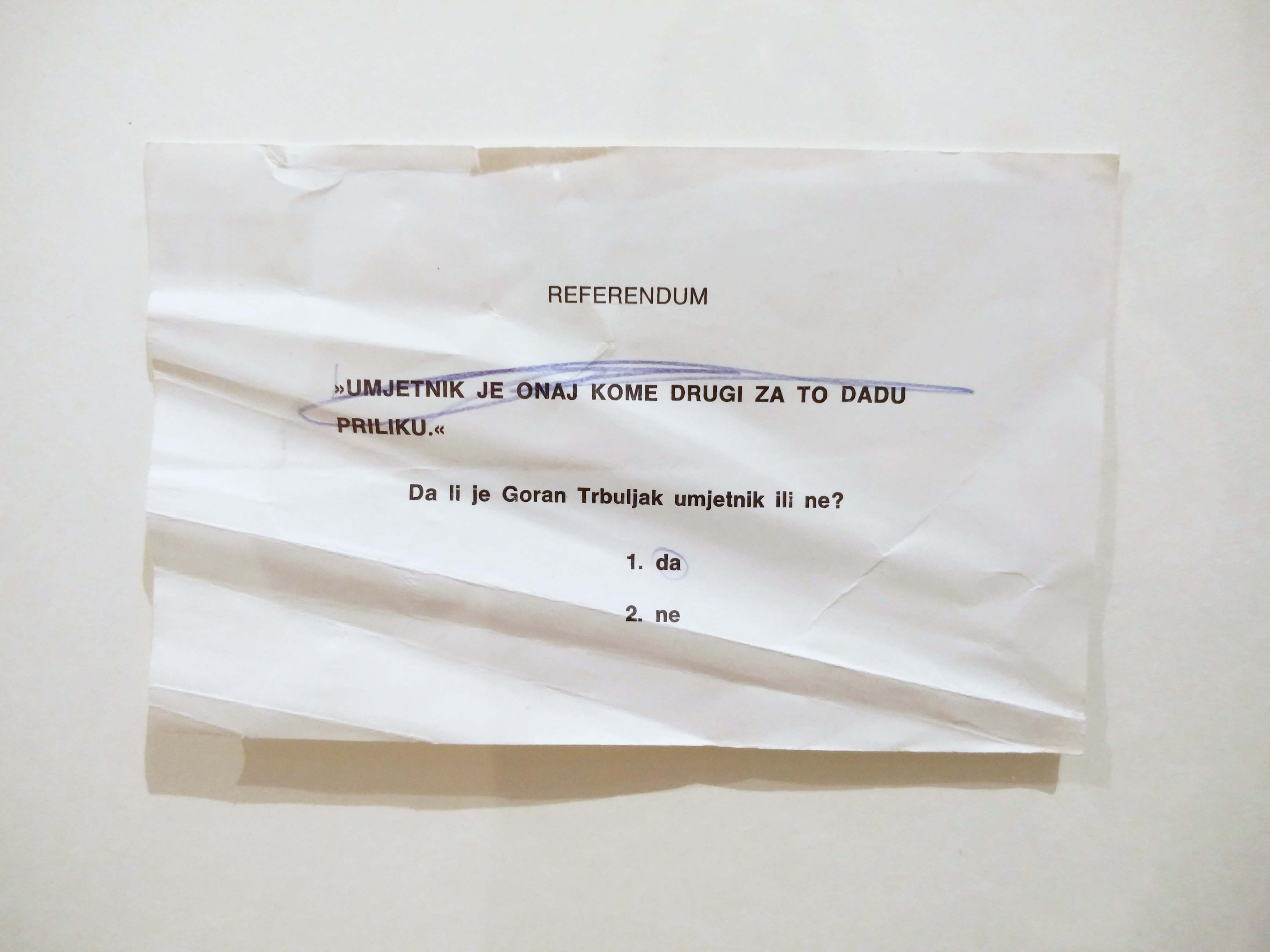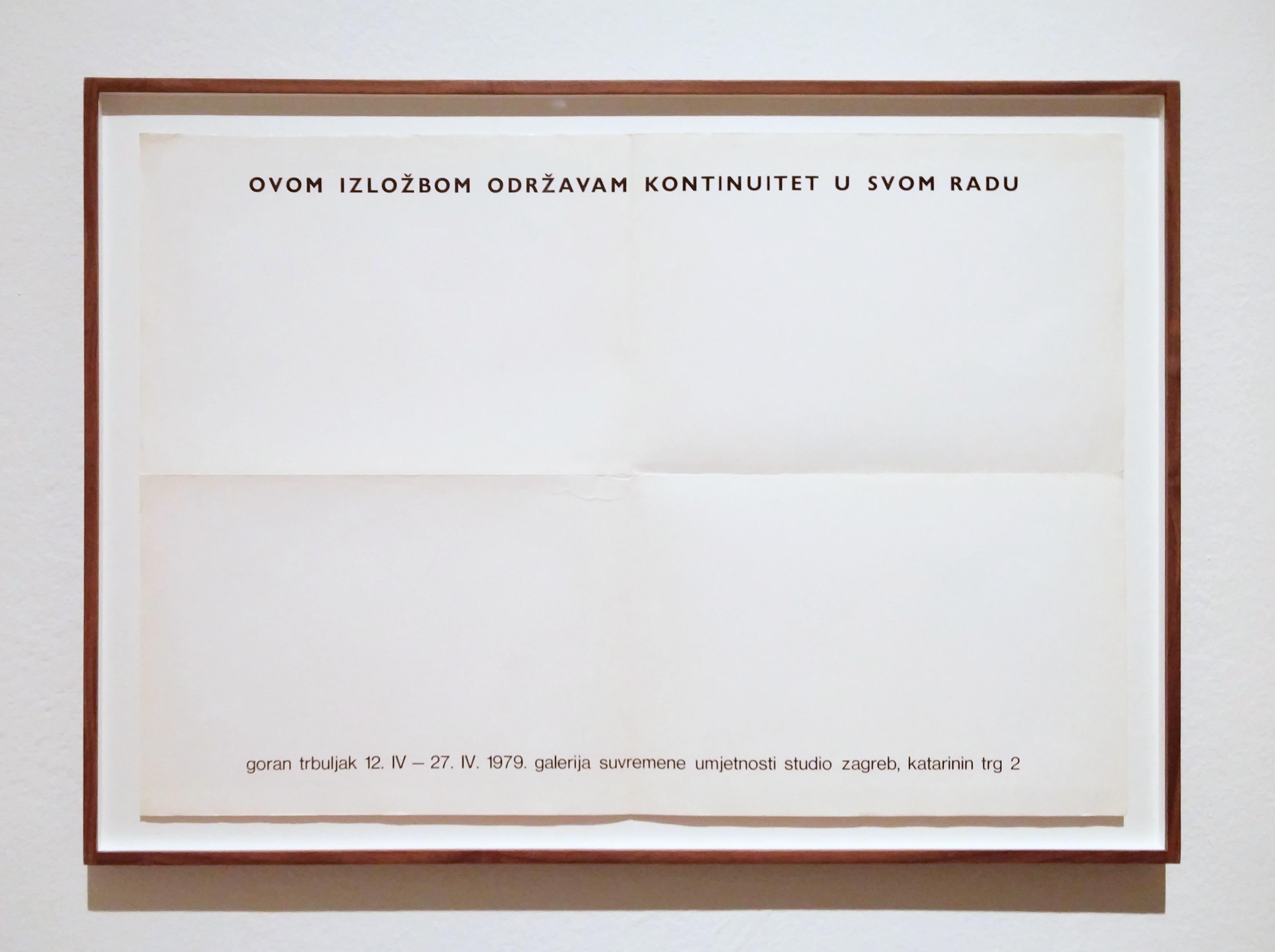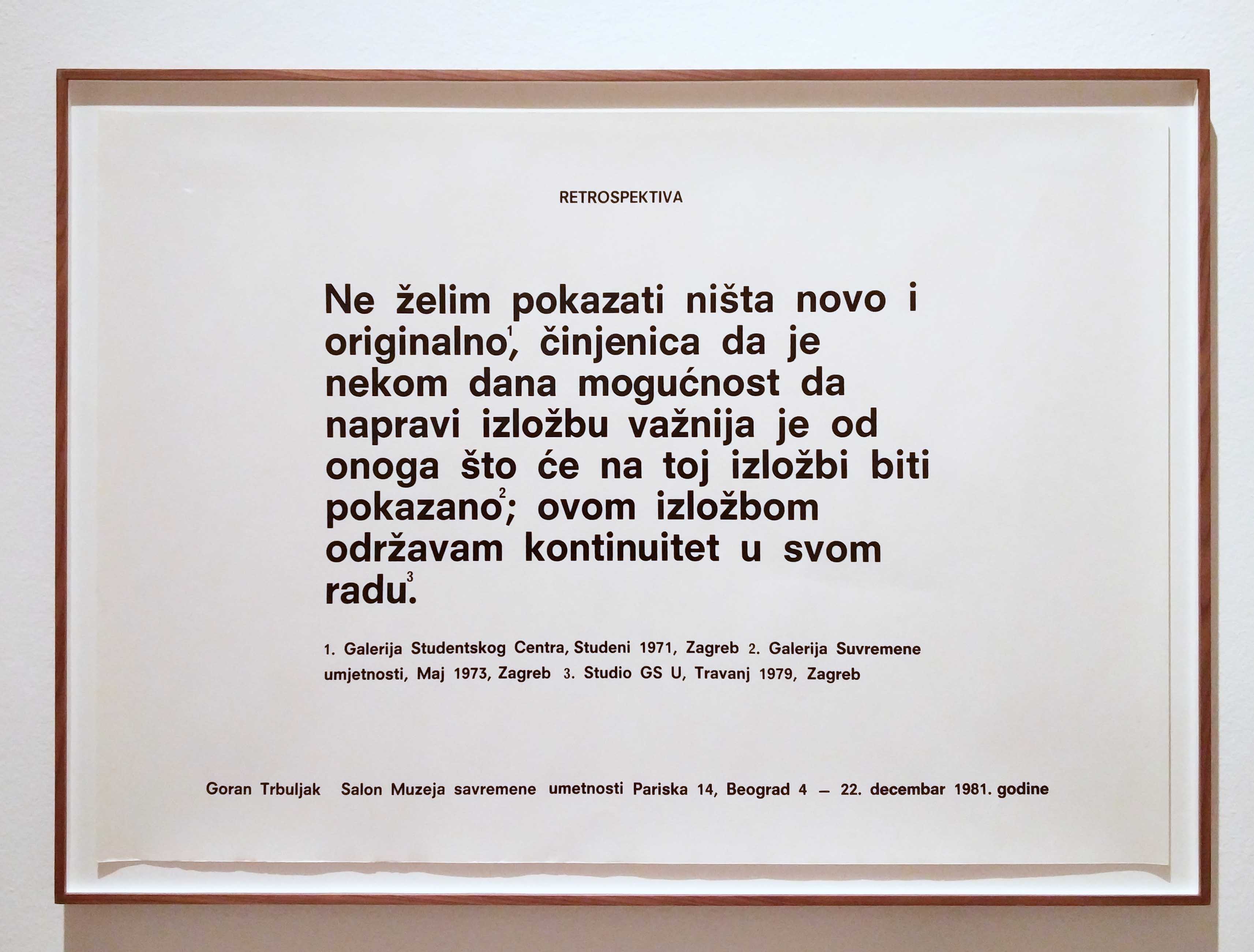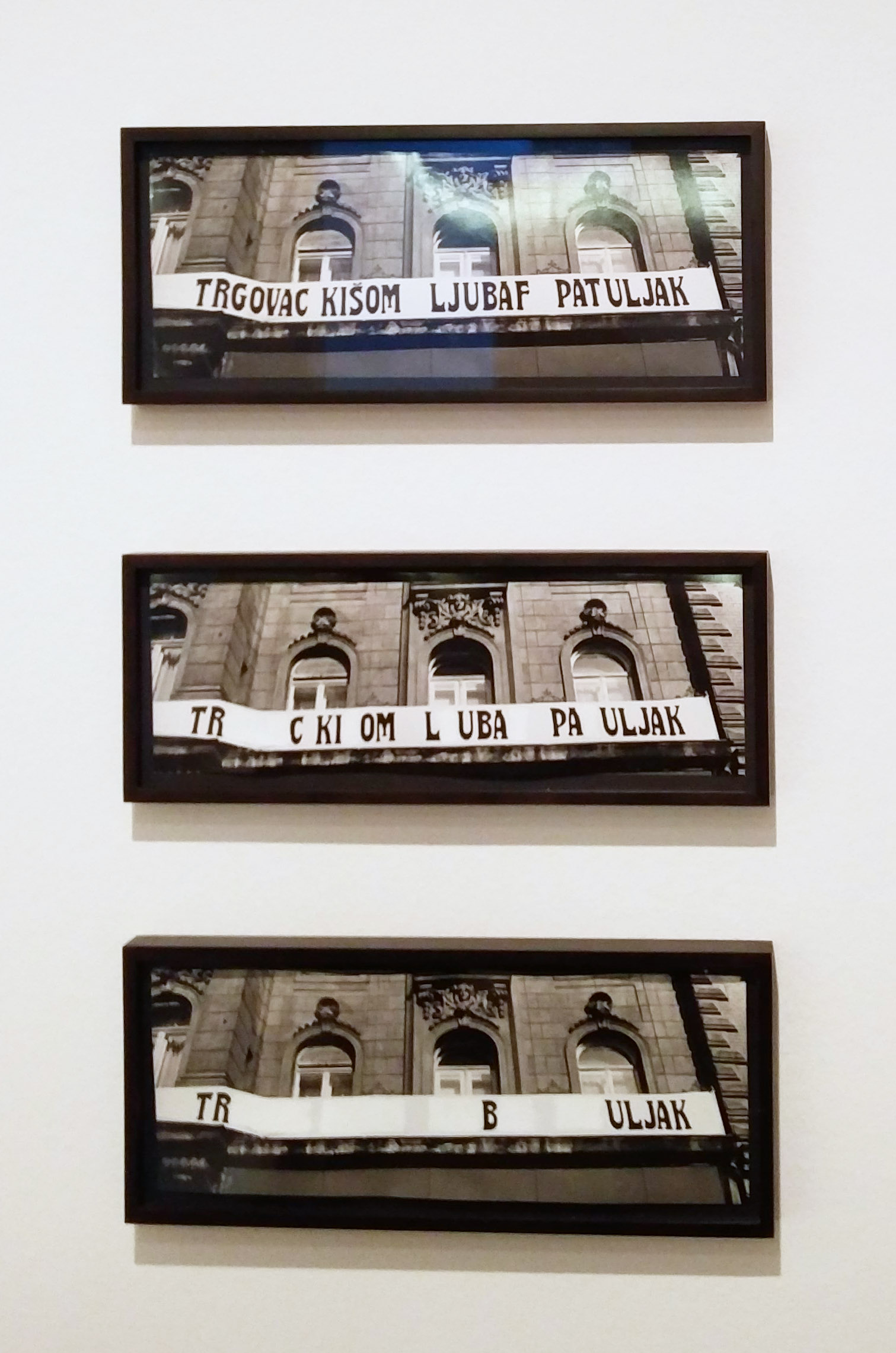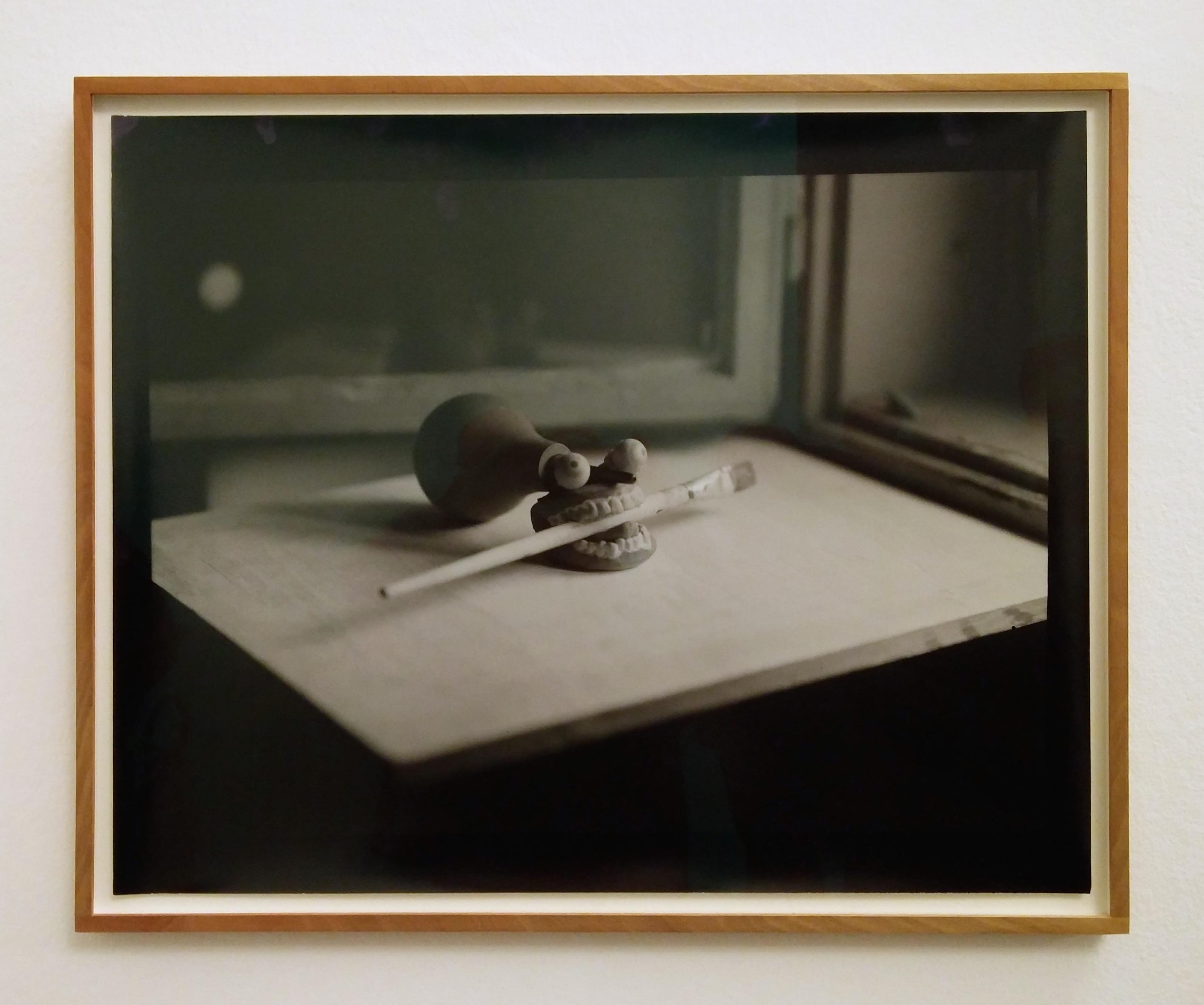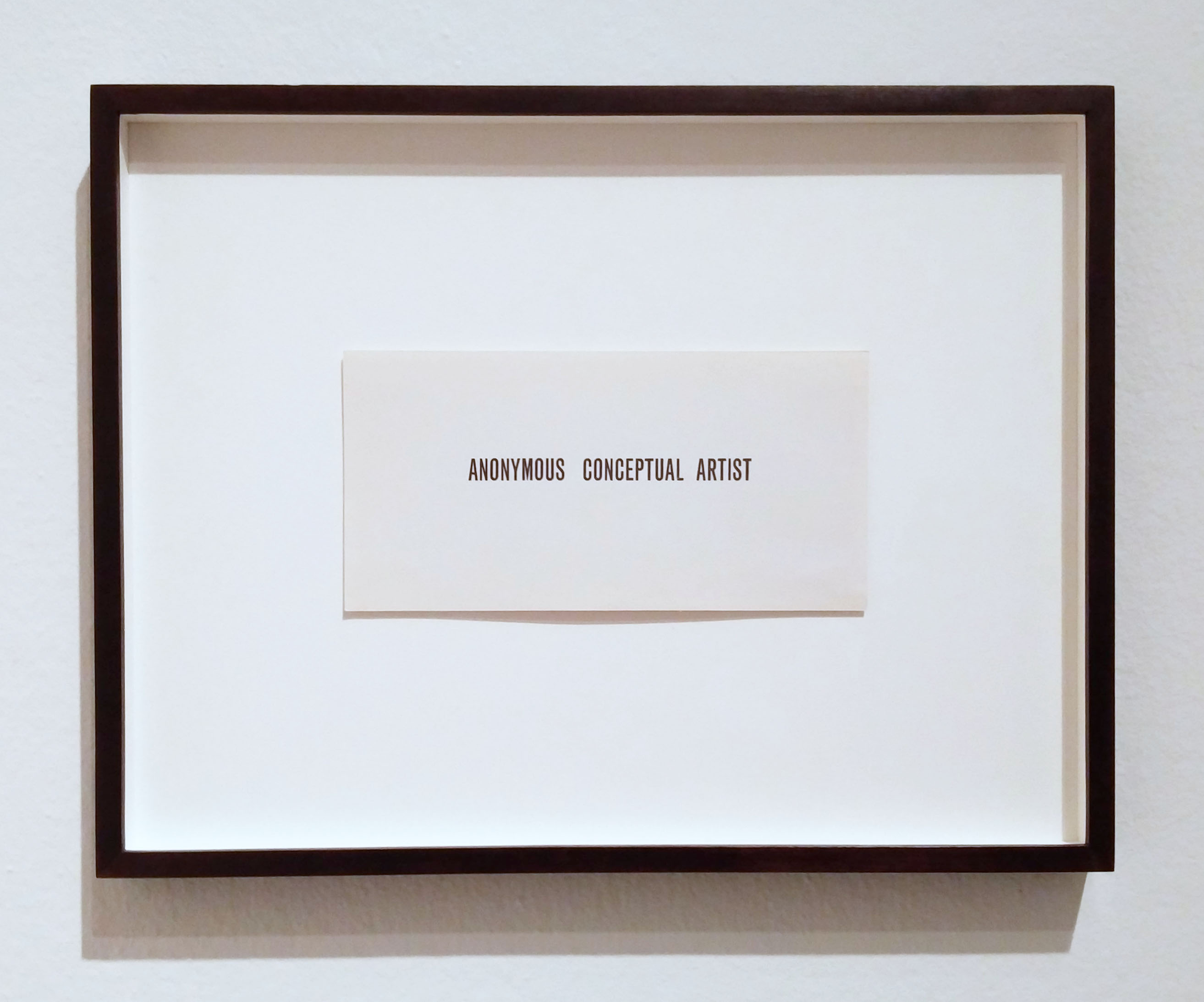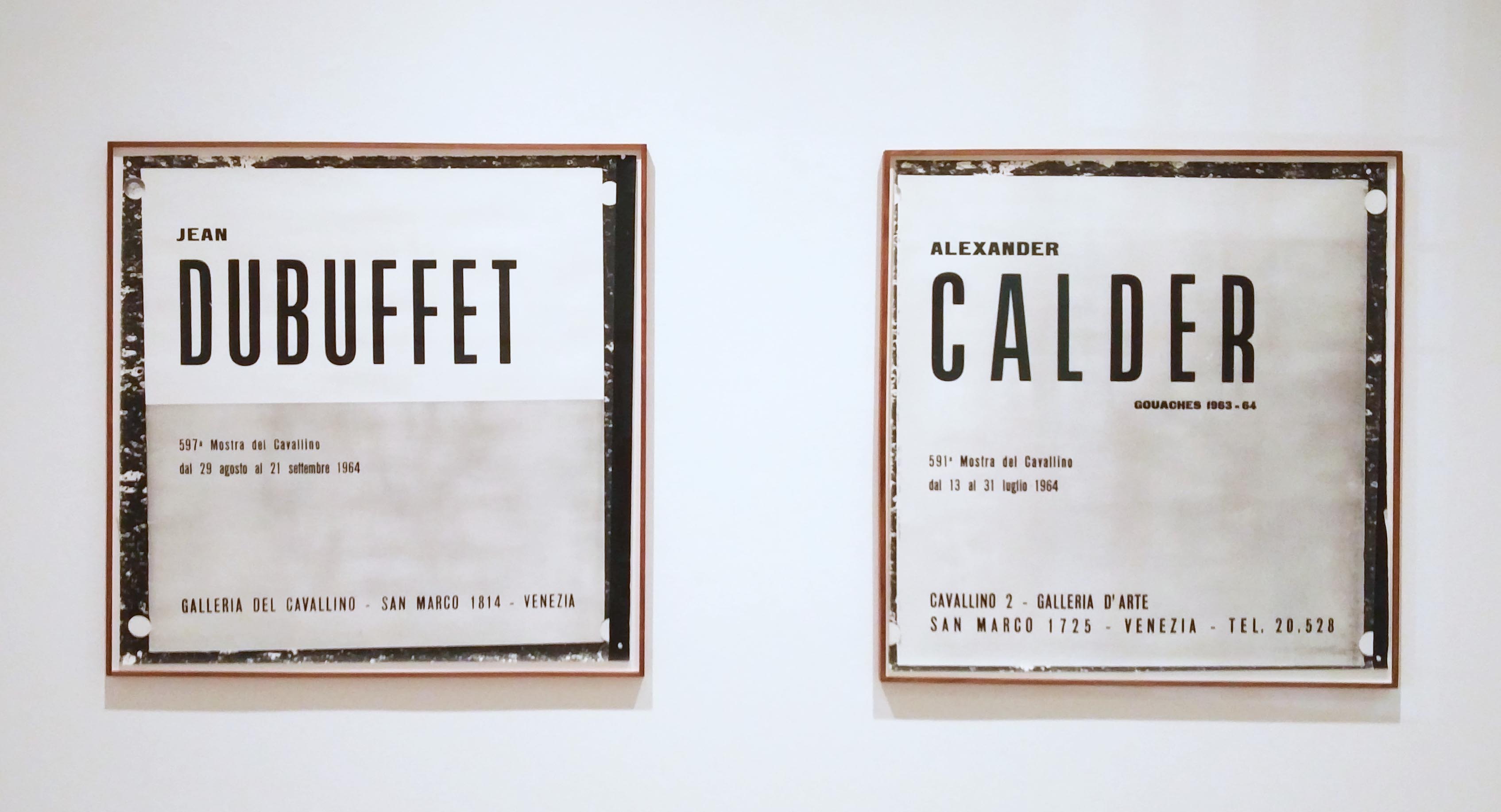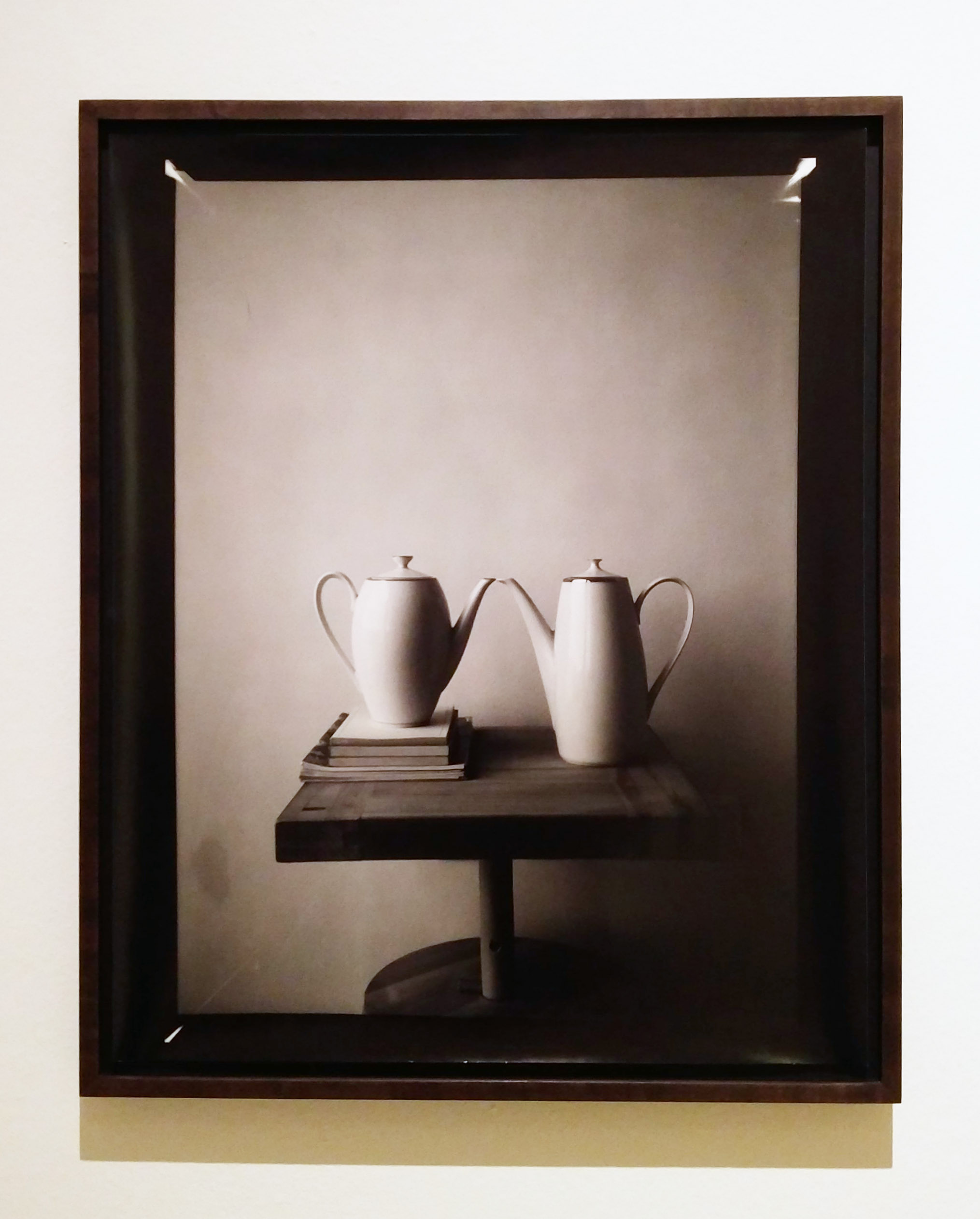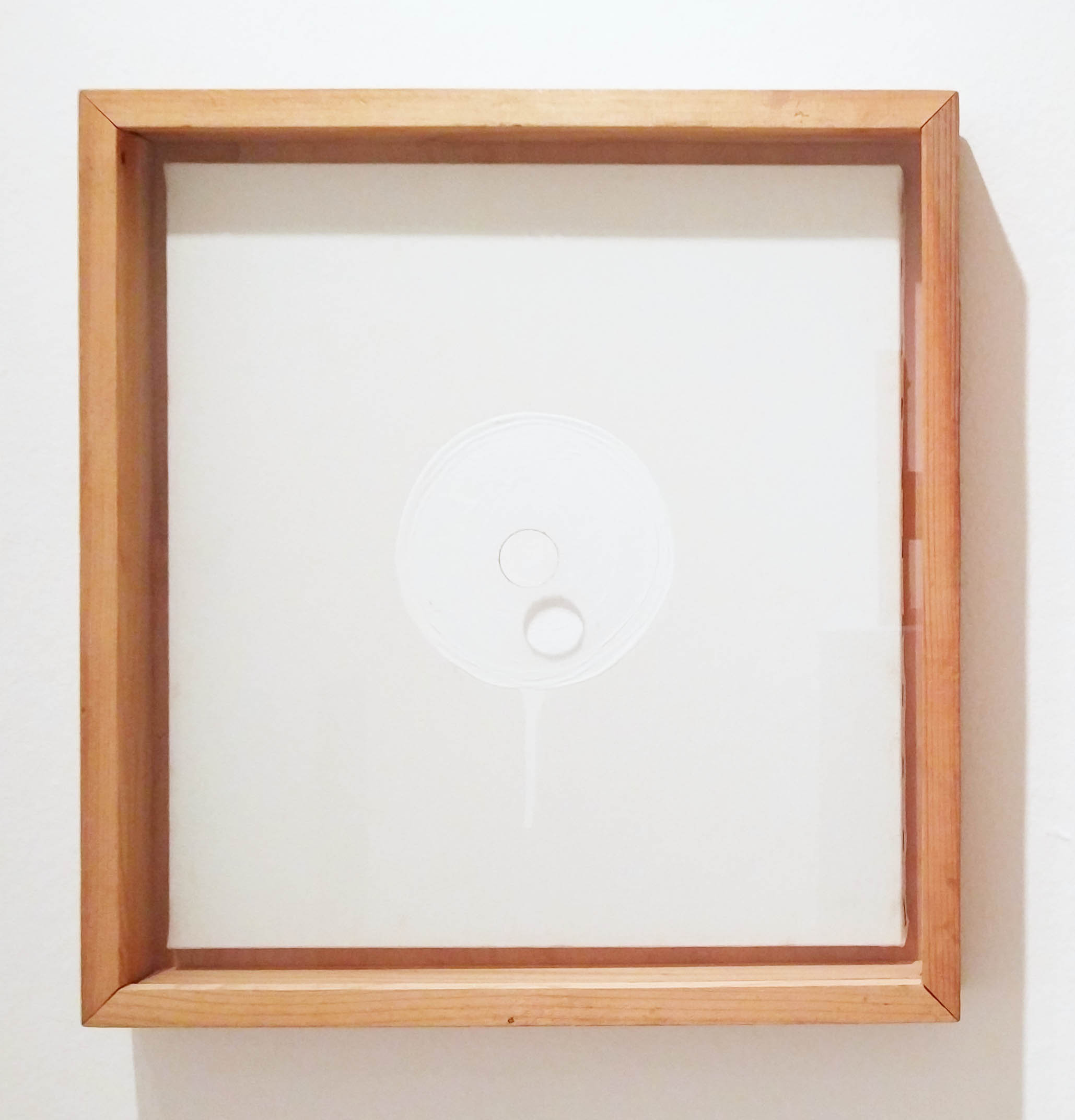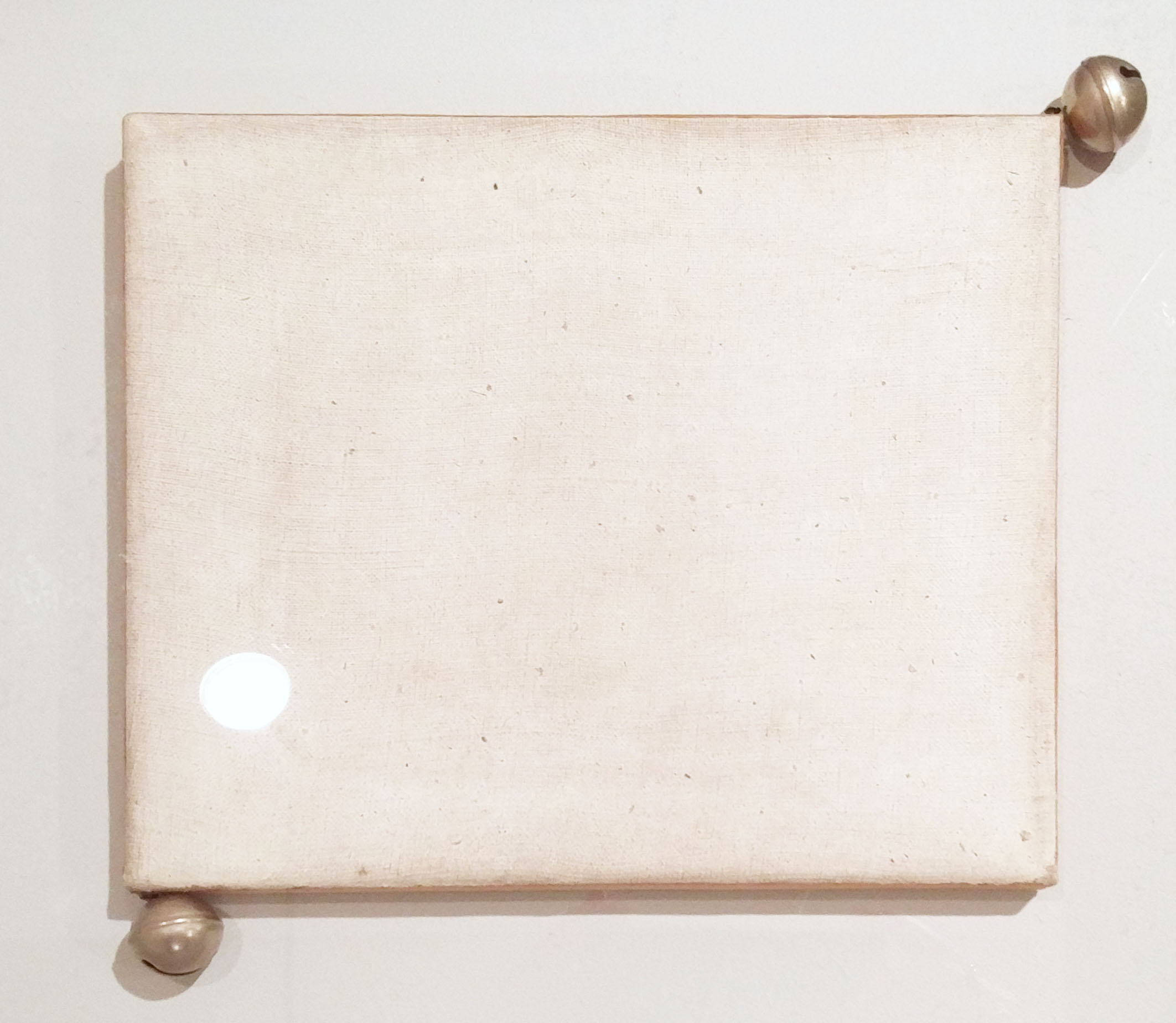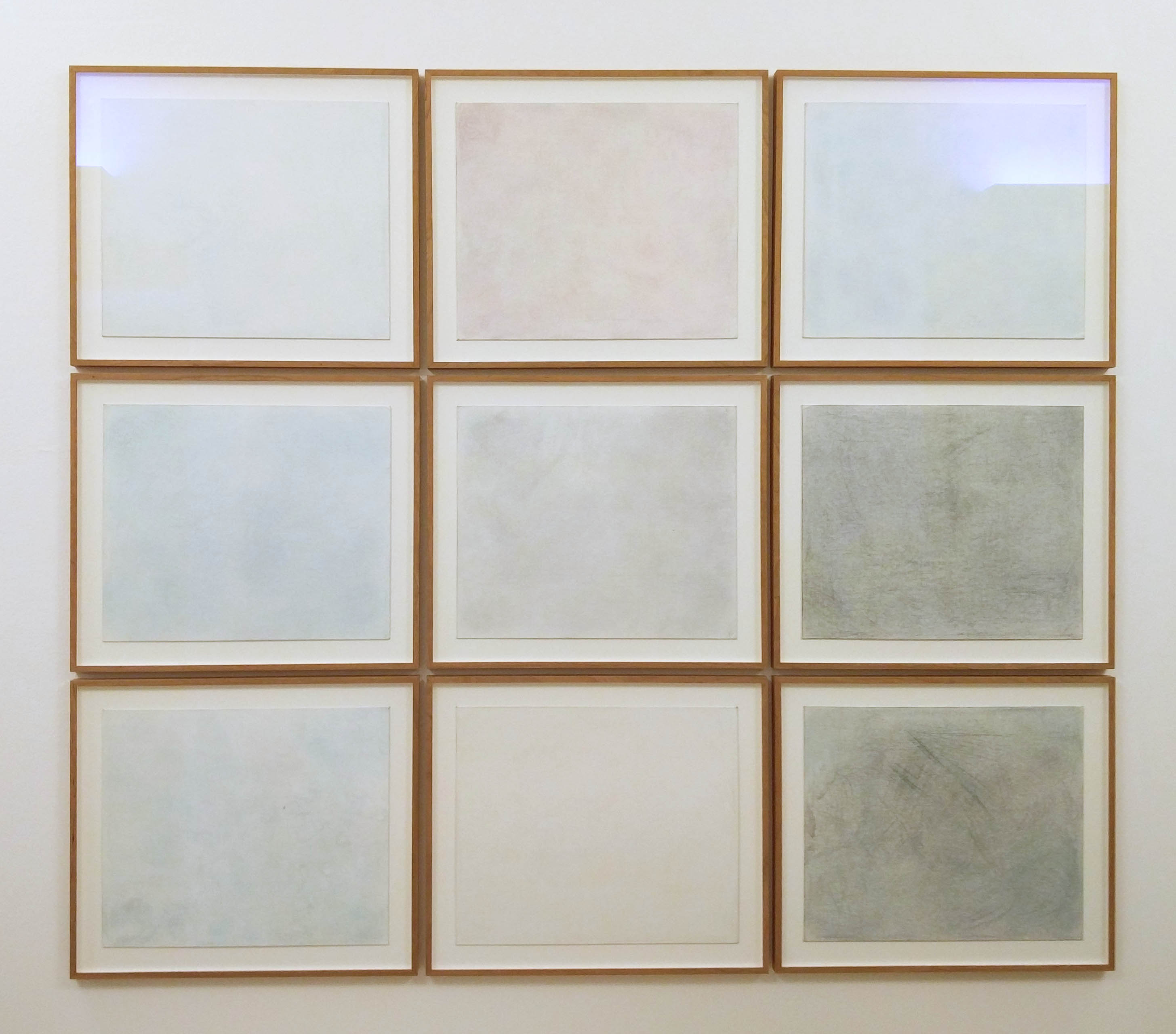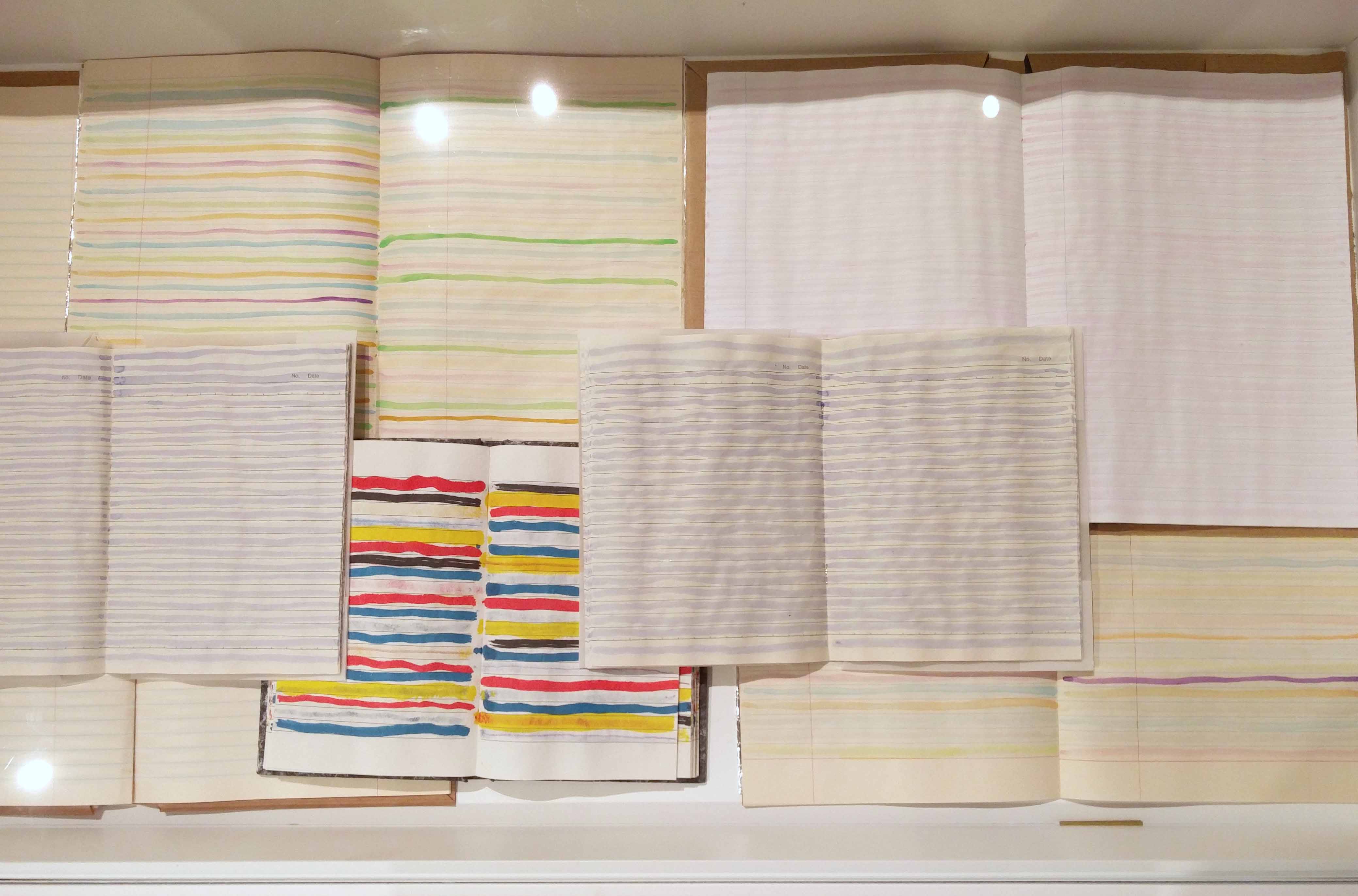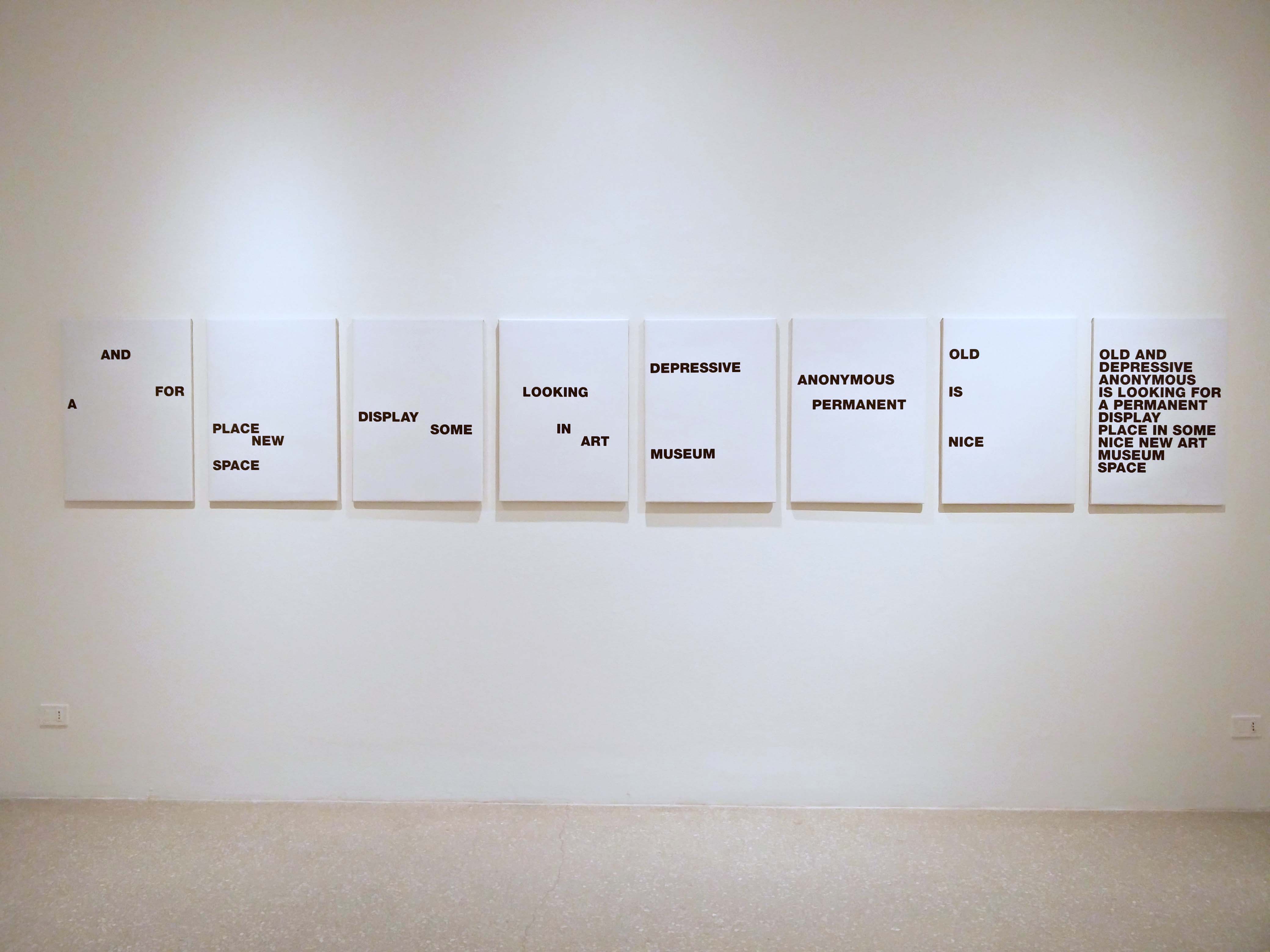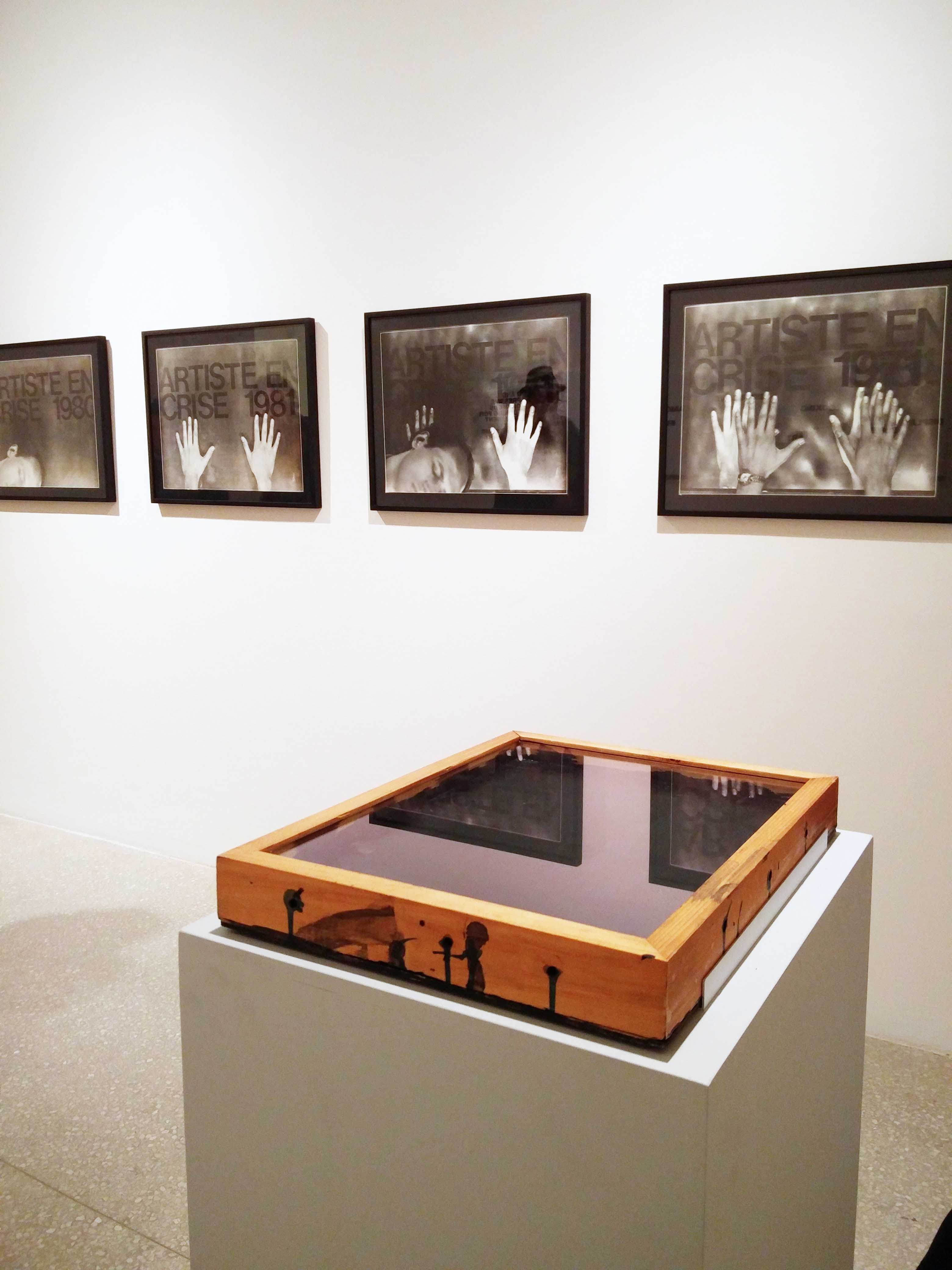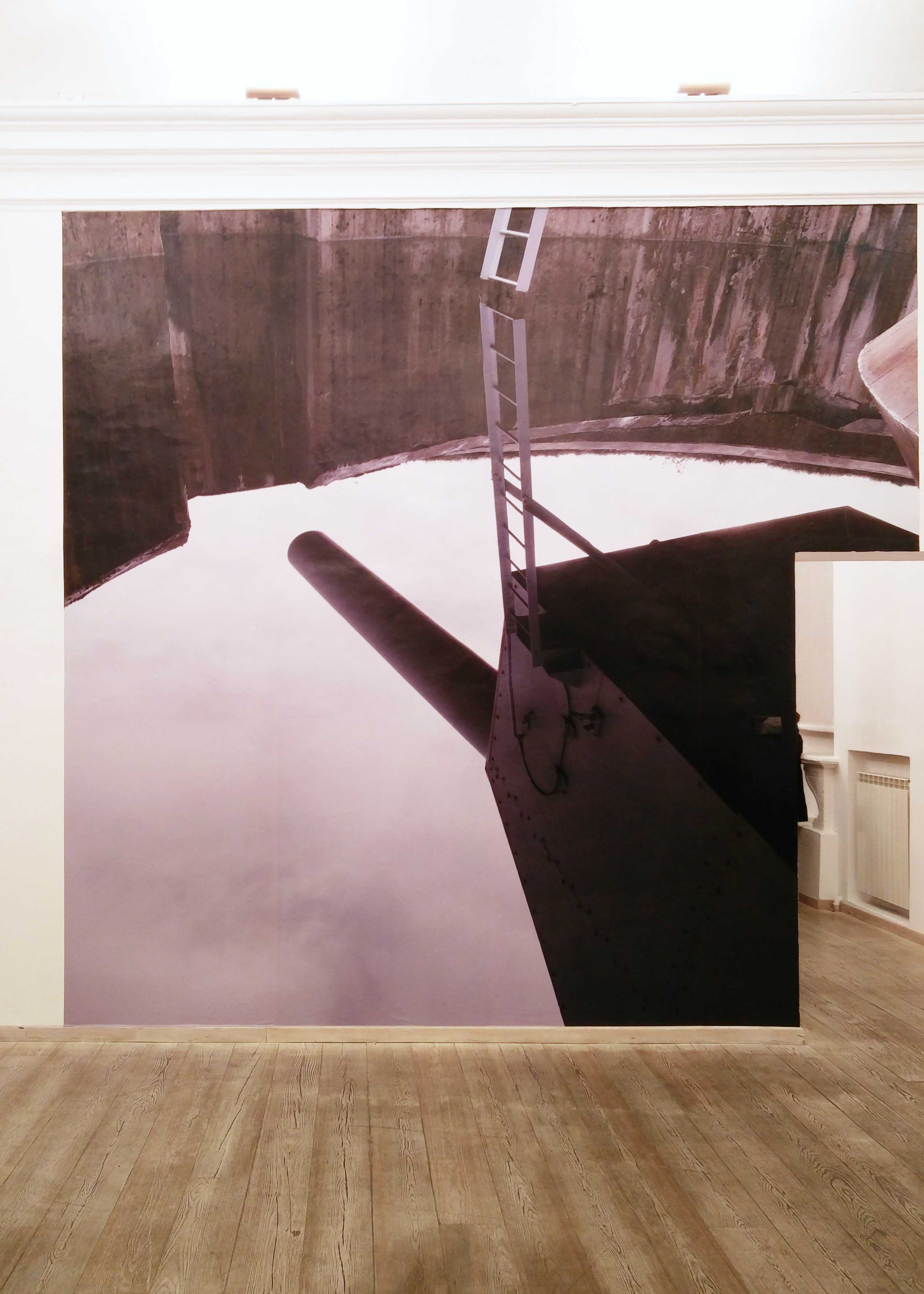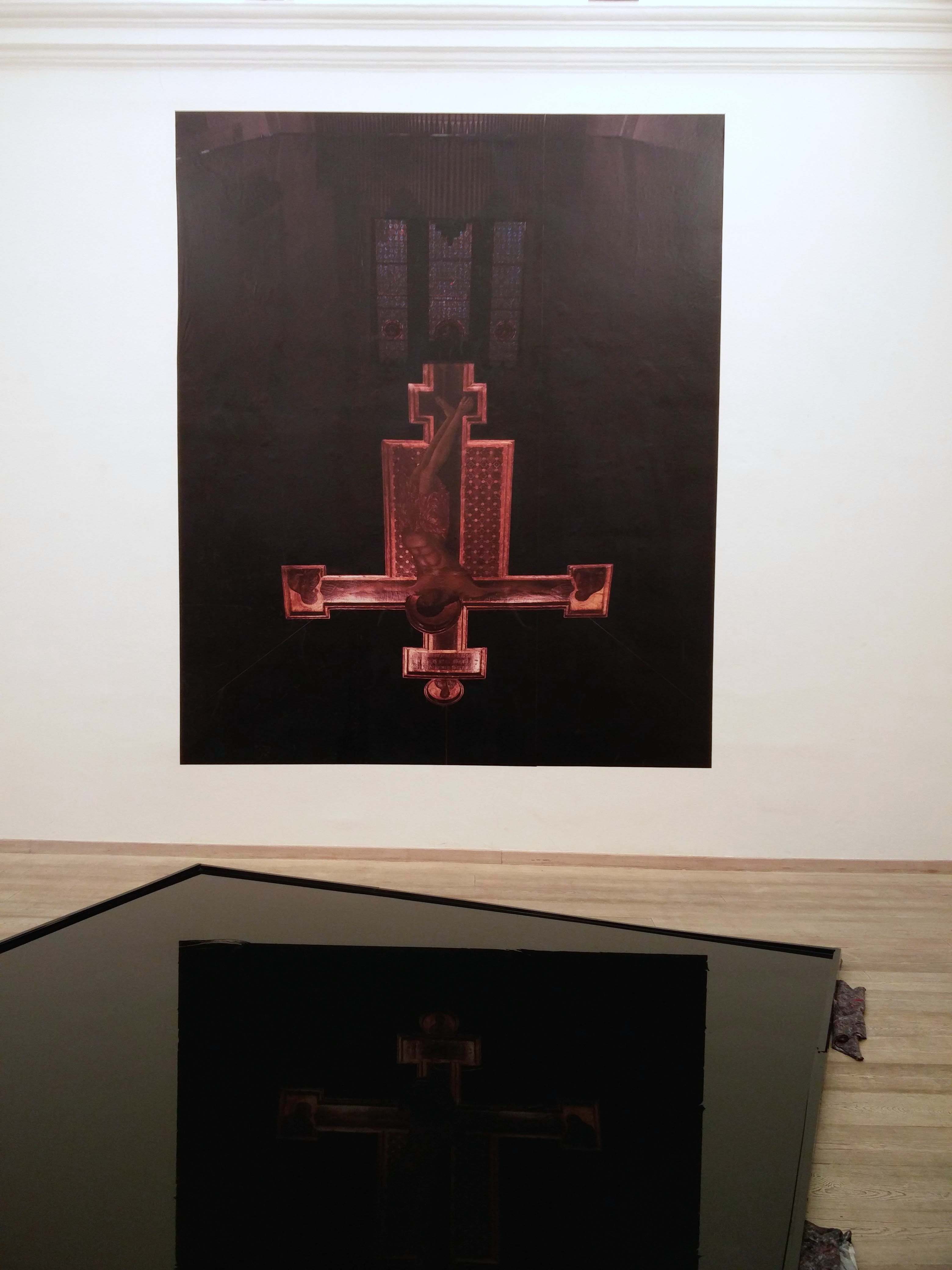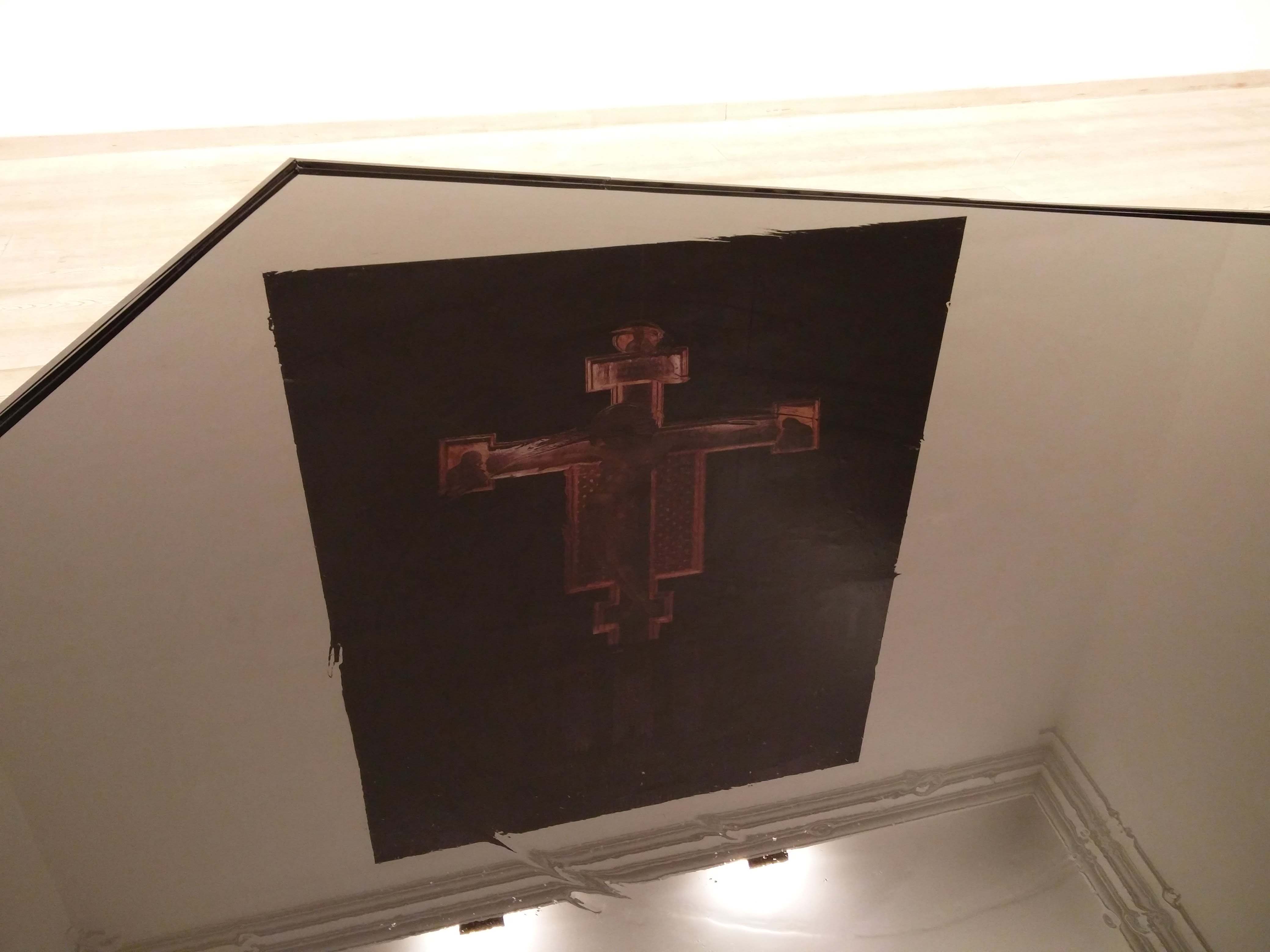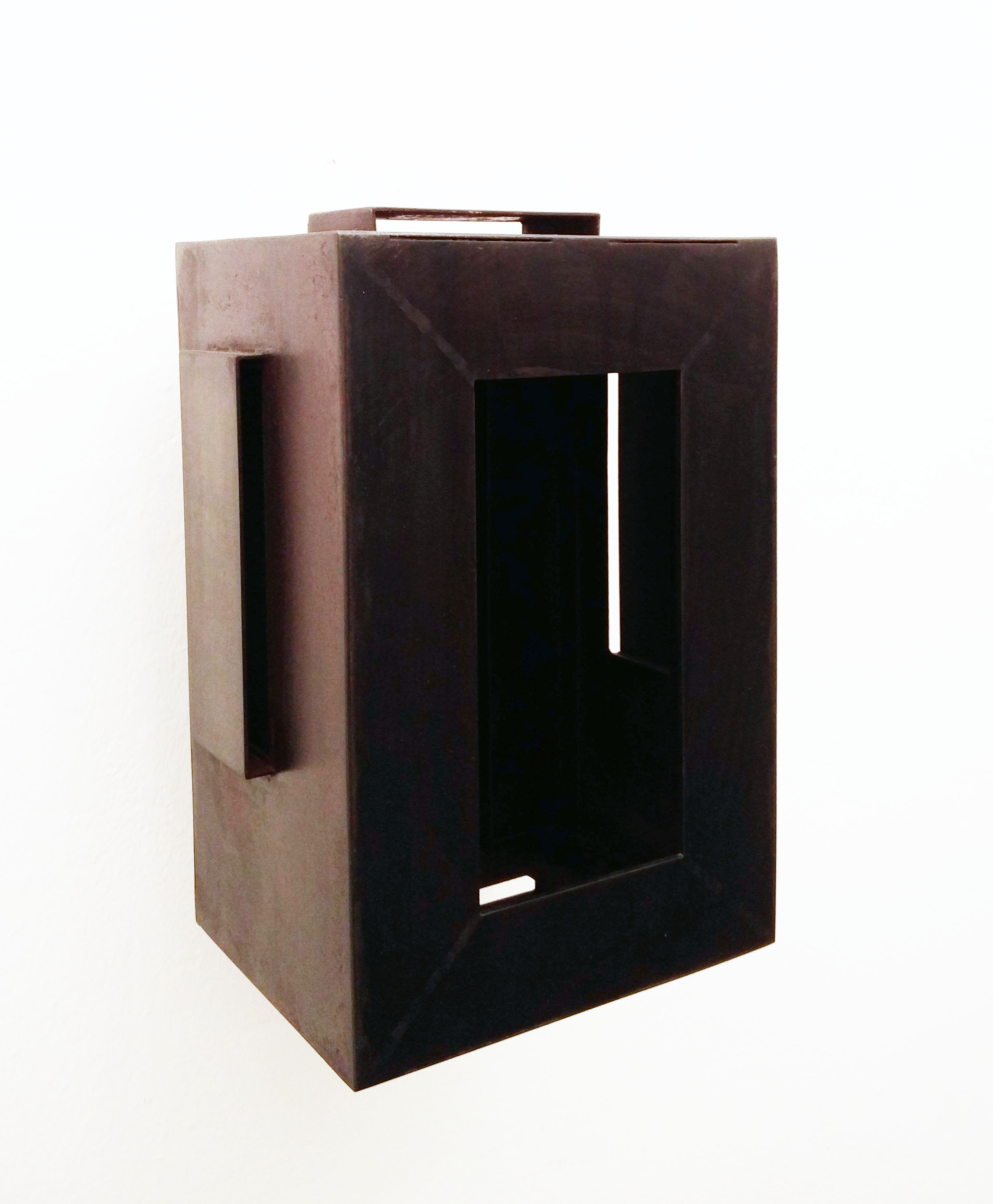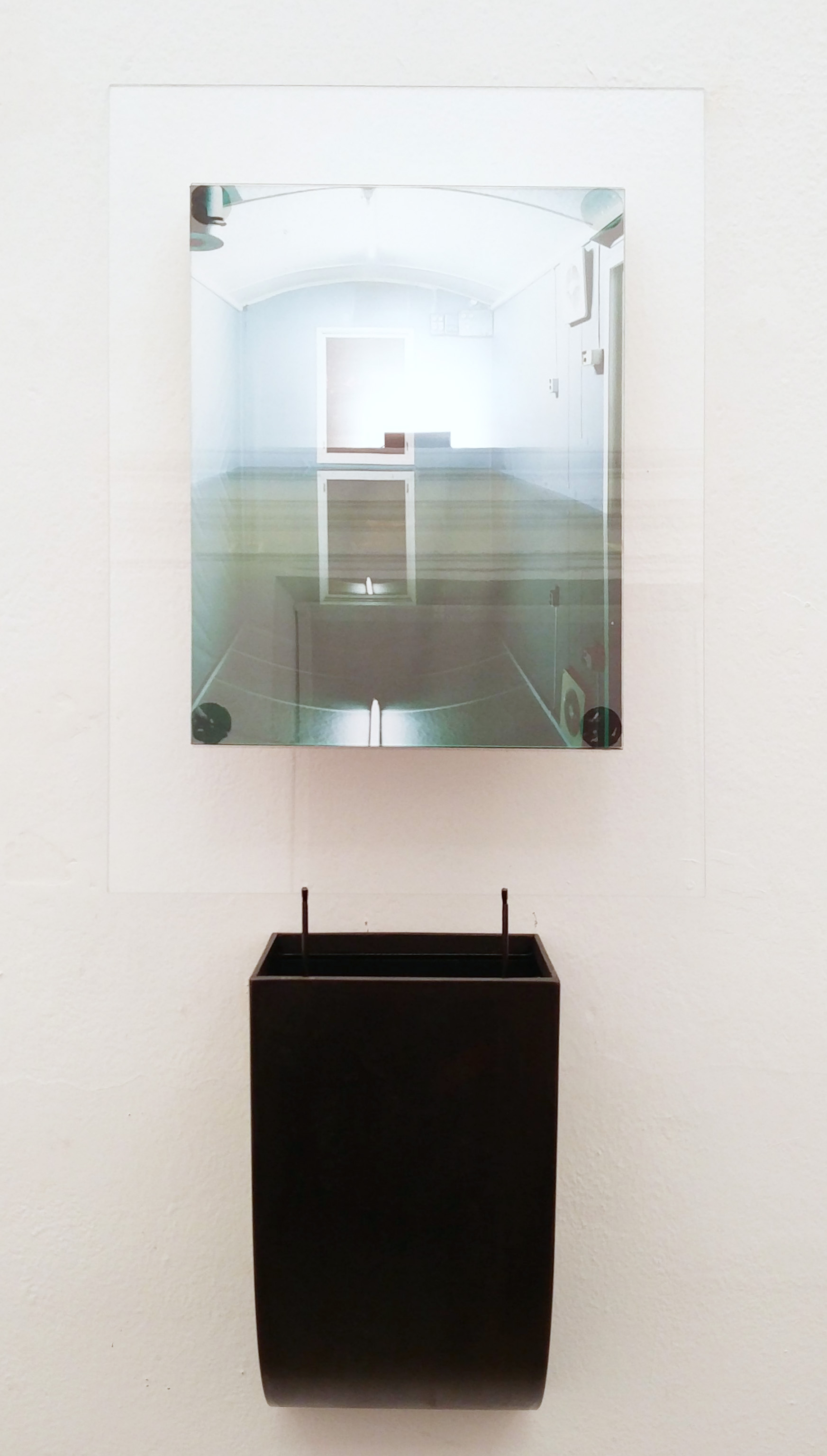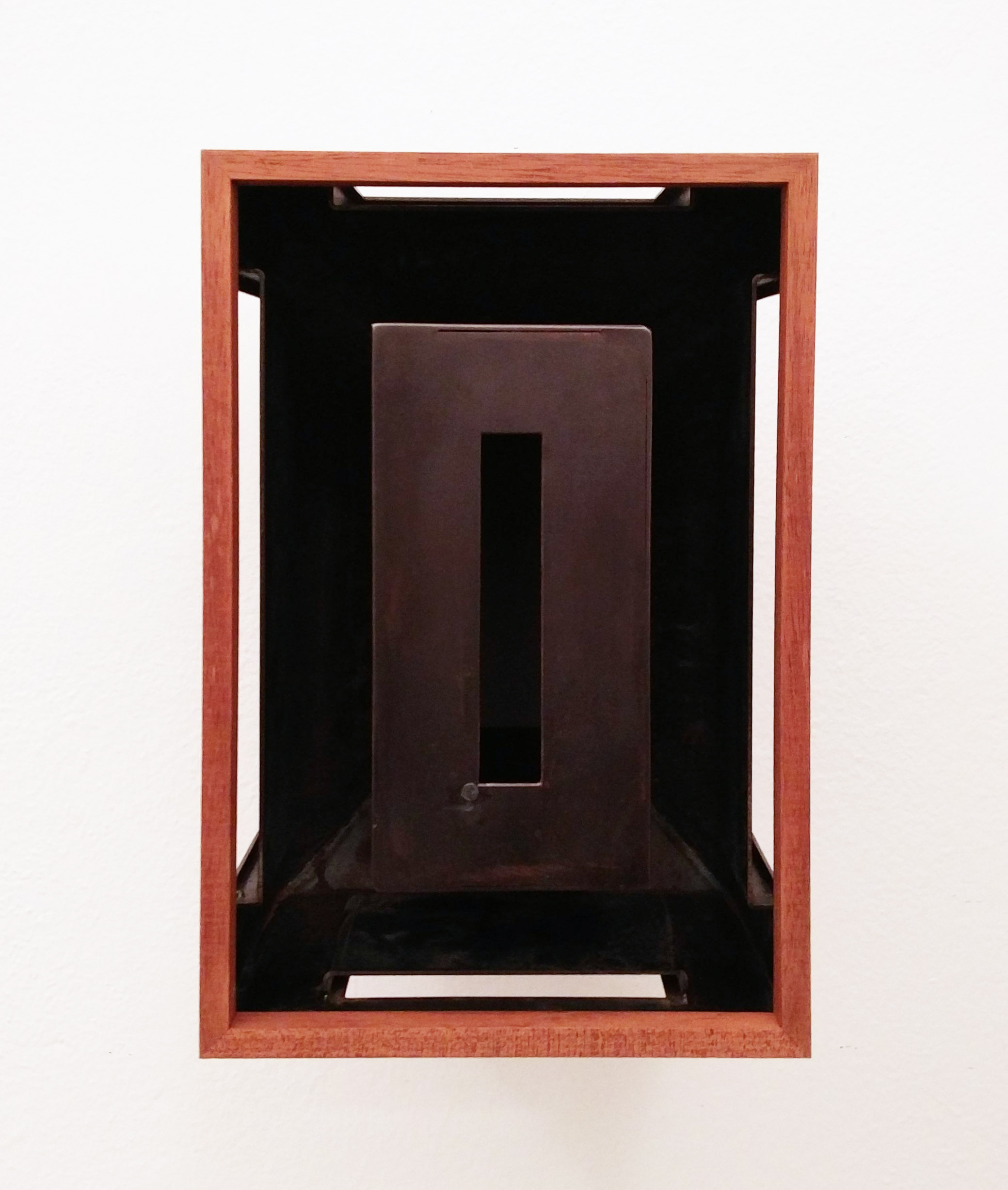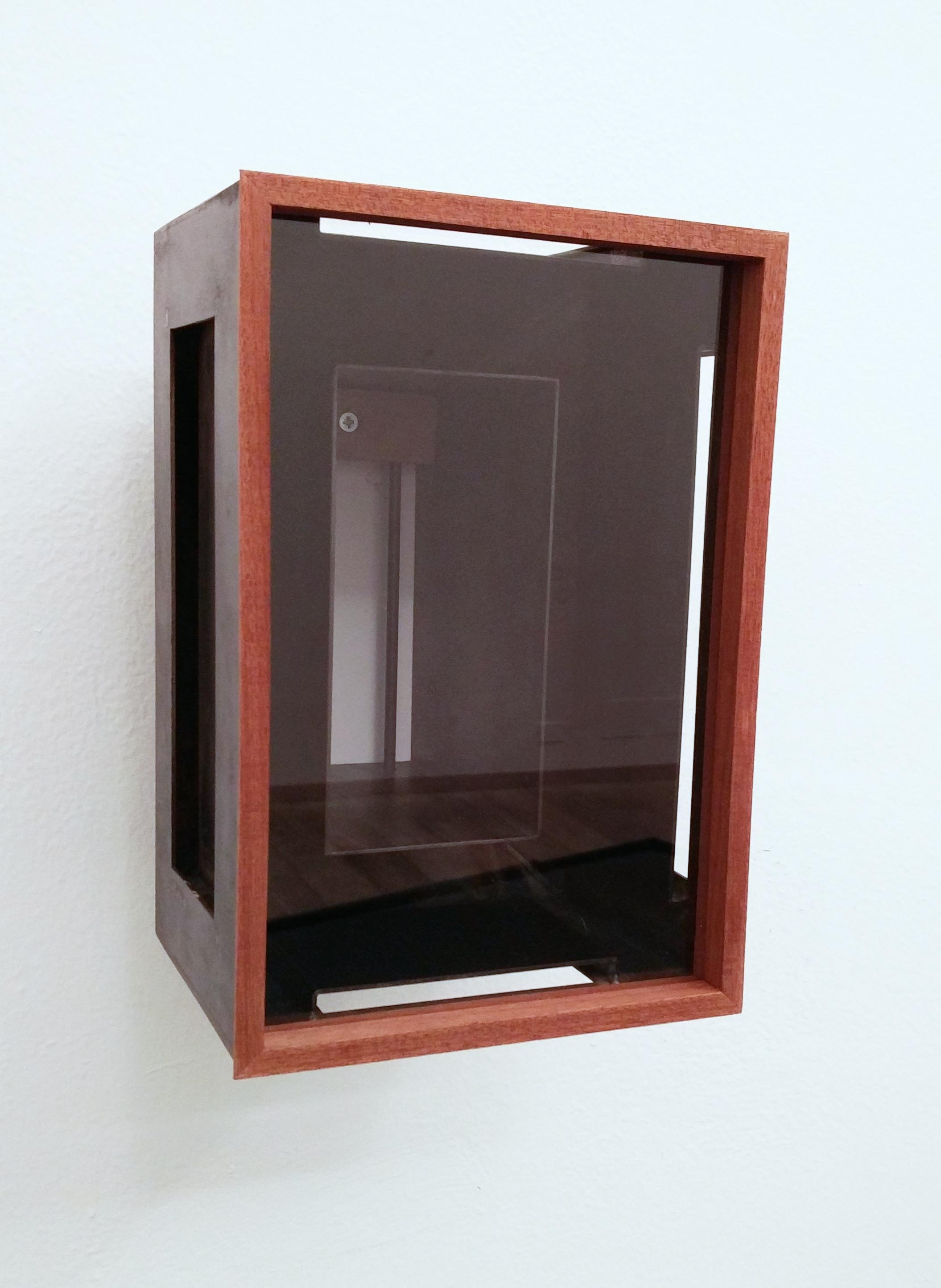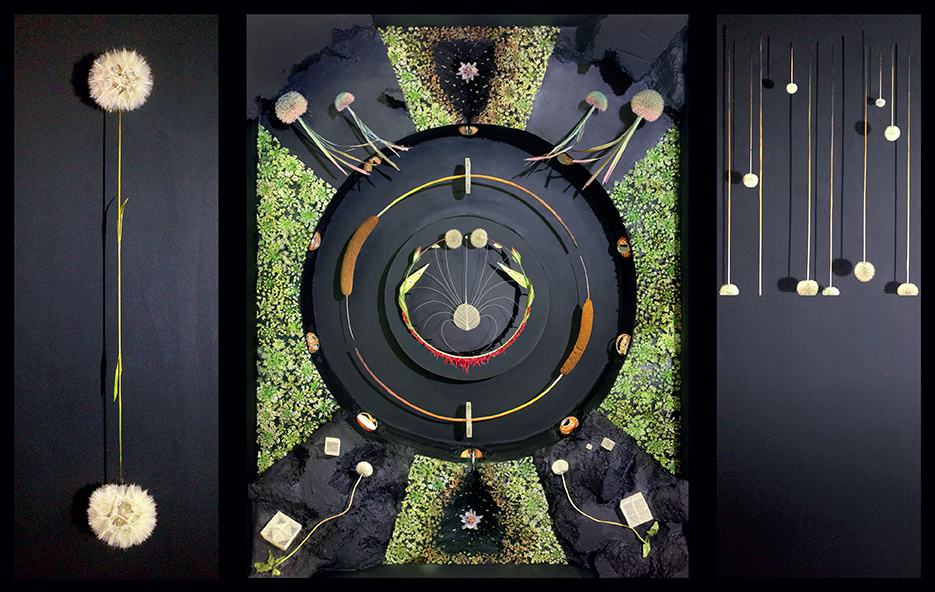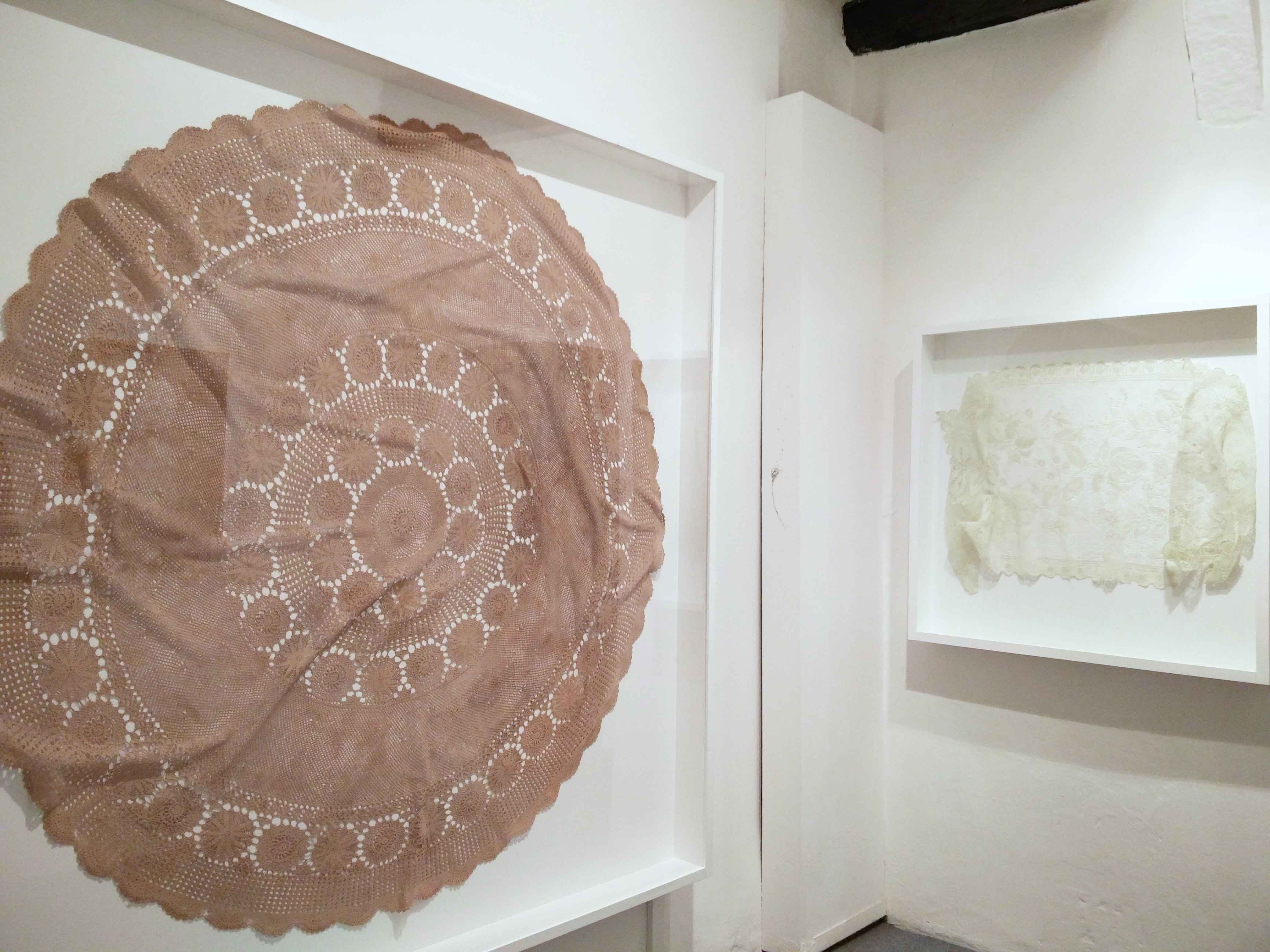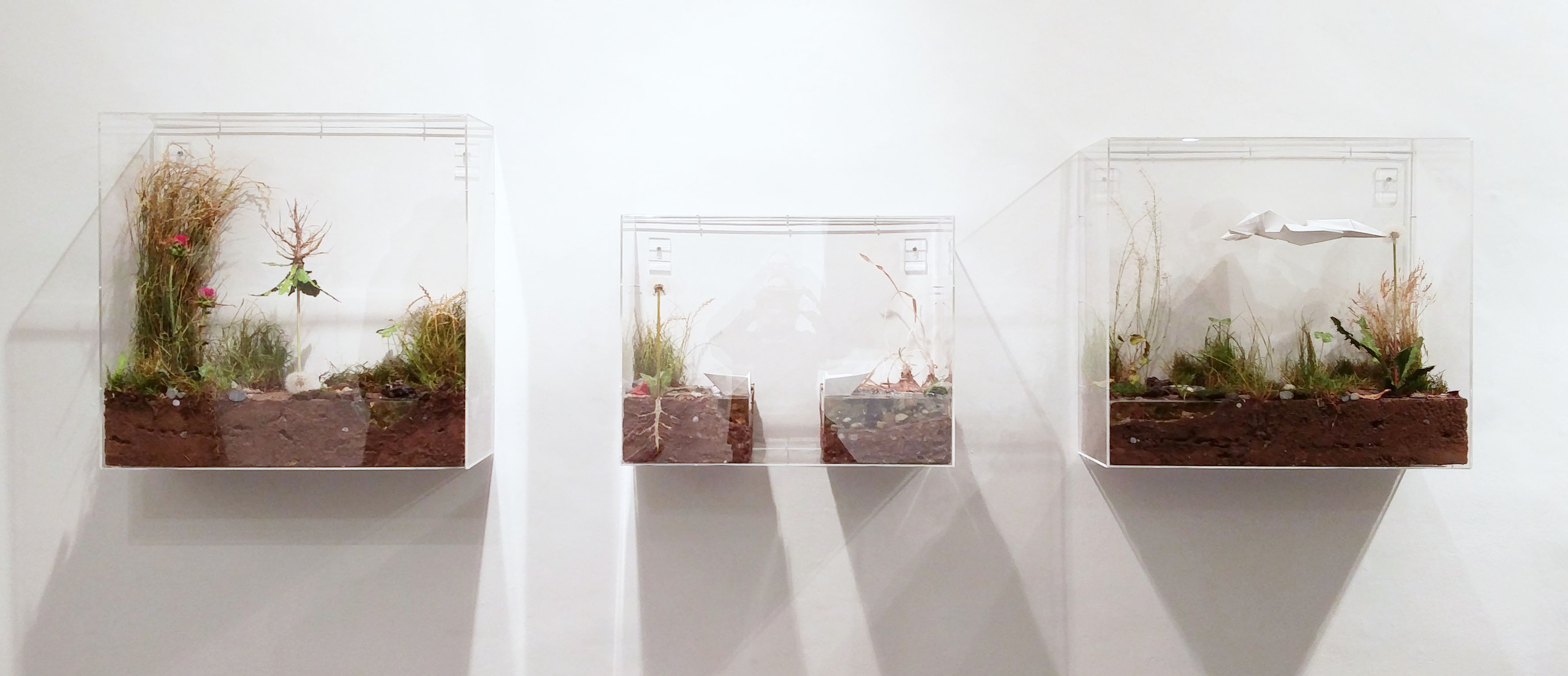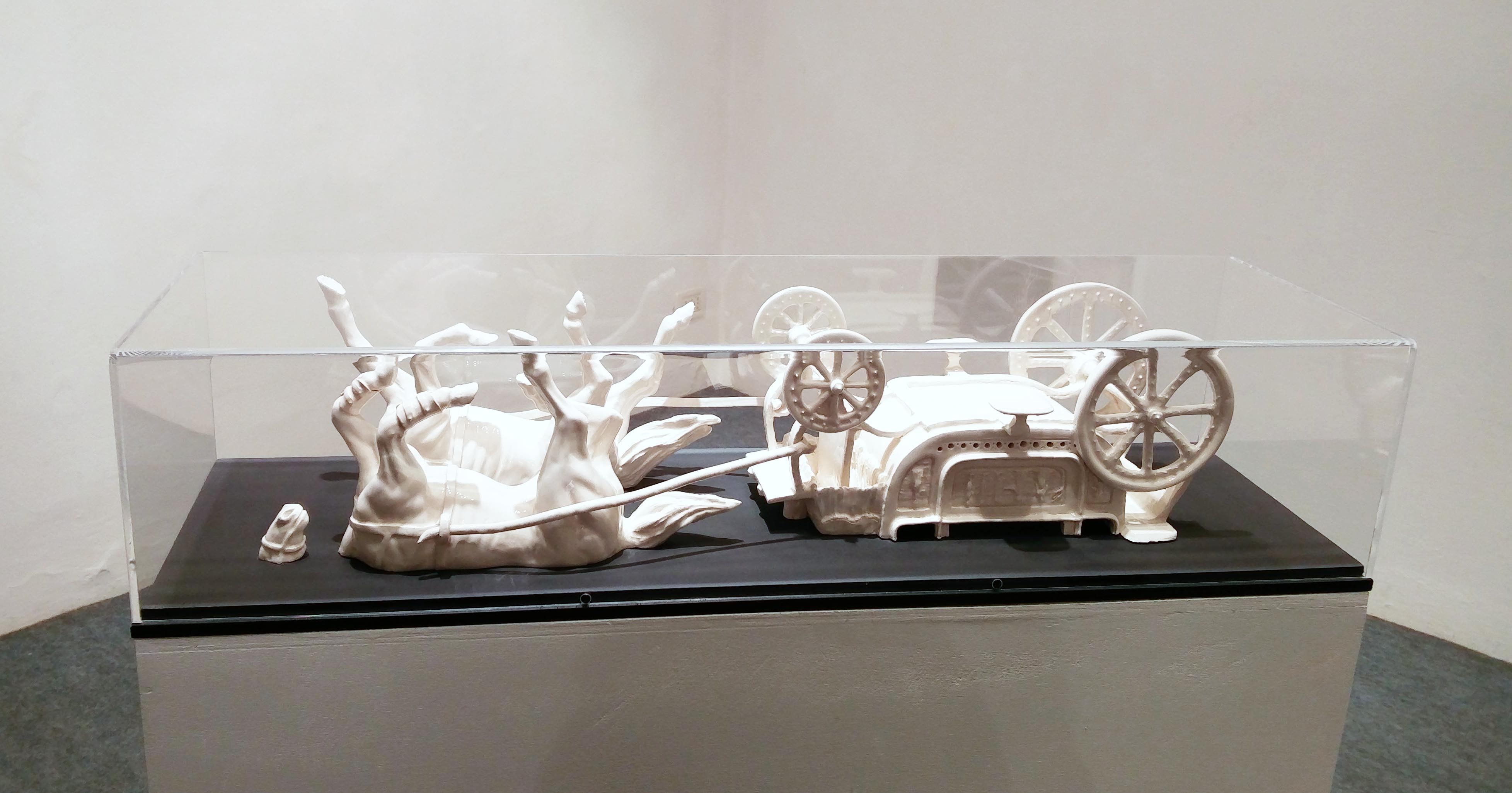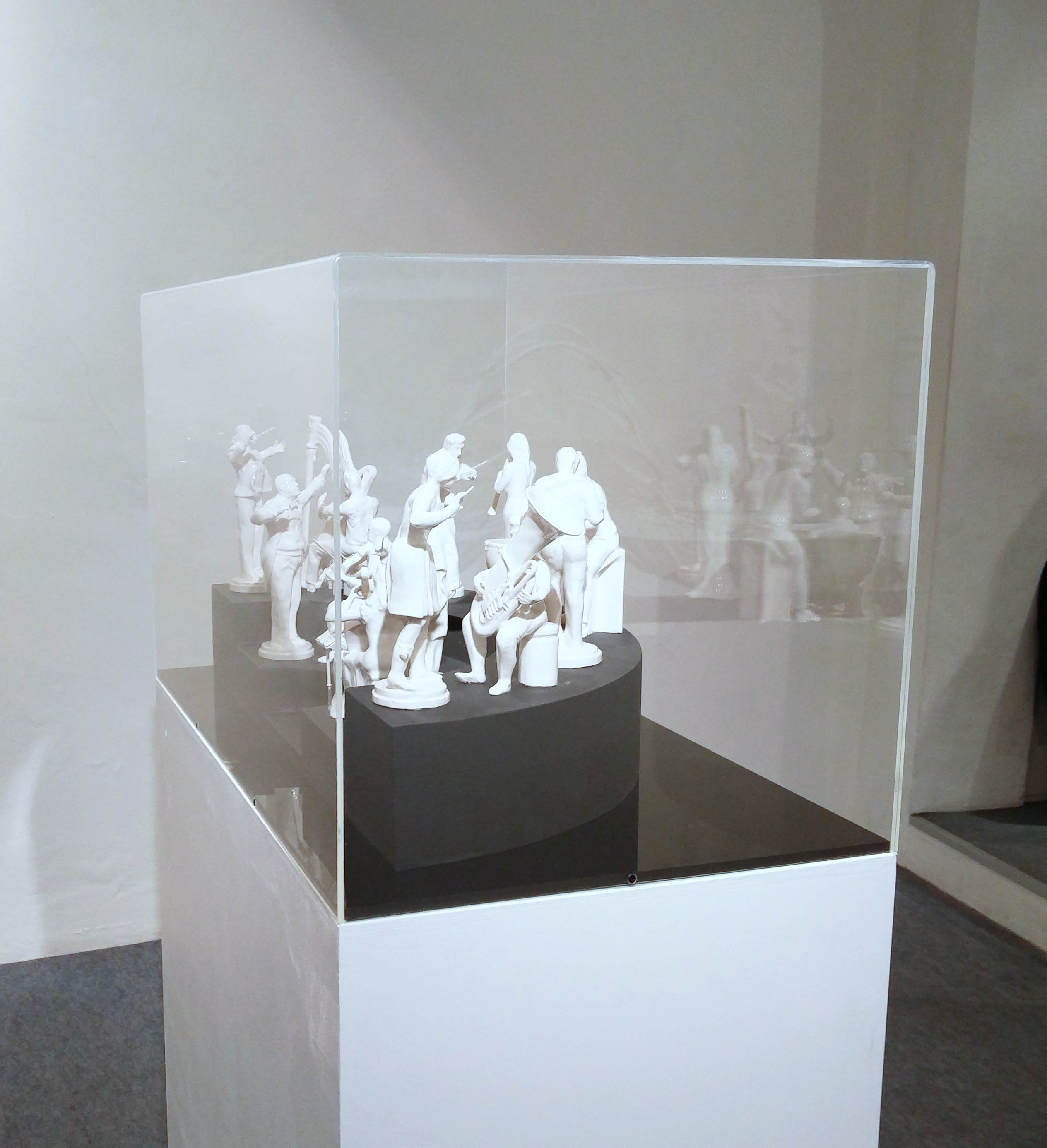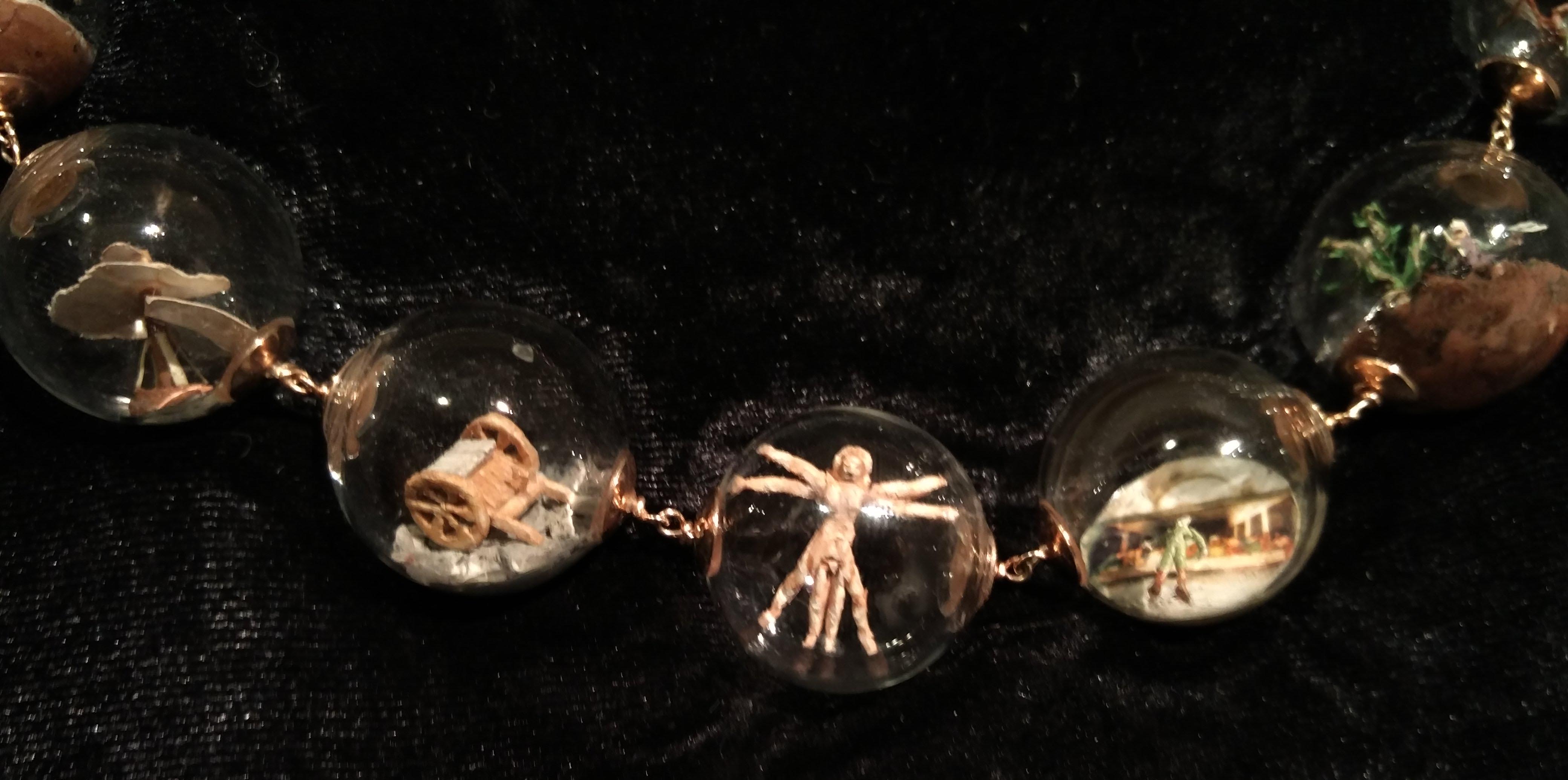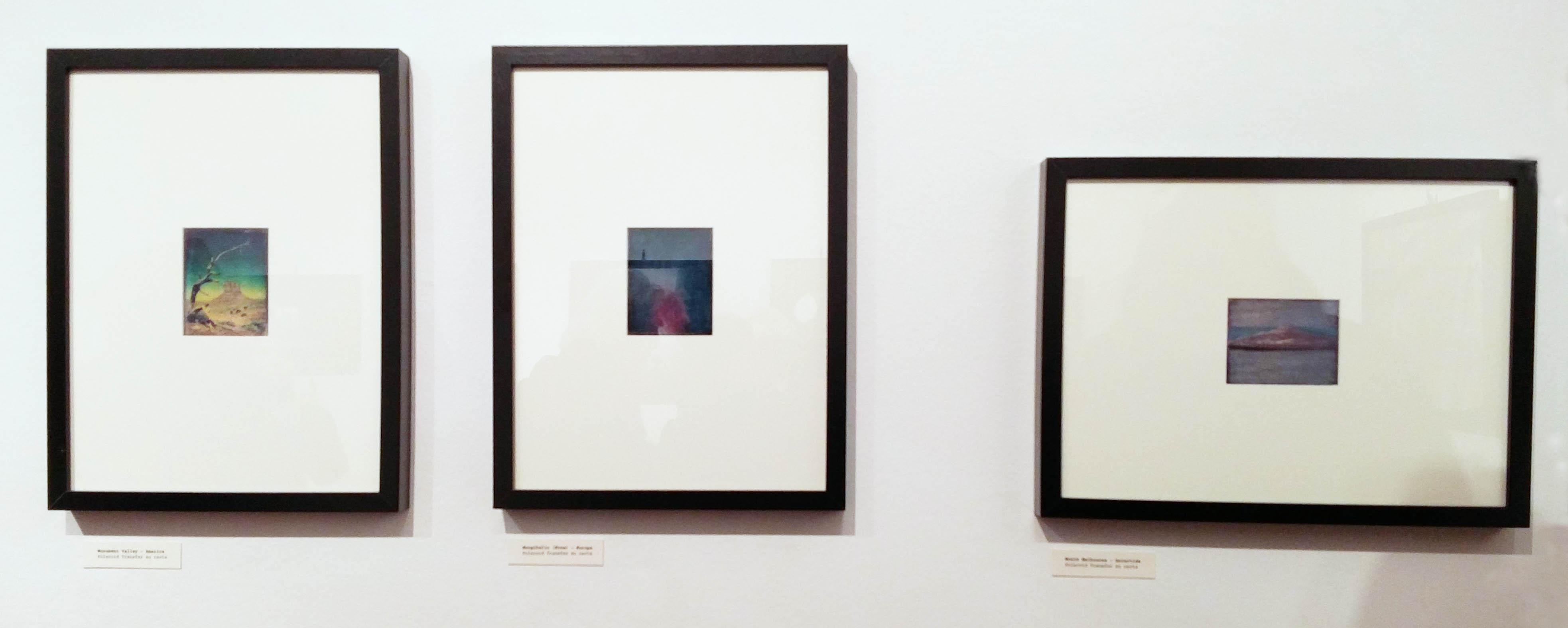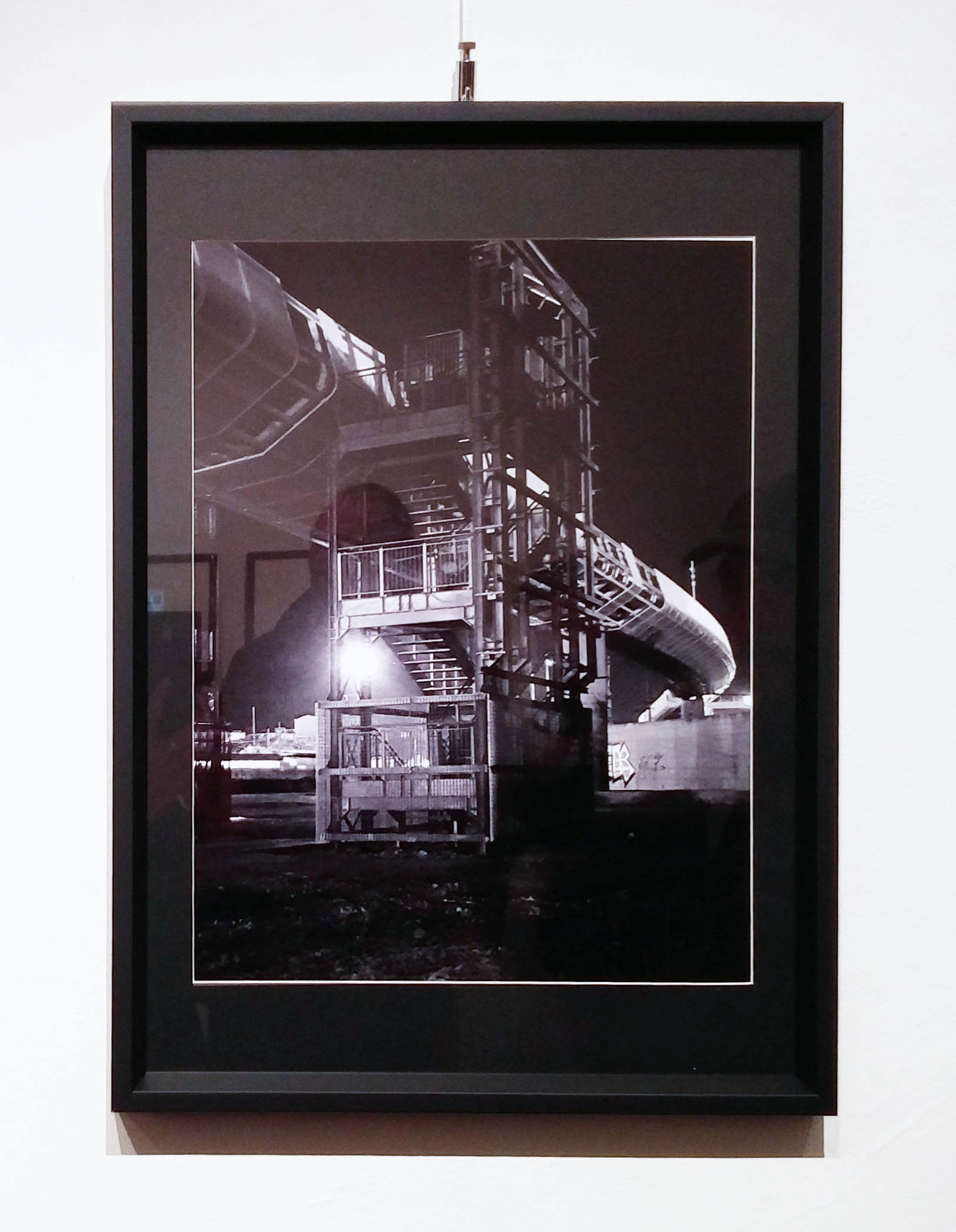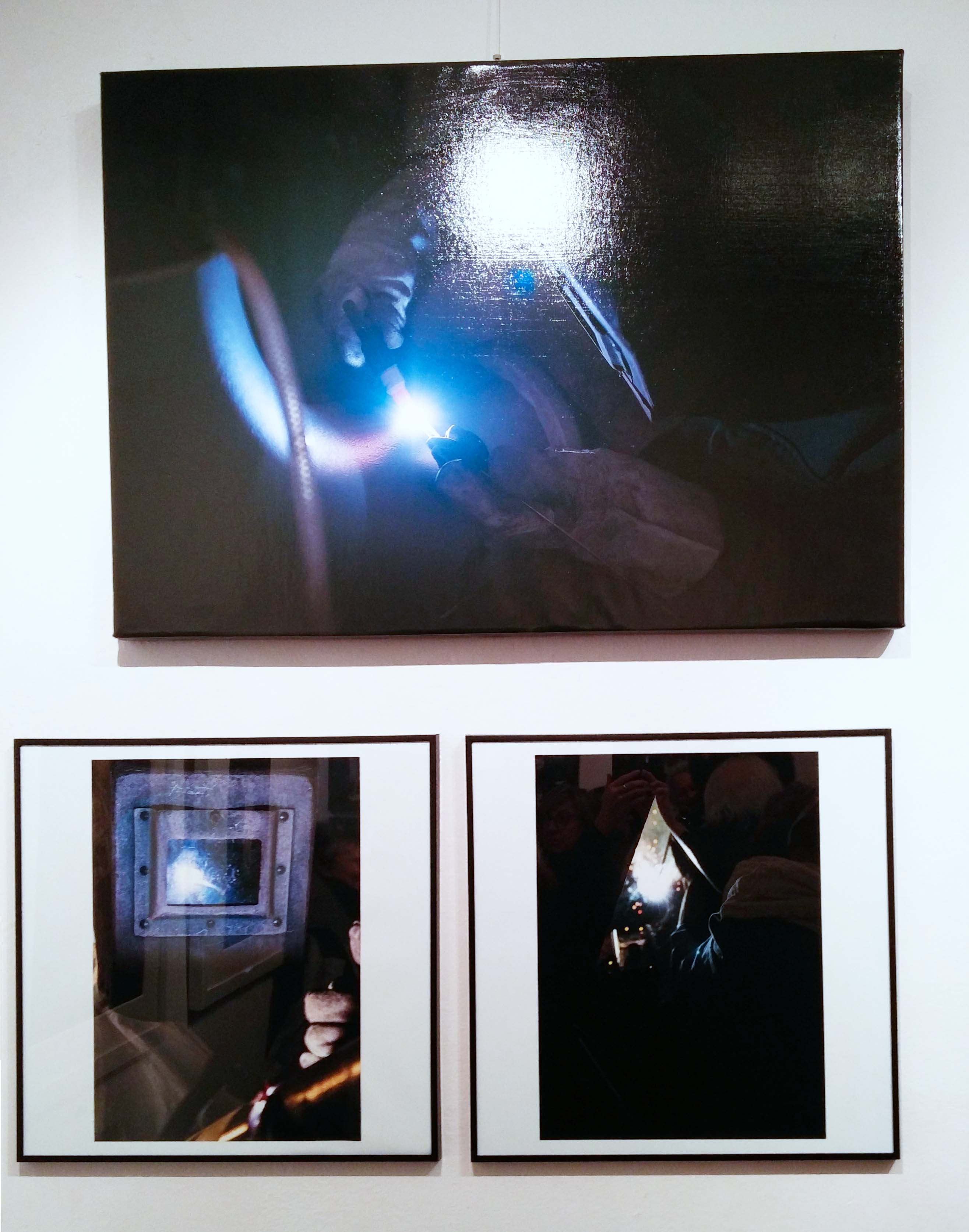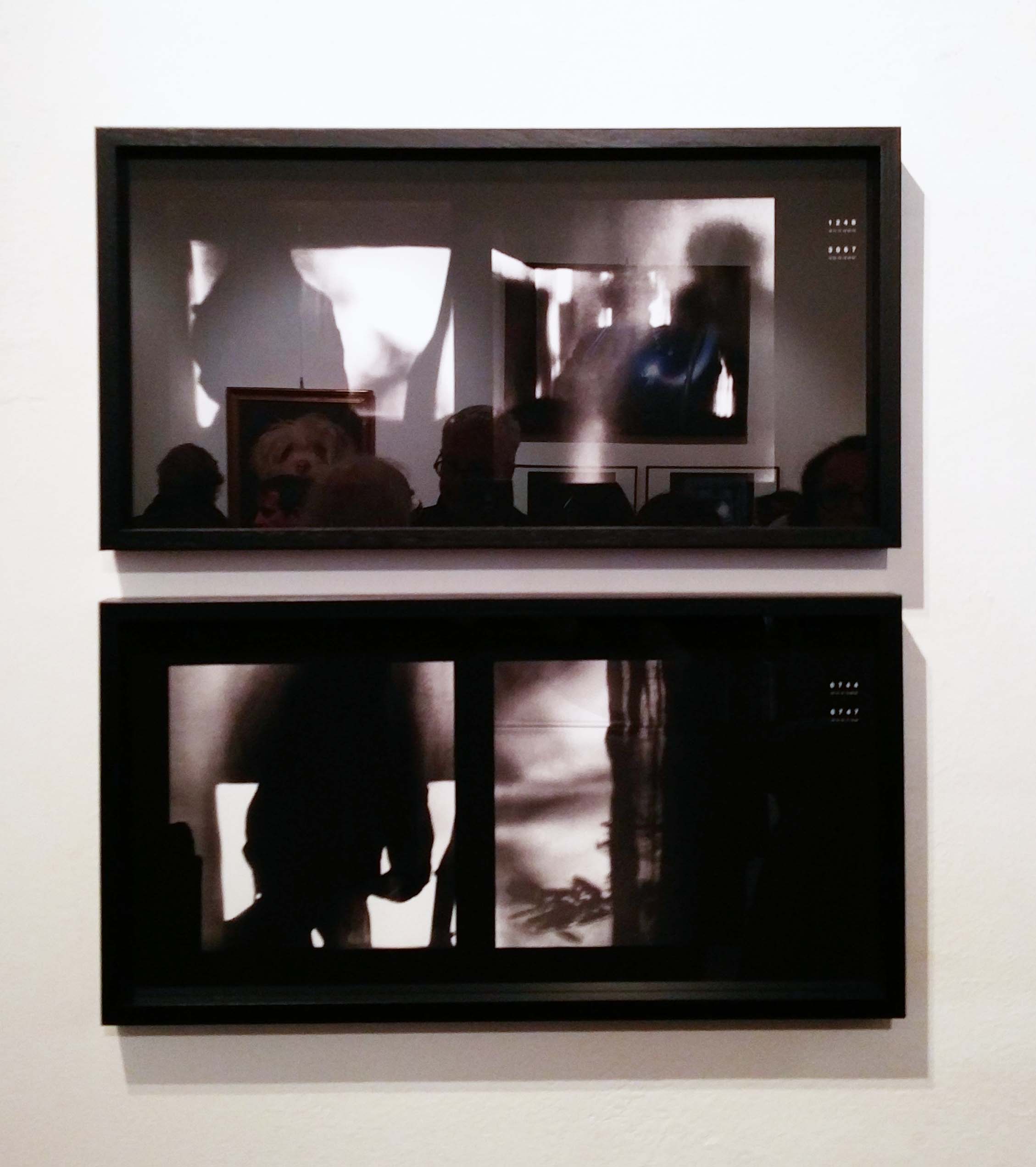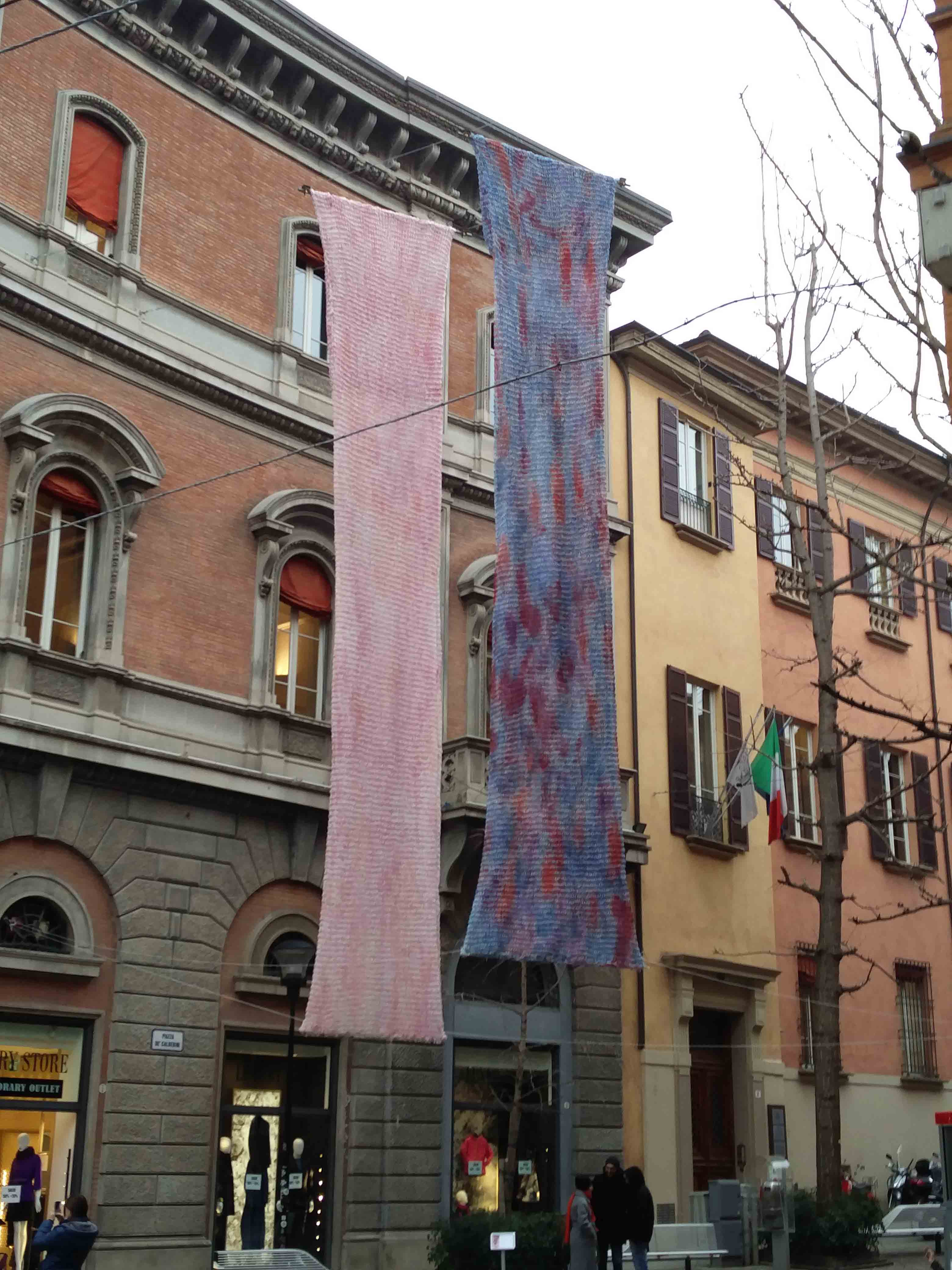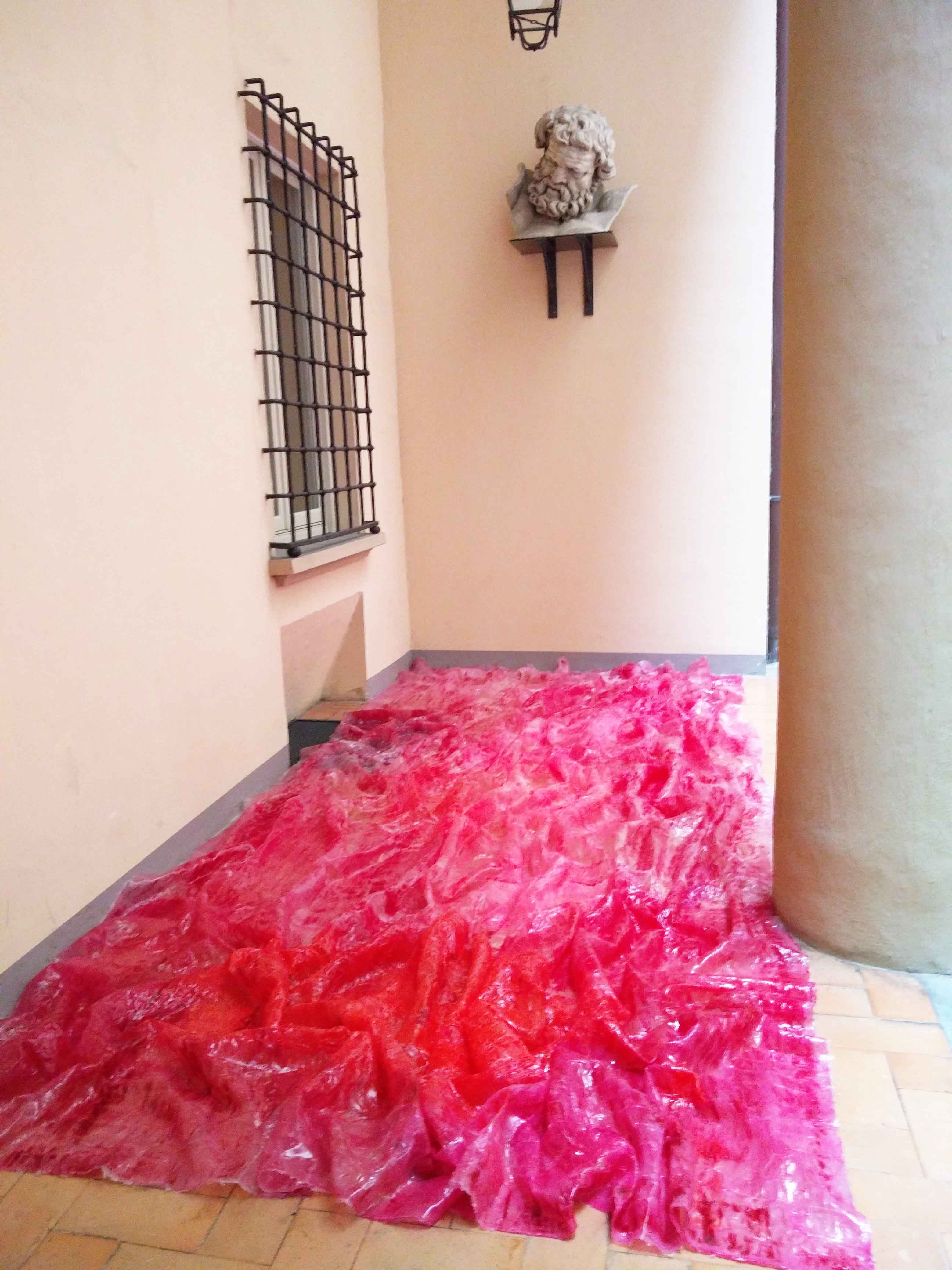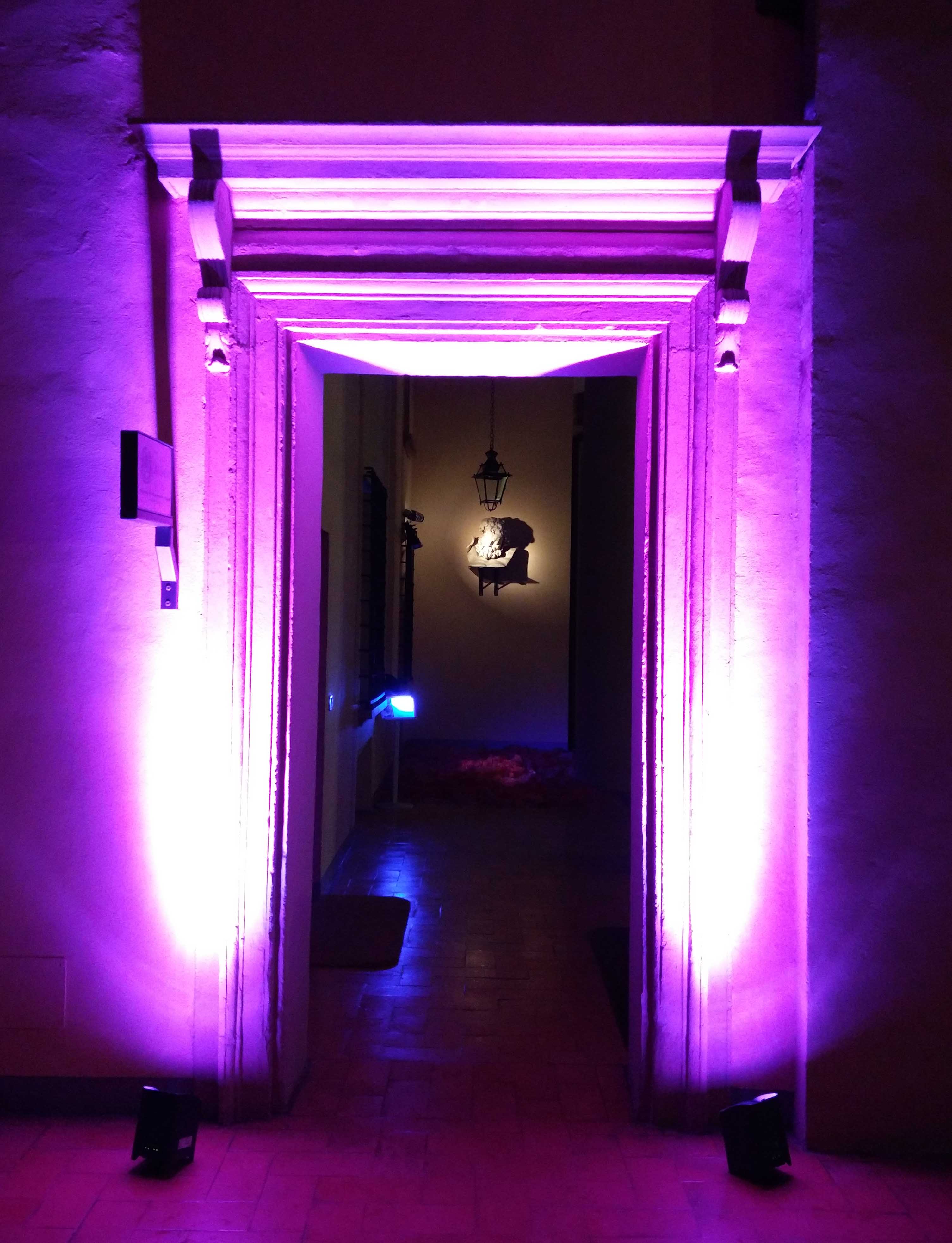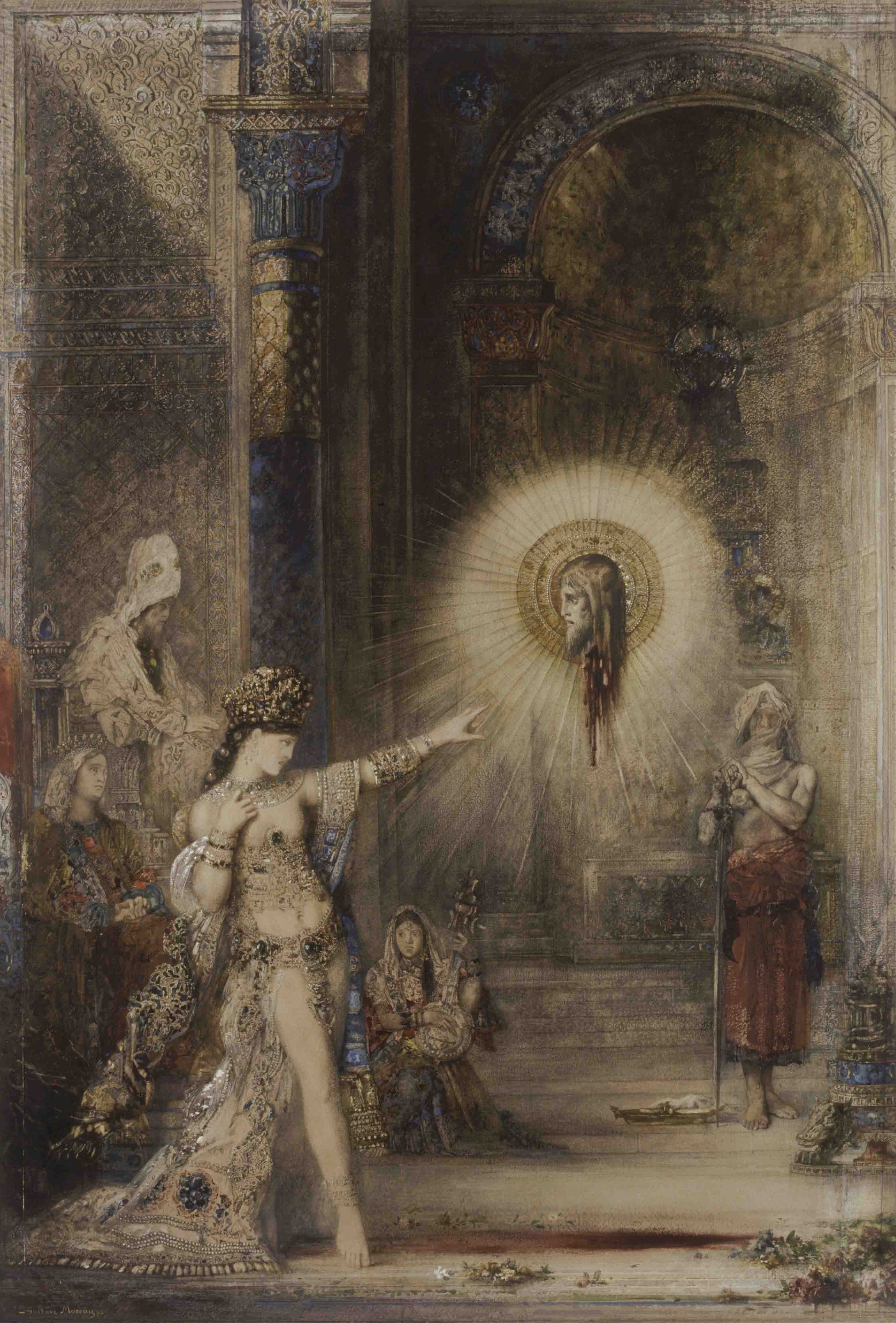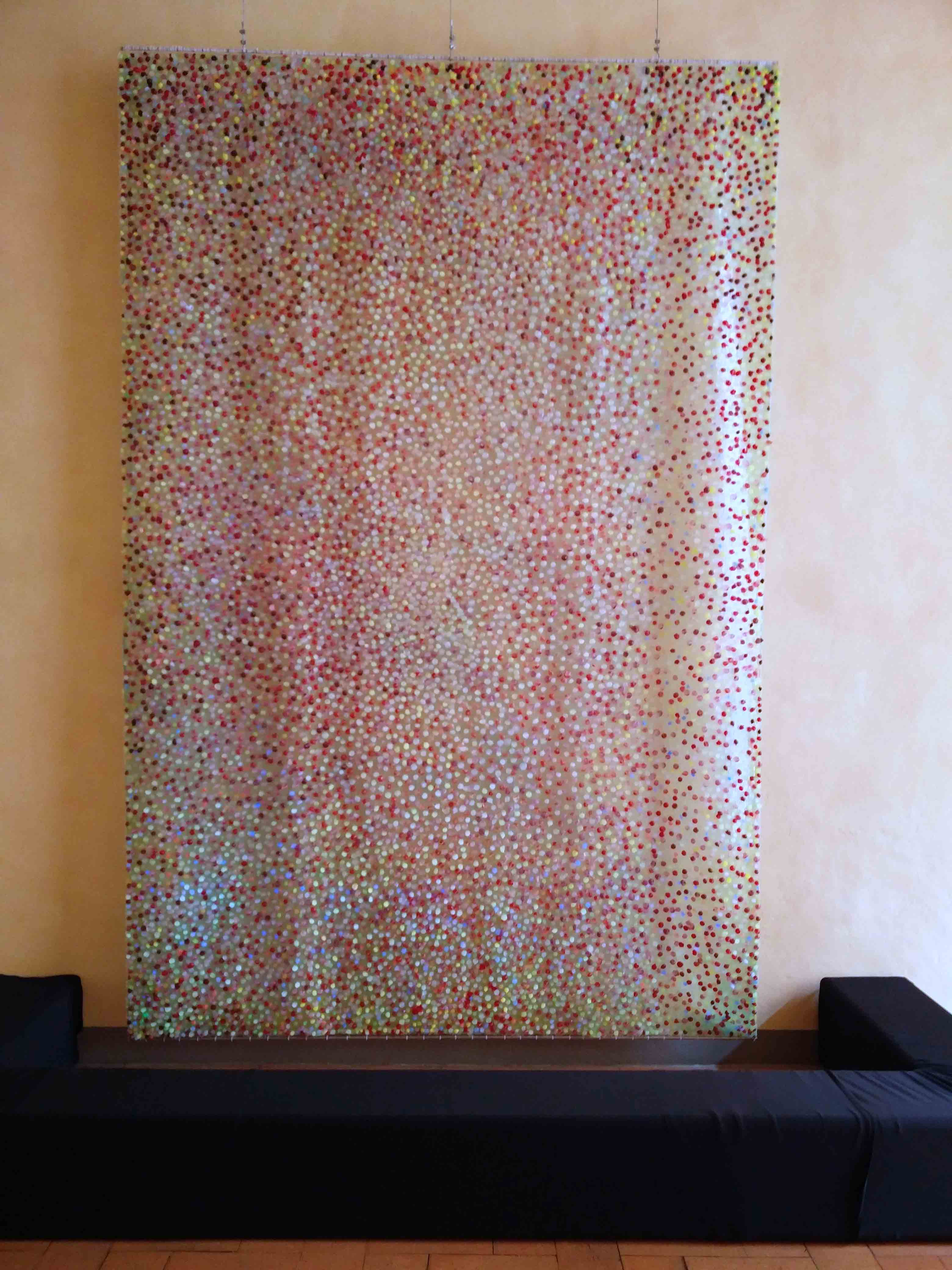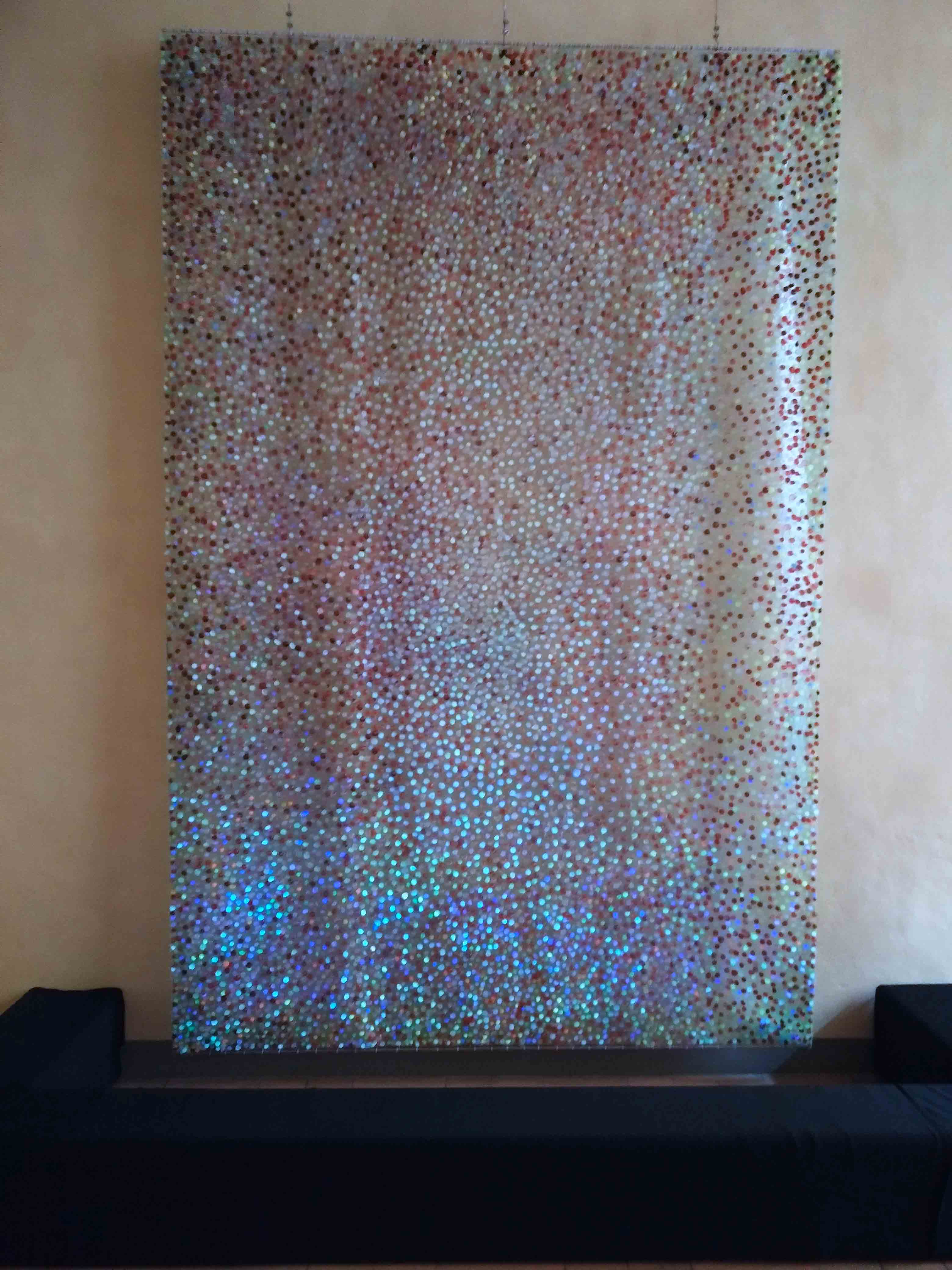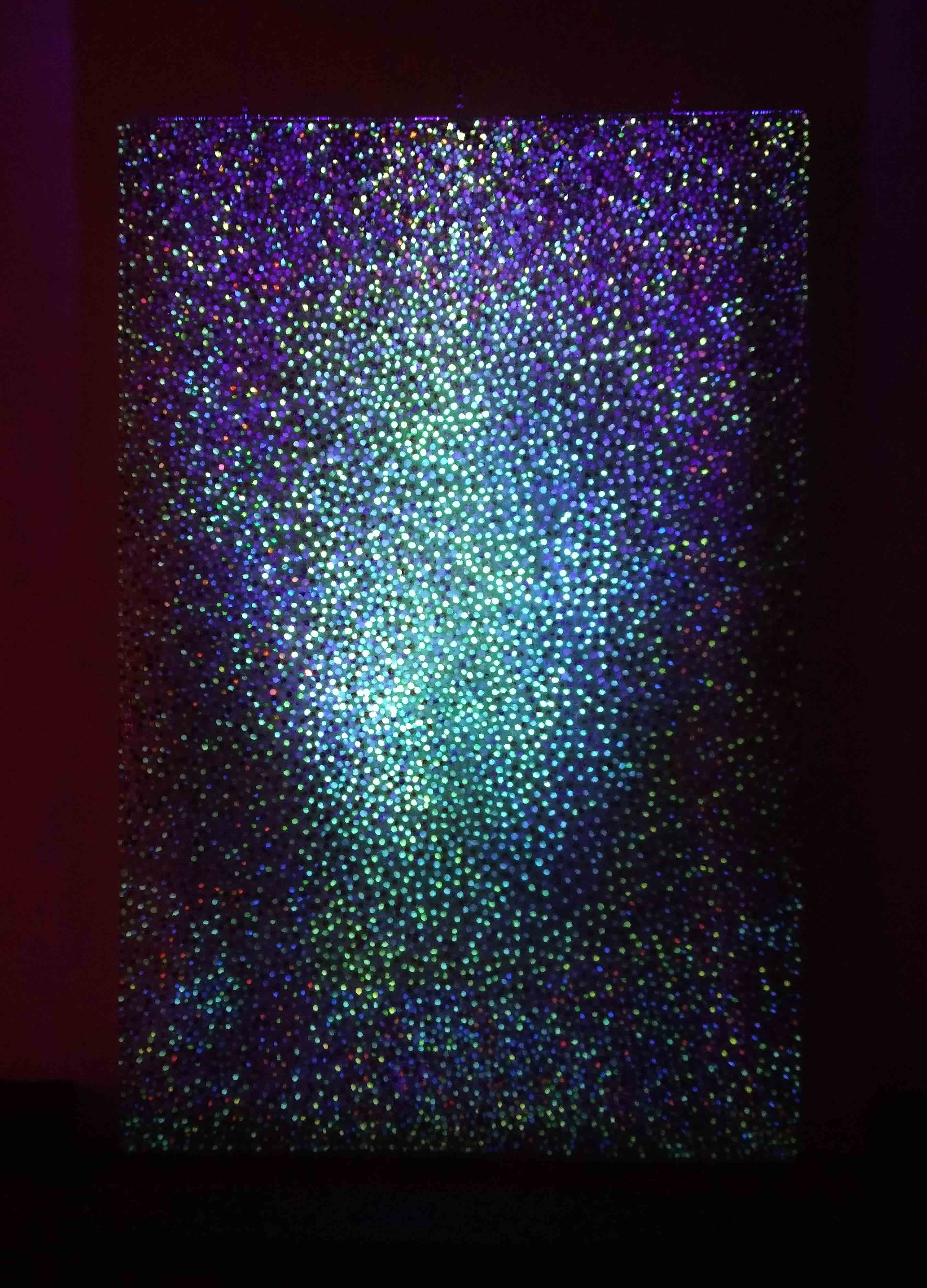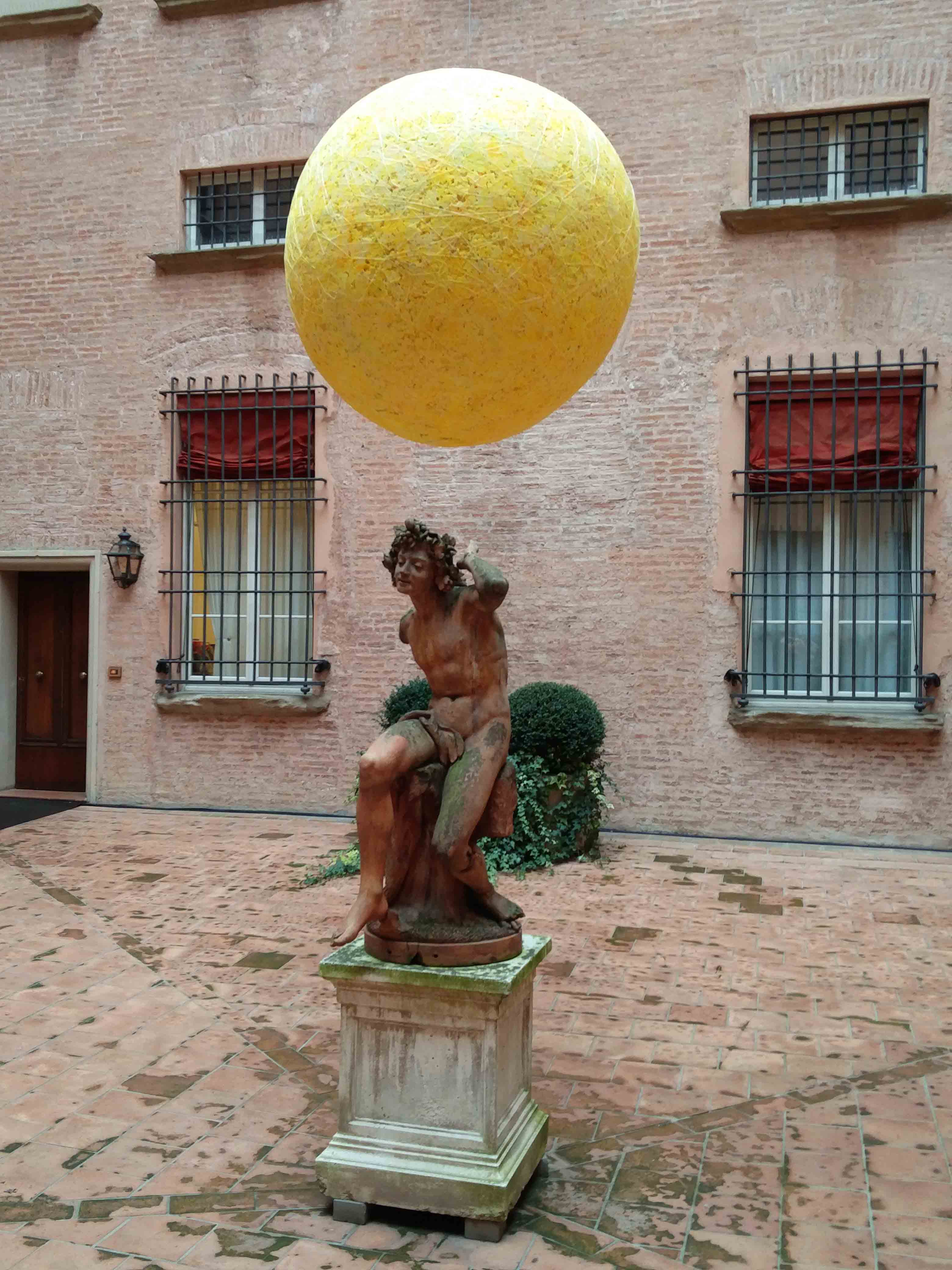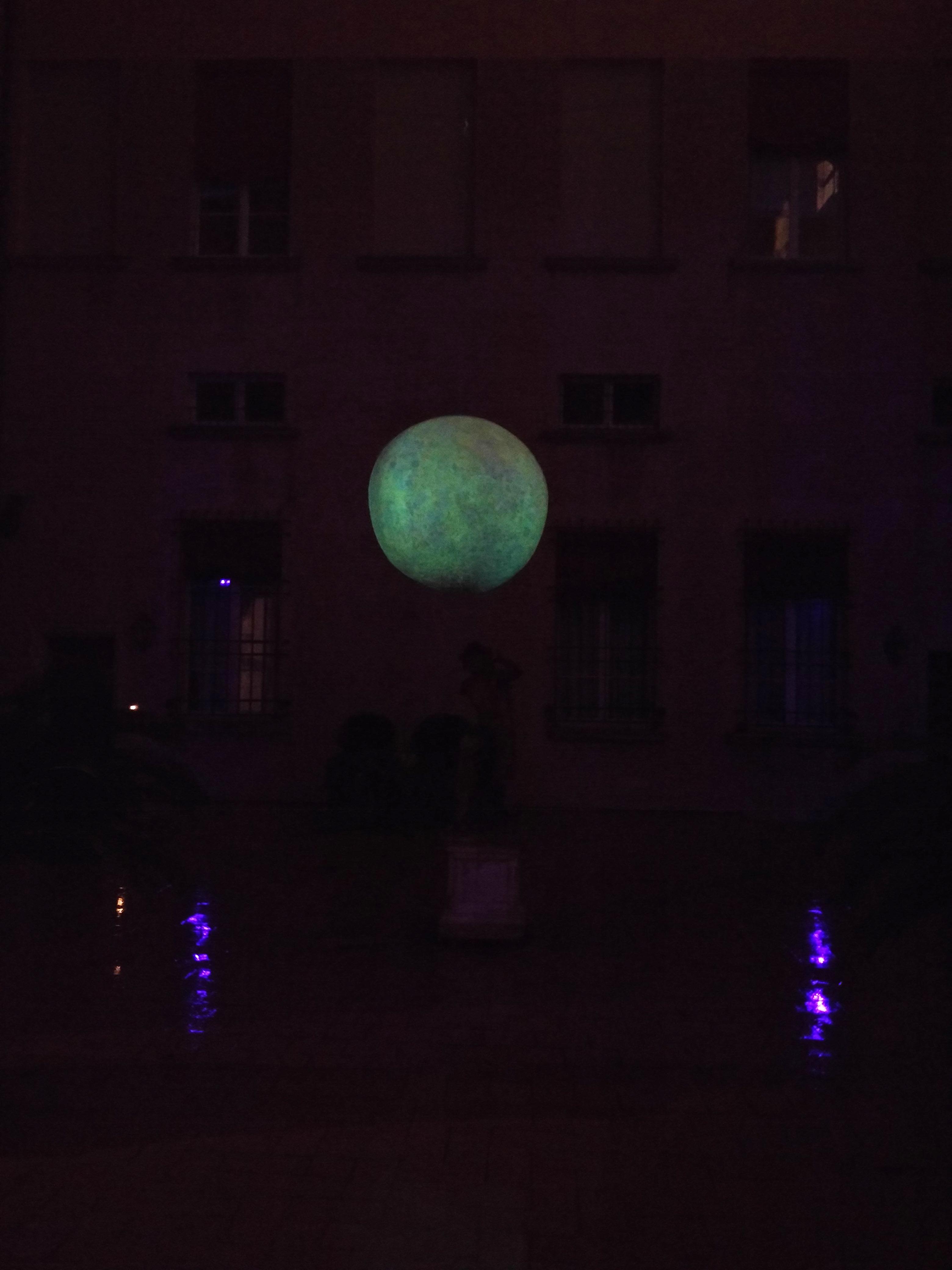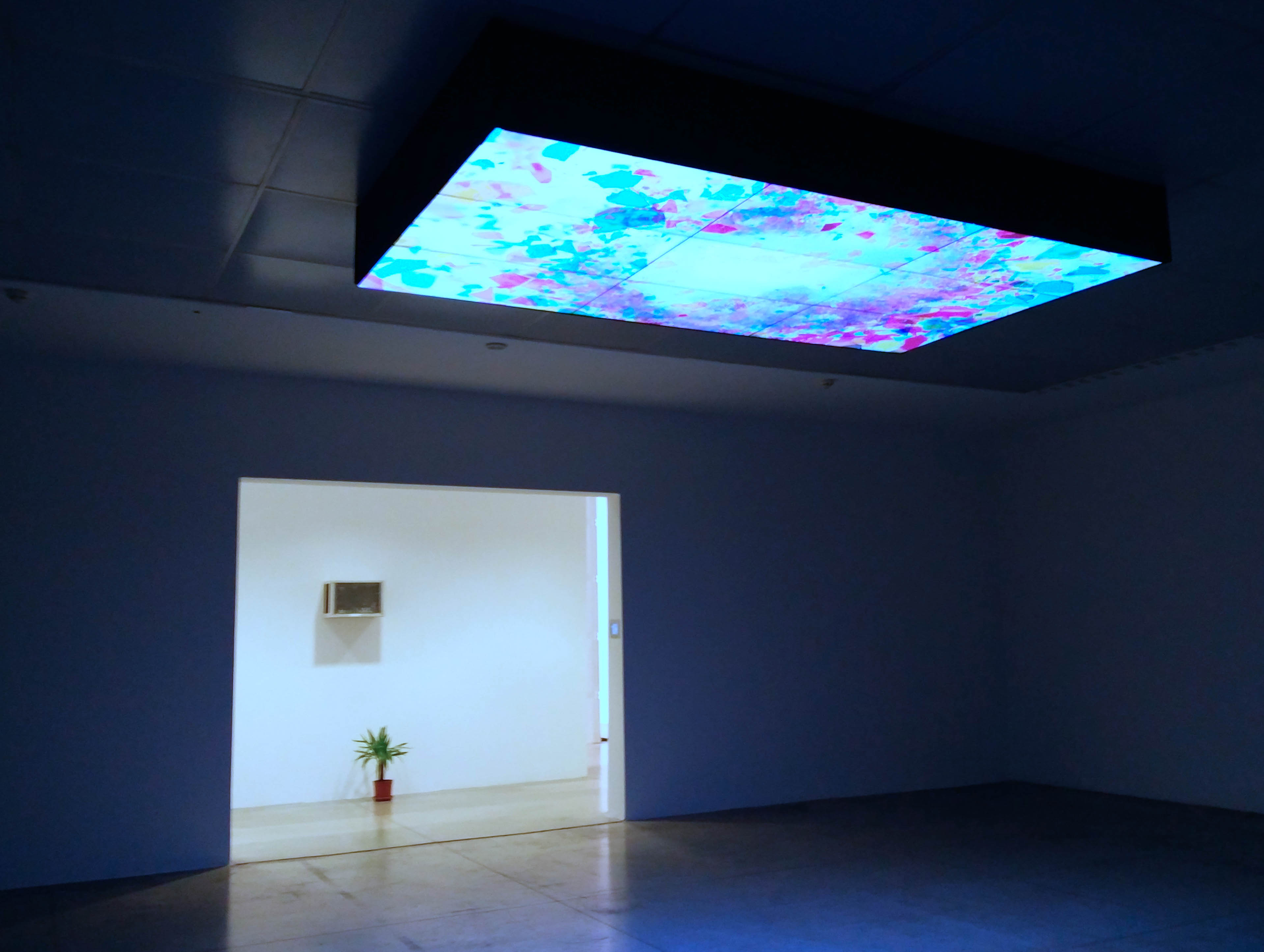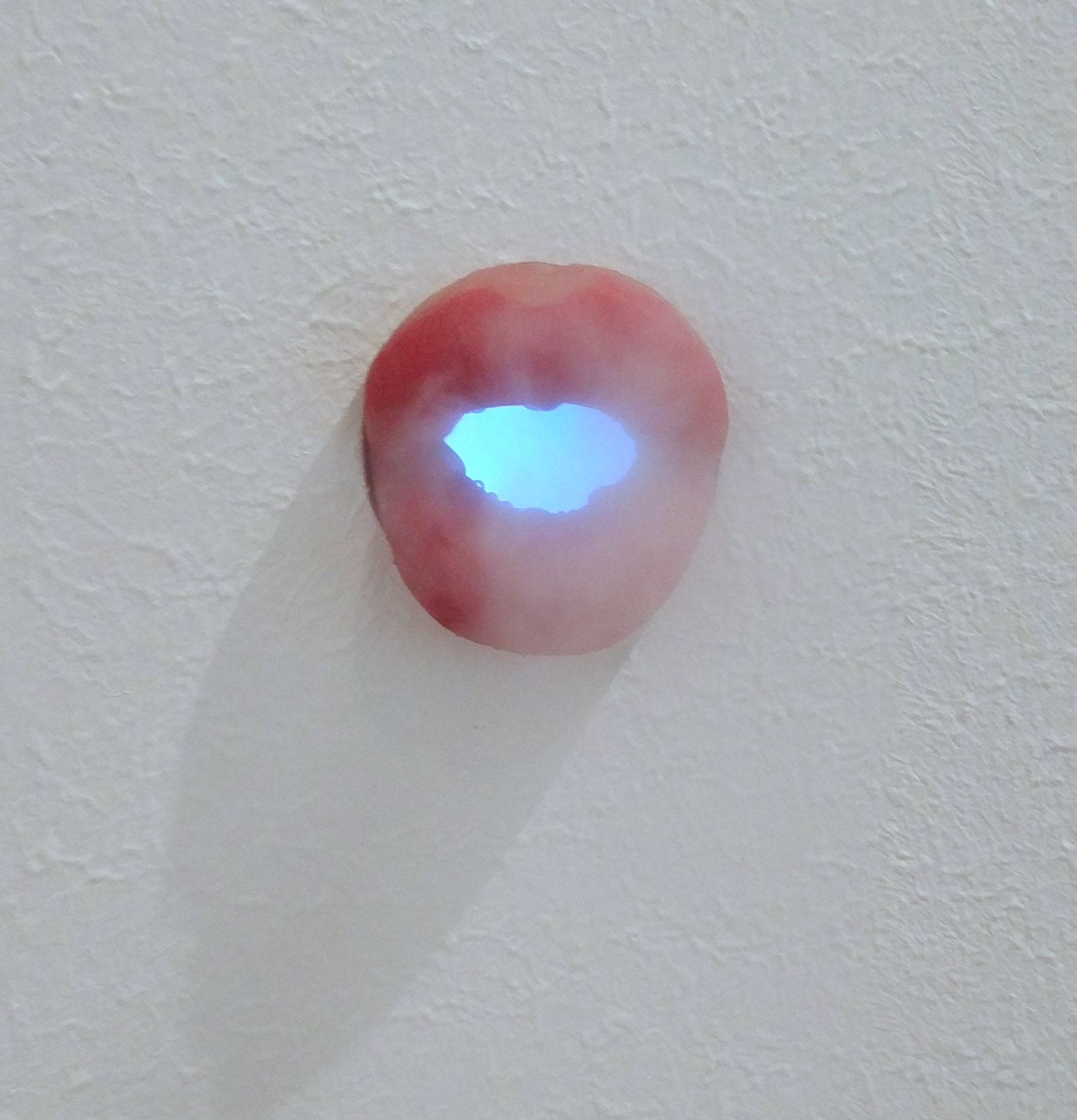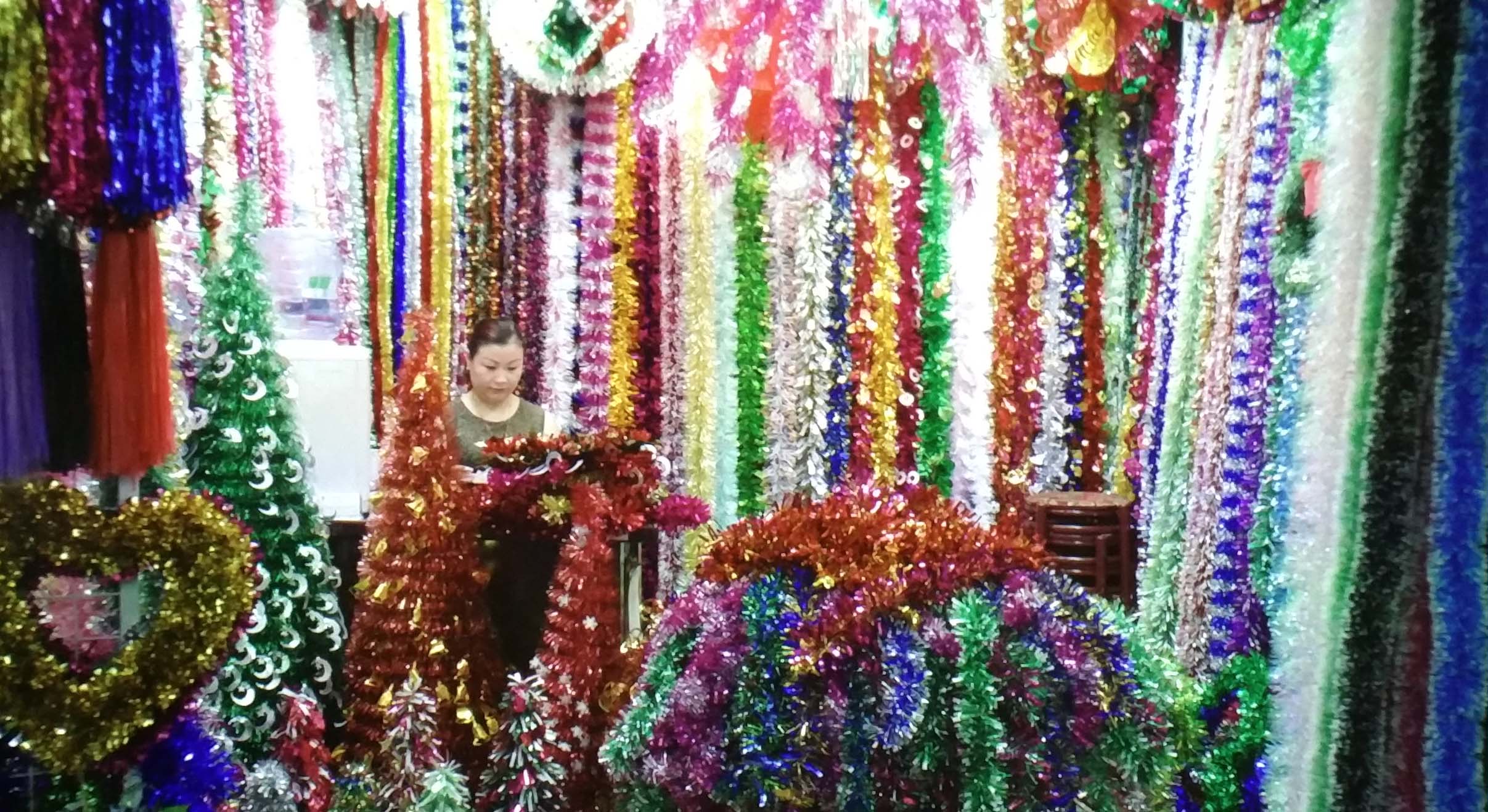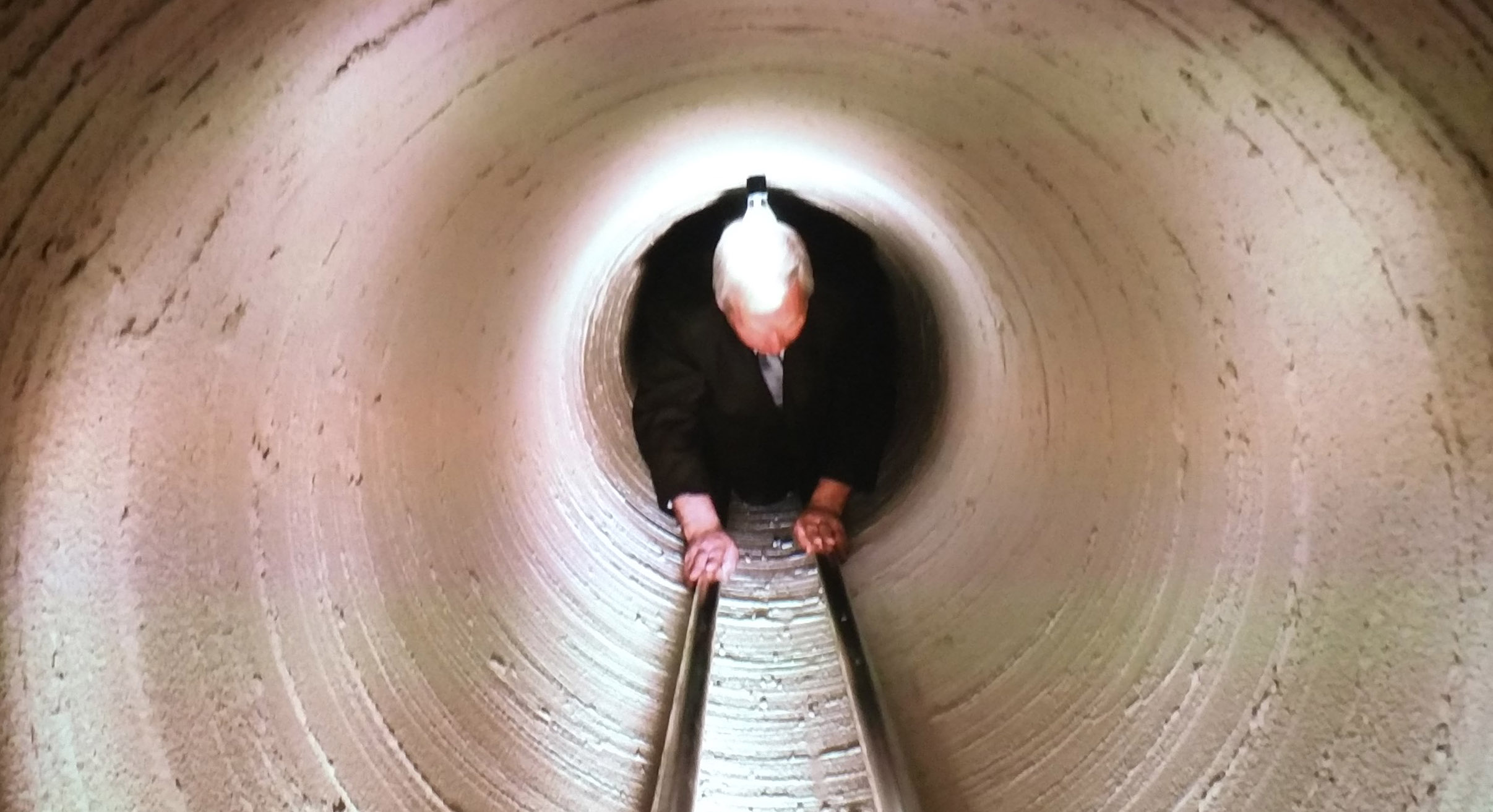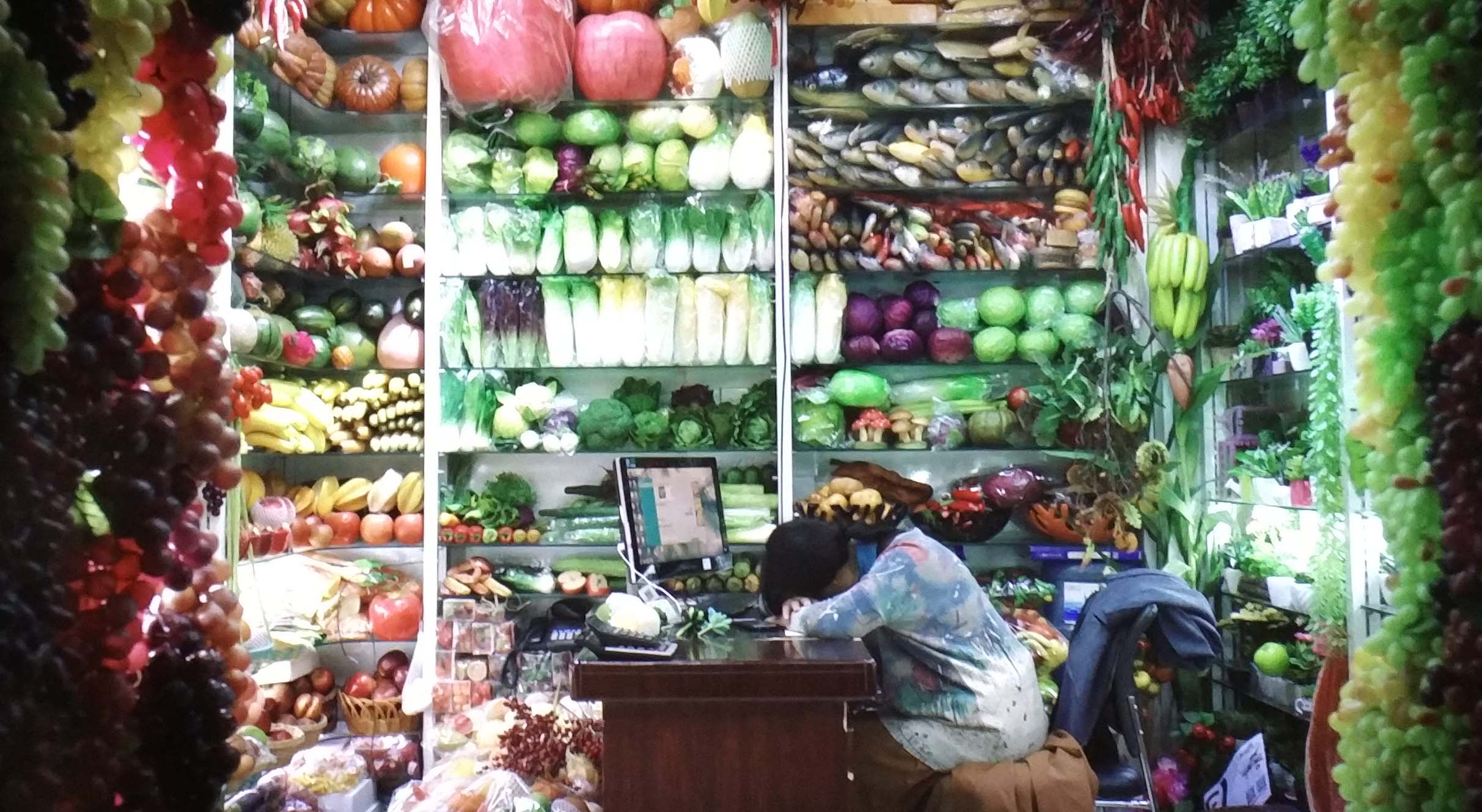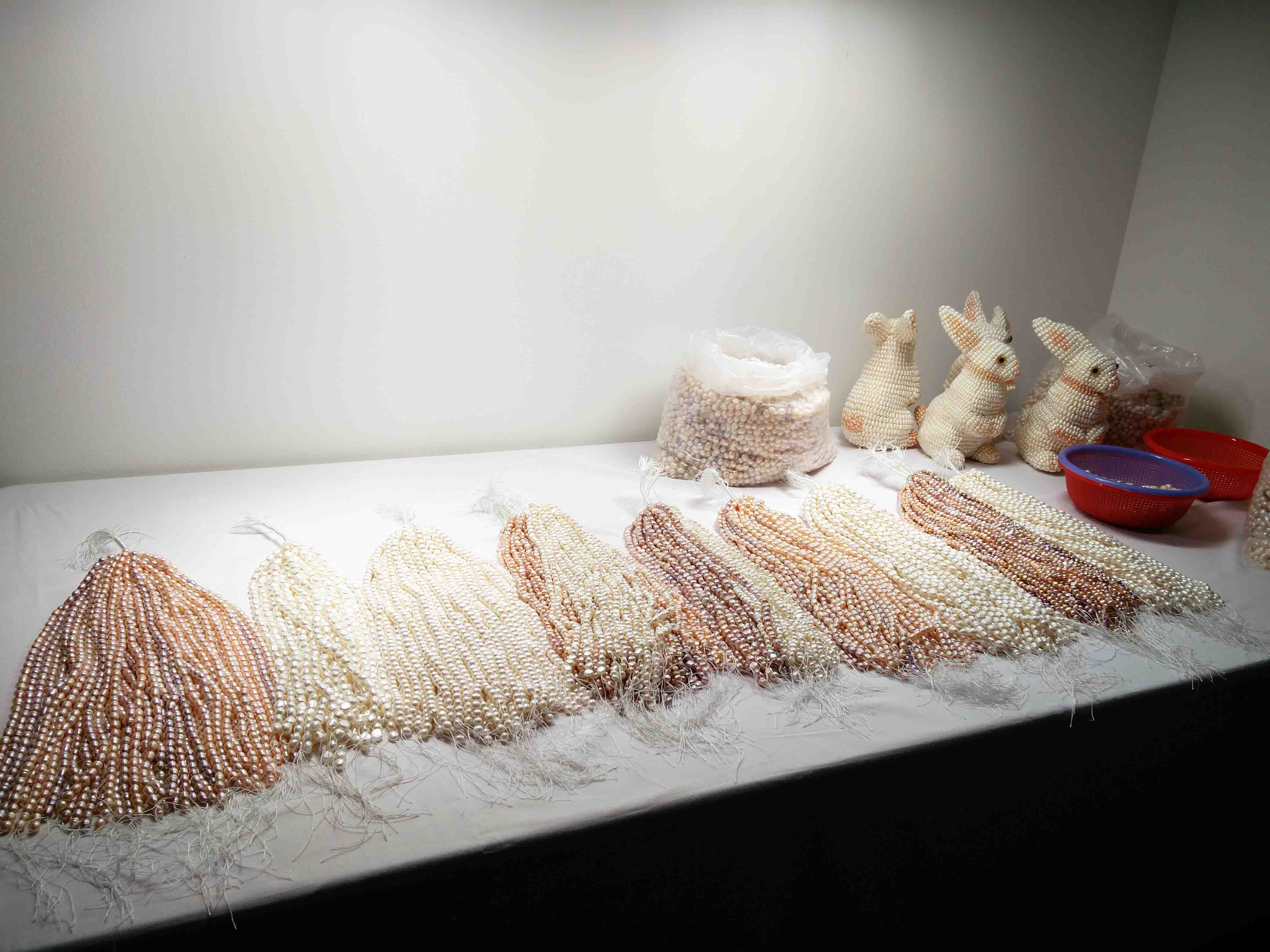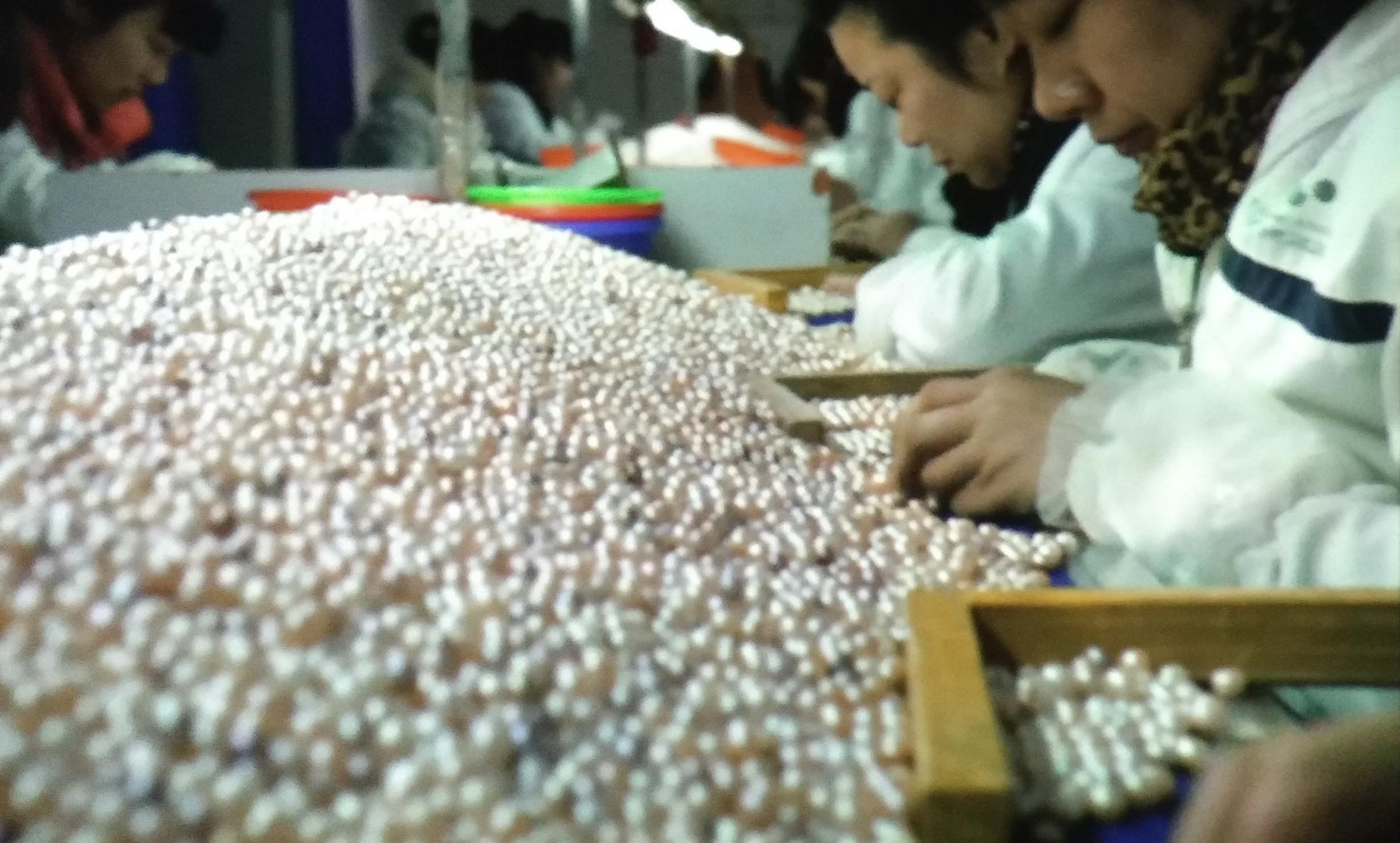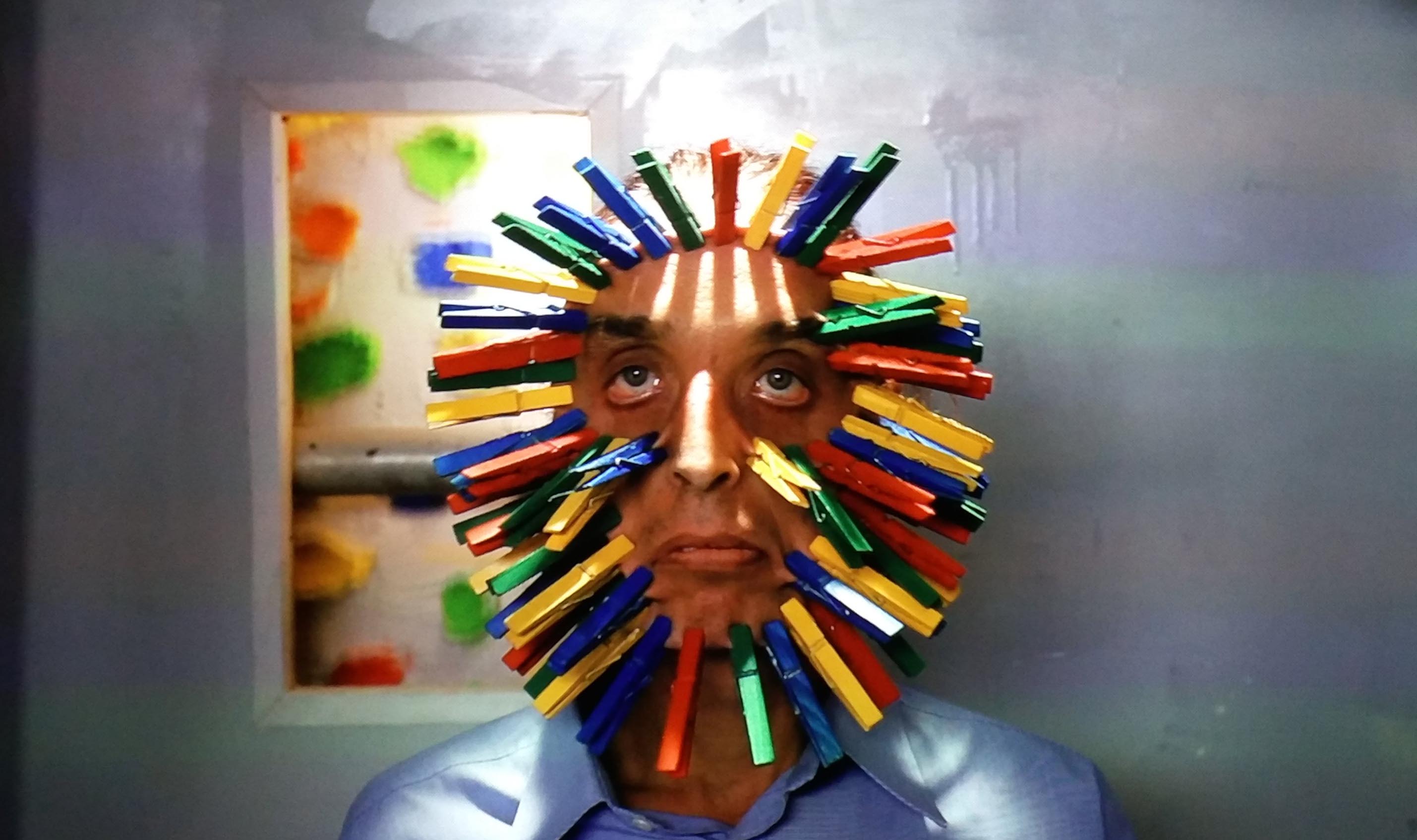 Traditionally, the end of January and the first days in February in Bologna, Italy, are dominated by a huge offer of artistic events. This year, more and more exhibitions started earlier, so that we can talk of a real art week around the oldest Italian art fair. Besides the ARTE FIERA (1 – 4 February 2019) there is the SetUp Contemporary Art Fair with its 7th edition (31 January – 3 February 2019) and the Fruit Exhibition art book fair (1 – 3 February). There are the official programmes of the Arte City and the SetUp Plus. Moreover, there are several collateral events. Al these activities are culminating in the White Night, Saturday 2nd February, where most galleries, museums, show rooms and special exhibitions are open until midnight. We started to visit venues and are listing a selection in order of the earliest opening to give you our impressions. It will be completed it in the following days. Several exhibitions will continue even after the closing of the fairs.
Traditionally, the end of January and the first days in February in Bologna, Italy, are dominated by a huge offer of artistic events. This year, more and more exhibitions started earlier, so that we can talk of a real art week around the oldest Italian art fair. Besides the ARTE FIERA (1 – 4 February 2019) there is the SetUp Contemporary Art Fair with its 7th edition (31 January – 3 February 2019) and the Fruit Exhibition art book fair (1 – 3 February). There are the official programmes of the Arte City and the SetUp Plus. Moreover, there are several collateral events. Al these activities are culminating in the White Night, Saturday 2nd February, where most galleries, museums, show rooms and special exhibitions are open until midnight. We started to visit venues and are listing a selection in order of the earliest opening to give you our impressions. It will be completed it in the following days. Several exhibitions will continue even after the closing of the fairs.
Drawing Storage: Assonances – Alliance Française
Massimo Kaufmann: Mille Fiate – Palazzo d’Accursio
Patrick Tuttofuoco: ZERO (Weak Fist) – Porta San Donato
Vajiko Chachkhiani: Glass Ghosts – Galleria de‘Foscherari
Goran Trbuljak. Before and After Retrospective – Villa delle Rose
Per Barclay – Tramonto – Otto Gallery
SOLO L’orMa – Spazio Testoni
Lichtgeist – Galleria B4
Giorgio Bevignani: EOSECO – Palazzo Zambeccari
Mika Rottenberg – MAMbo
Drawing Storage: Assonances
Alliance Française
Via de’Marchi 4, Bologna
www.afbologna.it
http://drawingstorage.tumblr.com
10 January – 4 February
In 2012, Giovanna Sarti started the Drawing Storage, a virtual archive of sketches and drawings. For the second time in Bologna, this archive gets an “analogue” life, in presenting a choice in a physical exhibition. Due to a focus on French artist, the Alliance Française hosted the current show. Participating artists are:
Adriano Annino – Devis Bergantin – Giovanni Blanco – Marco Bongiorni – Karine Bonneval – Jacopo Casadei – Emmanuelle Castellan – Cuoghi Corsello – Vittorio D’Augusta – Adolfo De Nubbio – Delphine Deshayes – Gilgian Gelzer – Federico Guerri – Elena Hamerski – Erika Krause – Florentine & Alexandre Lamarche-Ovize – Alexamdre Léger – Nadia Lichtig – Corinna Mayer – Stefanie Mayer – Dario Molinaro – Mattia Noal – Simone Pellegrini – Chiara Pergola – Raziel Perin – Luca Piovaccari – Martina Roberts – Monika Romstein – Laura Santamaria – Giovanna Sarti – Katharina Schmidt – Thomas Schroeren – Andreas Karl Schulze – Ivana Spinelli – Nicola Stäglich – Susanne Stetzer – Tobias Still – Katrin Ströbel – Sven Tadic – Jelena Trivic – Anke Völk – Alexander Wagner – Klaus Winichner – Liana Zanfrisco
Massimo Kaufmann: Mille Fiate
Palazzo d’Accursio, Sala Farnese
Piazza Maggiore 6, Bologna
16 January – 3 March
Six large-scale oil paintings are presented in the Sala Farnese of the Palazzo d’Accursio. Some are in bright colours, others in pastel shades. They all have in common, that – as abstract paintings – they communicate with the frescoes of the 17th century, representing historical scenes of the city. The ancient ambiance is a dignified setting for contemporary art: a two in one show, where the spectator could observe the two different epochs separated or as a whole.
Patrick Tuttofuoco: ZERO (Weak Fist)
Porta San Donato, Bologna
17 January – 17 February 2019
This outdoor installation is the last stop in Patrick Tuttofuoco’s travelling project. Before, it was on view at the Augusto’s Arch in Rimini, Italy and in the ancient courtyard of the Italian Embassy in Berlin, Germany. The light sculptures shows an opening fist and could indicate opening, inclusion and welcome of someone different. Honoured by the Italian council it was/is installed at historical architectures representing different cultures: the Augusto’s Arch stands for an antique liberty during the era of Augustus; the Italian Embassy in Berlin constructed during the Mussolini time, recalls the oppressive bloody time of European fascism; the Porta San Donato in the Bolognese University Quarter, is a metaphor to different forms of knowledge to open for a better future, a place of passage and hospitality.
Vajiko Chachkhiani: Glass Ghosts
Galleria de‘Foscherari
Via Castiglione 2B, Bologna
www.defoscherari.com
19 January – 23 March 2019
Regarding the exhibition’s title, it could be no accident, that the display window of the gallery is empty this time. Approaching the Galleria de‘Foscherari, the name giving “Glass Ghosts” are reflected in the pane. Entering the showroom, one needs to be aware about the physical materiality of the images at the walls: are they projections, shadows or even paintings. In reality, they are wallpapers, which might symbolise removed paintings or a trace of broken order.
As counterpart, there are hollow dry gourds, completed by animal teeth and claws. They are a reference to the artist’s home country Georgia. The gourds, traditionally used there for serving wine remind the double character of the beverage: the cultural as symbol of human labour and the cultish towards divine transcendence in the Christian tradition. Moreover, with the addition of the animal remains appears a pagan aspect.
These two elements of the exhibitions are communicating with each other and form a unit. One without the other would be less than a half. Together, they form a meditative atmosphere. Perhaps it is recommendable to visit the show not or not only at the White Night, with a probably great audience, but at a calm moment to appreciate the meditative character.
Goran Trbuljak. Before and After Retrospective
Villa delle Rose
Via Saragossa 228/230, Bologna
www.mambo-bologna.org/villadellerose/
25 January – 24 March 2019
Since the beginning of his carrier at the end of the 1960s, the Croatian conceptual artist Goran Trbuljak questions about being artist, the art system and its market. In 1972, he even made a referendum, asking ordinary citizens whether he is an artist or not. Although he was unknown at this time, the majority answered that he is an artist. This street action underlined the irrelevance of personal activity to be considered as a creative. The exhibition, documents Trbuljak’s artistic actions through his first exhibitions, works, photographs and a video from the beginnings until today. It is recommendable to read the explications or the catalogue, if not to participate in a guided tour, to get a better understanding of his – often humoristic – art practise. So your visit will be an enjoying time.
Per Barclay – Tramonto
Otto Gallery
Via d’Azeglio 55, Bologna
www.otto-gallery.it
26 January – 10 April 2019
The exhibition Tramonto (Sunset) is fascinating and disquieting like the name suggest. Depending on the situation, a sunset is a wonderful sight, but it can be also troubling. This second aspect is evident in the entrance room of the gallery. Set as wallpaper, there is a large-scale photo of the Adolf Gun in Harstad, Norway. Depicted as a reflexion it appears disguised. However, its belligerent history is detectable, even without knowing it.
In the second room, the typical oil rooms by Per Barclay are echoed. On the floor, there is a huge rectangle, filled with black oil colour, on the headwall there is an image of Cimabue’s crucifix in the church of San Domenico in Arezzo, Italy. At the sidewalls, there are smaller boxes, questioning oppositions like inside/outside, at/under or closed/open. The whole installations reminds Barclay’s oil room from 2014. Nevertheless, this time Cimabue’s crucifix is turned upside down at the wall, so that its reflexion at the oil surface appears in the right direction.
Concluding the exhibition in the third room, there is a photo installation of a water room from 1992, negating the habitability of interior spaces. It communicates with another of these boxes, seen before in the adjacent room.
SOLO L’orMa
Spazio Testoni
Via d’Azeglio 50, Bologna
www.spaziotestoni.it
26 January – 30 March 2019
In L’orMa’s second solo exhibition at the gallery, Spazio Testoni shows a selection of some older works up to the most recent ones. One can meet (again) the monumental vegetal triptych “The Garden of Delights” a homage to Hieronymus Bosch or the supposed lace doily made out of dust “Wonderful World”, both from 2017. However, there are paper sculptures from 2018, like the “Flag Ship” and “Grandma”.
The new works, made in 2019, underline once more the wide range of the artist’s creativity: there is the “triptych” “Under – On – Over”, which reminds the earlier vegetal compositions. Nevertheless, L’orMa introduces other elements like a paper plane that could be read as a quote of “E lode” from 2011, a copy of his diploma folded to a Starfighter. Hints to human civilisation like crown caps might refer to environmental pollution.
In addition, there are brand-new ceramics: “Underthruth”, a reversed carriage and “Concerto per orchestra solista”, where each musician has his own conductor.
Finally yet importantly, one can appreciate the artist’s tribute to “Leonardo da Vince 500th Anniversary” necklace, made out of glass spheres. Inside there are miniature sculptures, depicting Leonardo’s life and oeuvre. Fortunately, there is an illuminated magnifier besides, to discover more easily the astonishing details.
Lichtgeist
Galleria B4
Via Vinazetti 4/b, Bologna
www.galleriab4.it
26 January – 28 February 2019
As part of the SetUp Plus programme the Gallerie B4, shows six photographers from divers directions. There are the “Reference Landscapes”, polaroid miniatures by Luigi Vigliotti and Pierluigi Vannozzi’s homage to Magrite “Luce ?”. Lodovico Pignatti Morano added his close-ups. Stefano Aspiranti, Davide Conti and Enzo Sbarra complete the exhibition with their interpretations of light.
Giorgio Bevignani: EOSECO
Palazzo Zambeccari
Piazza de’Calderini 2/2, Bologna
https://porticozambeccari.it
www.galleriastefanoforni.com
30 January – 28 February 2019
Already at the Piazza de’Calderini the visitor is welcomed with an installation of two pre-existing works by Giorgio Bevignani: “I’m ready to live” (2015) and “Soul of the dawn” (2016). One of these monumental knitted tubes, made out of synthetic fibre, is dedicated to men in the desert or at the sea as symbol of migration and rebirth. The other is dedicated to women and against femicide, the sky and the stars. It encloses the infinity and refers with its rose colour to the shades and the light of the daybreak. In the actual installation this is less evident than in the previous one at the Galleria Stefano Forni, where “Soul of the dawn” was presented cylindrical and walkable. Nevertheless, the reference to light is a good introduction to the new site-specific works inside the Palazzo Zambeccari.
The first installation is located in a smaller courtyard right hand after the entry. It is dedicated to John the Baptist. On the floor, is a red “carpet”, made of nylon, silicone and pigments. It communicates with the existing head of John the Baptist, a stone sculpture at the wall. This will be illuminated by a lantern hanging at the ceiling. Besides, there are barred windows, reminding John’s imprisonment in Jerusalem. During night time, the light will also be reflected by the carpet, representing John’s blood spilling out of his decapitated head. Due to the carpet’s material, it would also appear more fluid than at daytime. Regarding this arrangement, one might think of Gustave Moreau’s “L’apparition” (1874-1876), which shows John’s enlightened head in front of the dancing Salome.
In the corridor guiding to the forecourt, there is the second installation, a curtain with coloured dots. It replicates during daytime the red of the former arrangement. Nevertheless, during night time, the yellow-red shades will turn into violet and blue. The dots reminding pixels in images on the computer. Moreover, they stand for seed, which break free from the earth to grow into the light. As the artist told us, it is allusion to the word “freedom” originating from the Sanskrit. In Latin languages, it is generated from the Sanskrit word for germination (Libertà), in the Germanic languages it is coming from growing.
Likewise, the light influence is growing, entering the forecourt, with the exhibitions name giving installation “EOSECO”. A round yellow object is placed above an existing sculpture of a Bacchus, who seem to raise one arm in a defensive movement. In daylight, it could be seen as another, oversized seed or the life bringing sun. During night time, it will be illuminated with ultraviolet light, so the yellow turns into white and light blue shades. The back will be in the shadow, so it will remind the dark side of the moon with its crates, due to the fluorescent elements in the object. EOSECO is not only penetrated by light, but also by sound. A partly disquieting noise fills the courtyard. It results from the creation of the object, recorded from the inside of the ball.
Mika Rottenberg
MAMbo – Museo d’Arte Moderna di Bologna
Sala delle Ciminiere
Via Don Minzoni 14, Bologna
www.mambo-bologna.org
31 January – 19 May 2019
In occasion of the Arte City, the MAMbo invited Mika Rottenberg for a solo exhibition. It is the first time that this internationally recognised artist is on view in Italy. The show assembles ten works, dating from 2014 to 2018/19. Three works are new or modified especially for this exhibition. It is a mixture of video and installation, standing in a cinematic and sculptural tradition to form a new language. In doing so, Mika Rottenberg questions our actual society regarding globalisation, mass production and the role of women.
One should not be surprised, to find the central hall in the Sala delle Ciminiere almost empty. This underlines the effect of the artist critic on body cult. Entering like that into Mika Rottenberg’s world, the visitor can immerse into the world of Chinese people at the Mexican-American border, pearl farming and the Bingo game through sculptural video installations. Later we will review the exhibition more closely, but here some first impressions.

